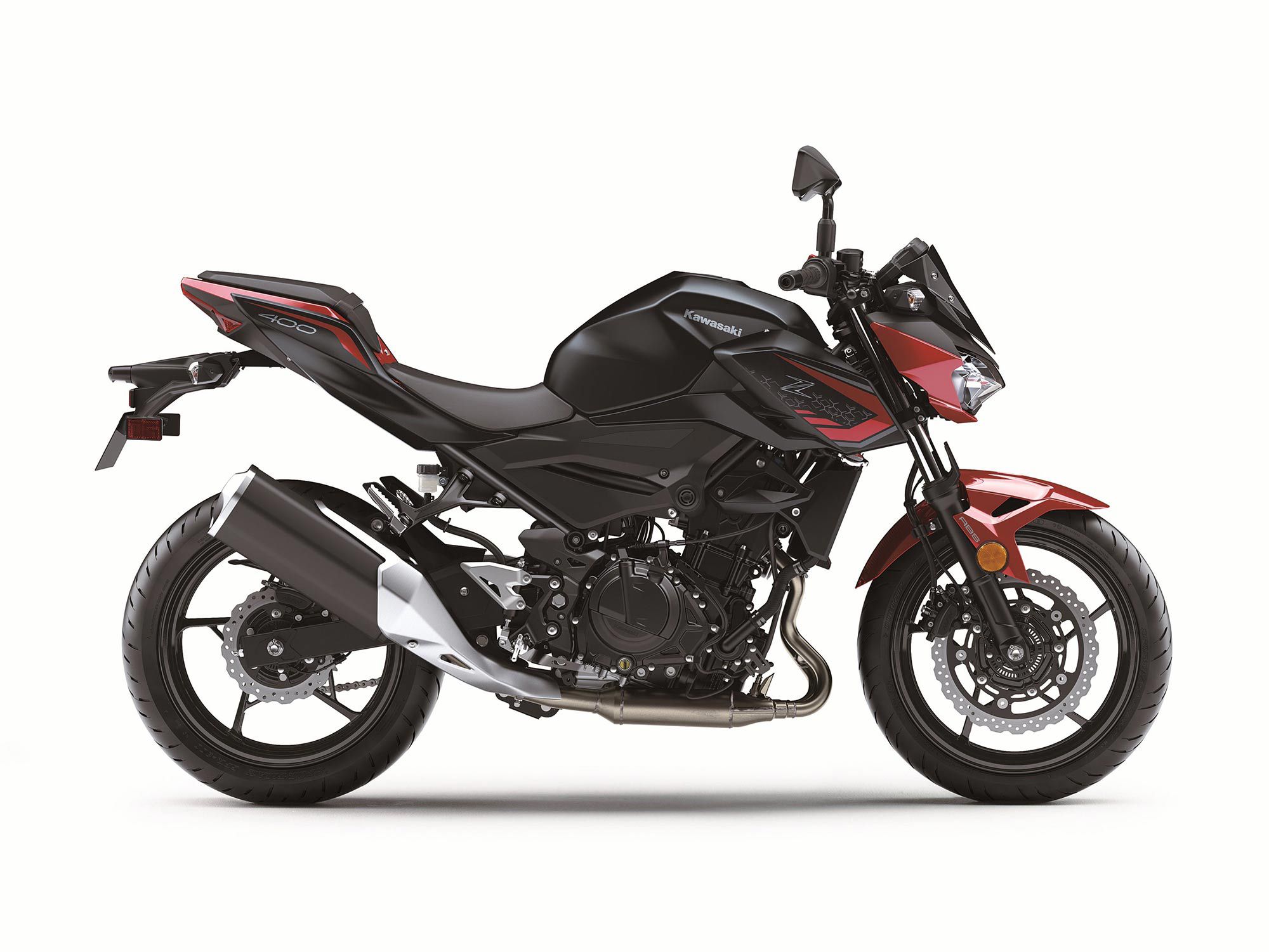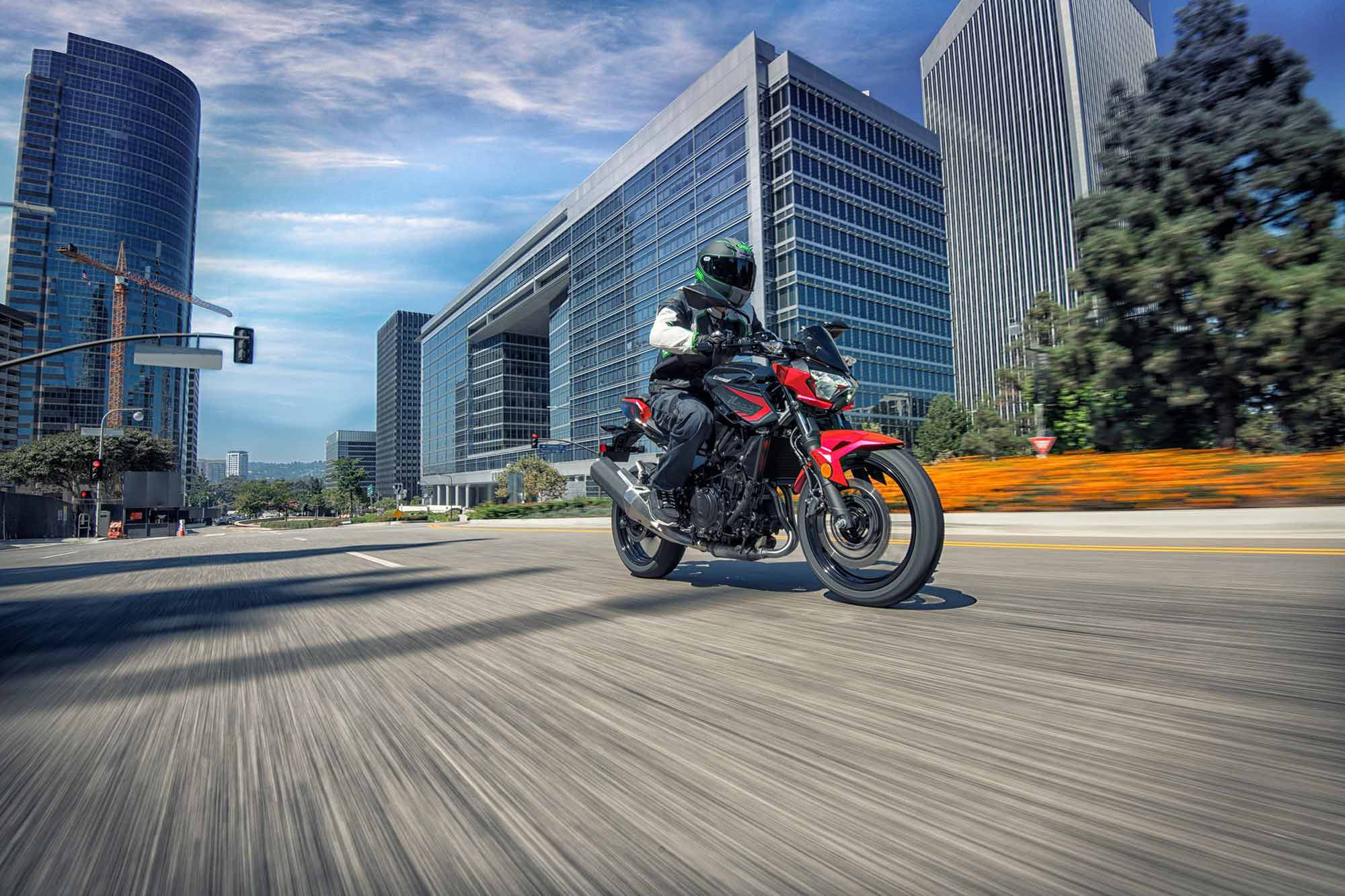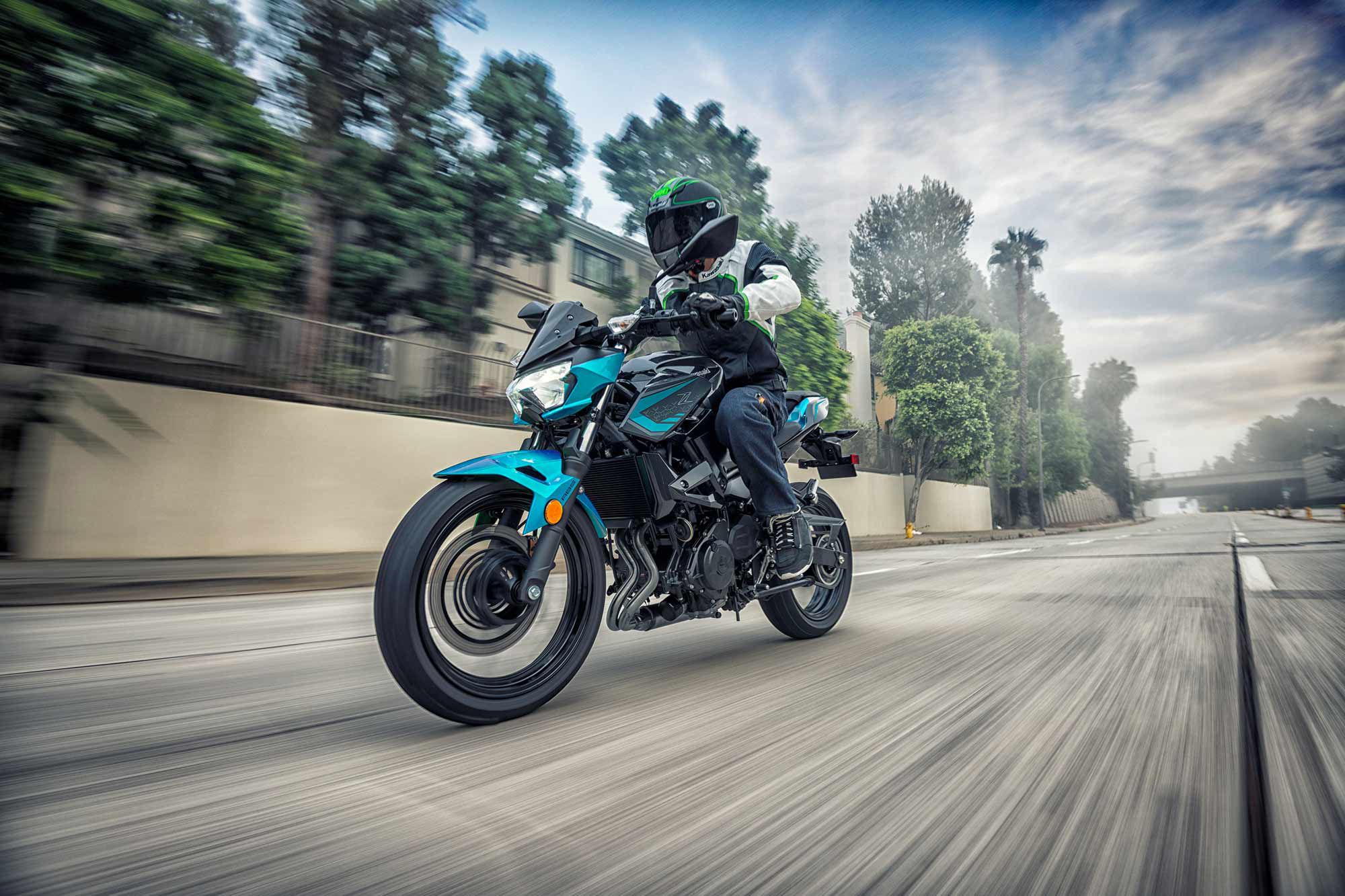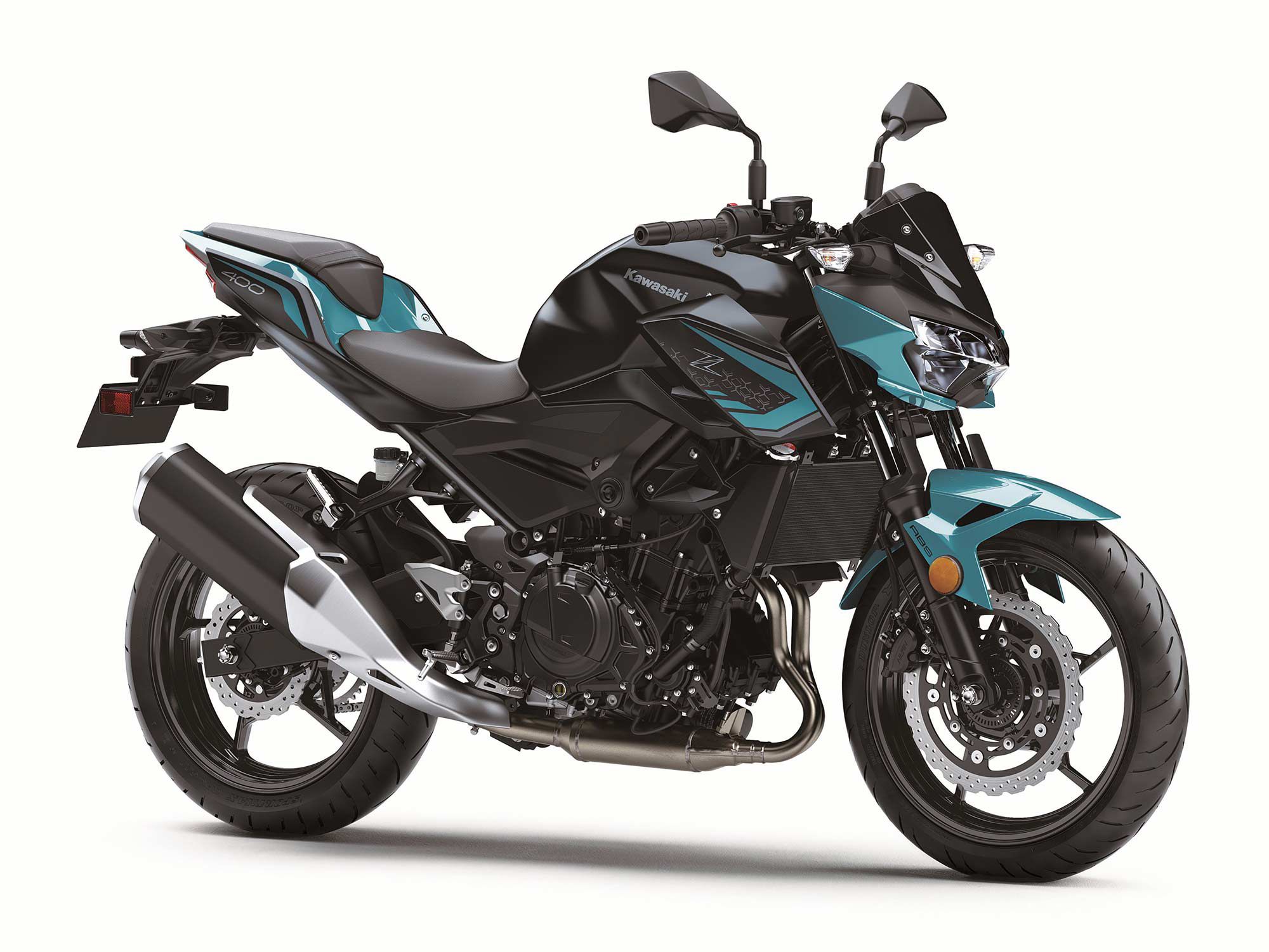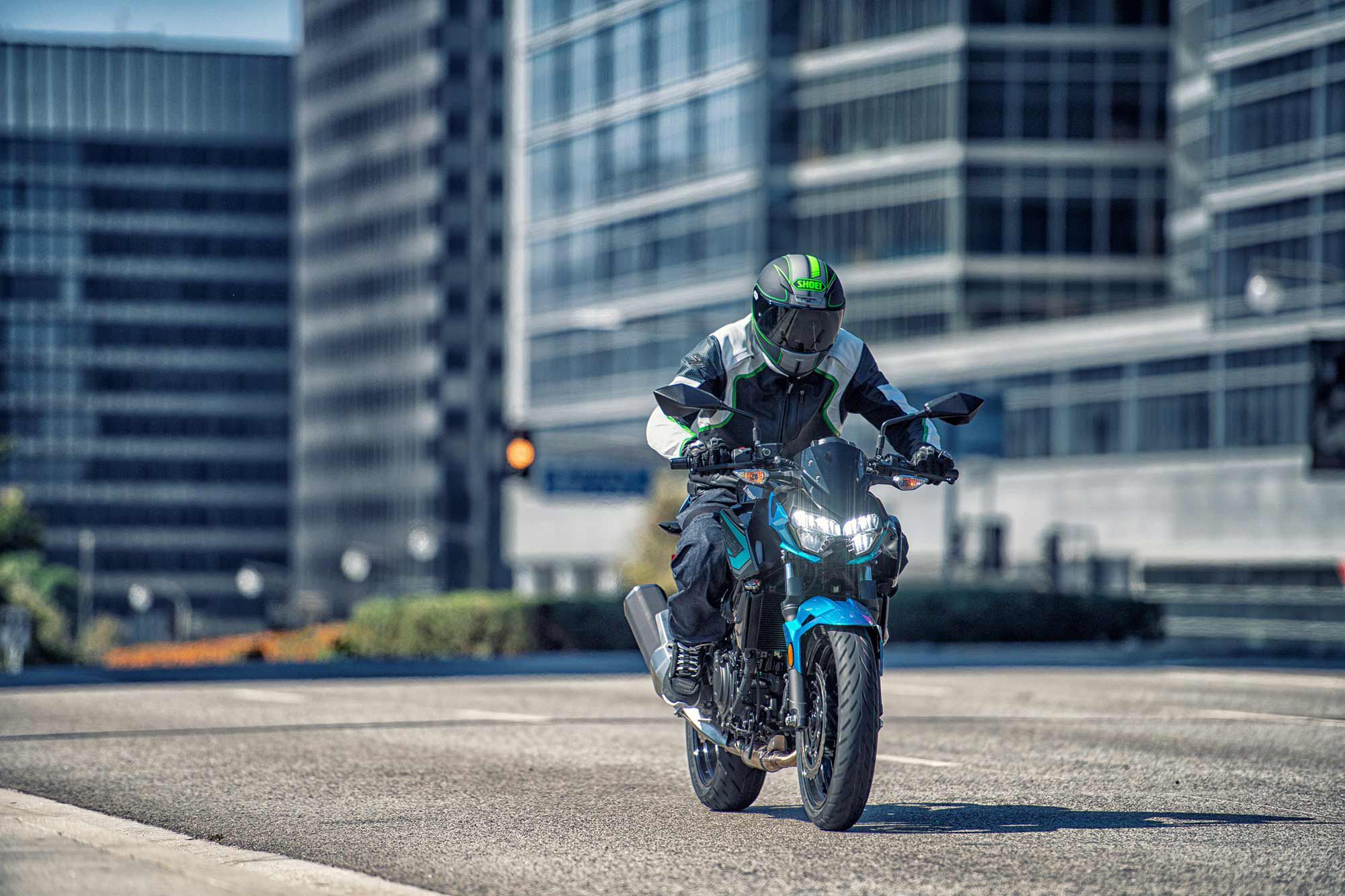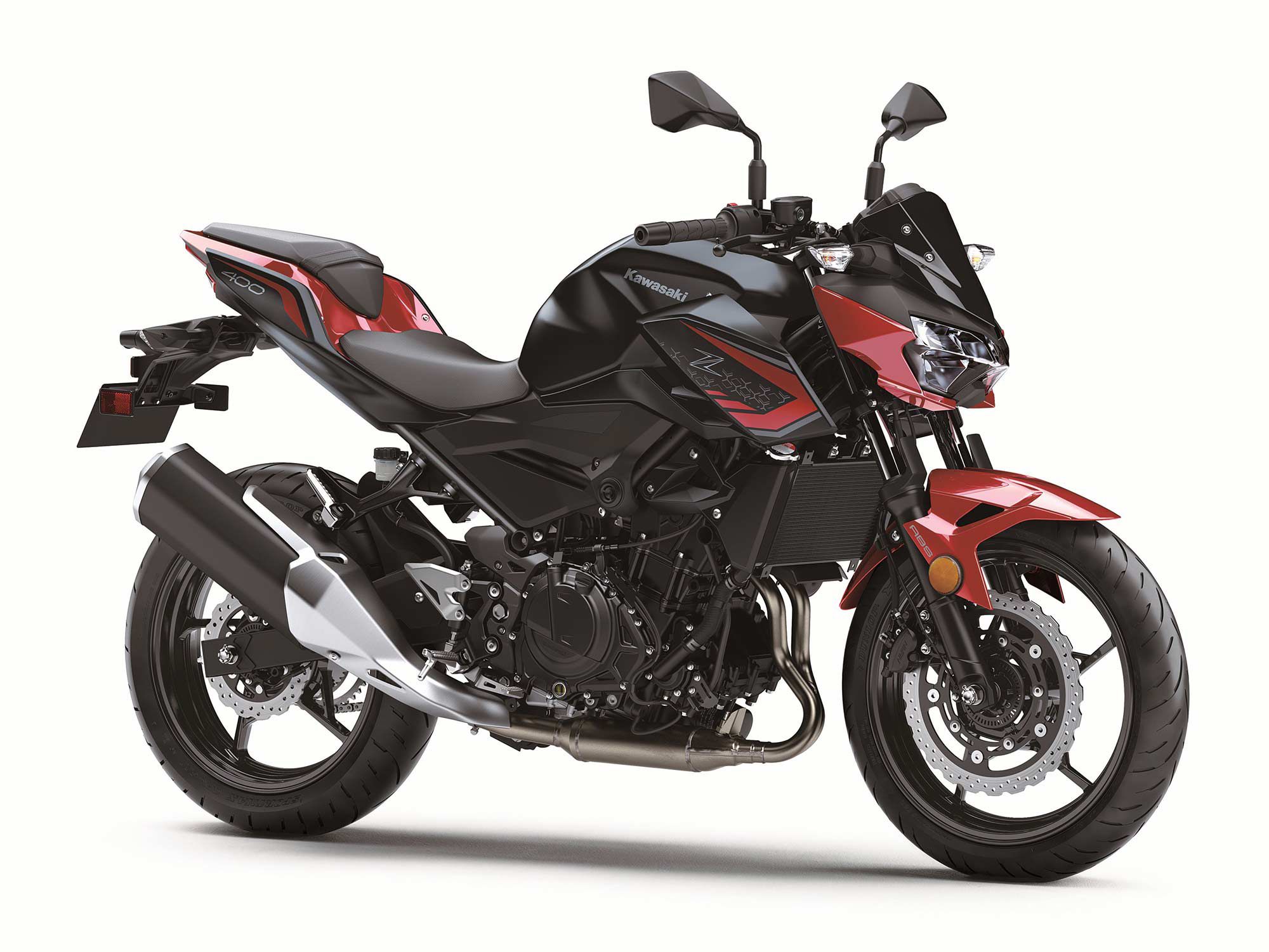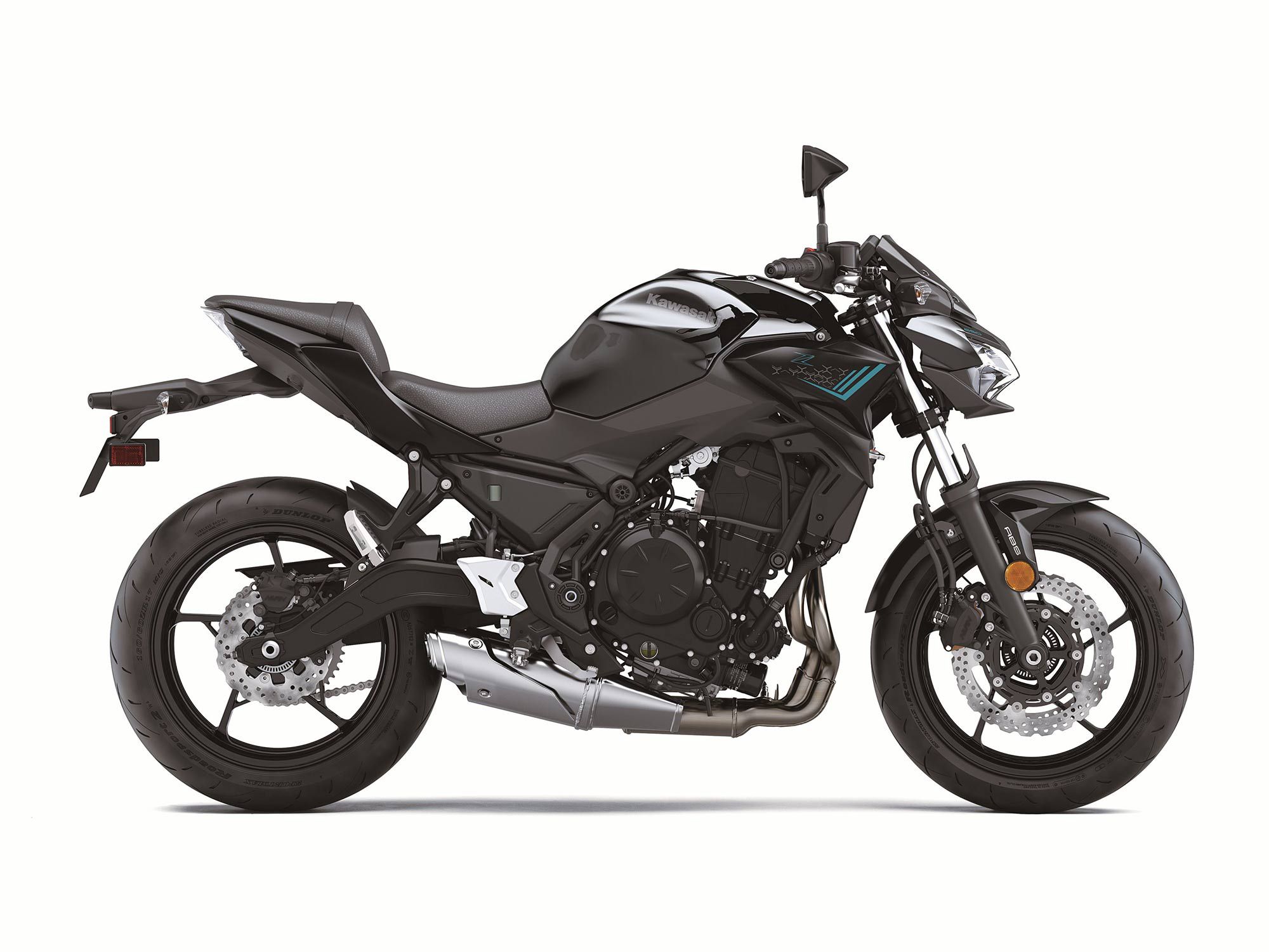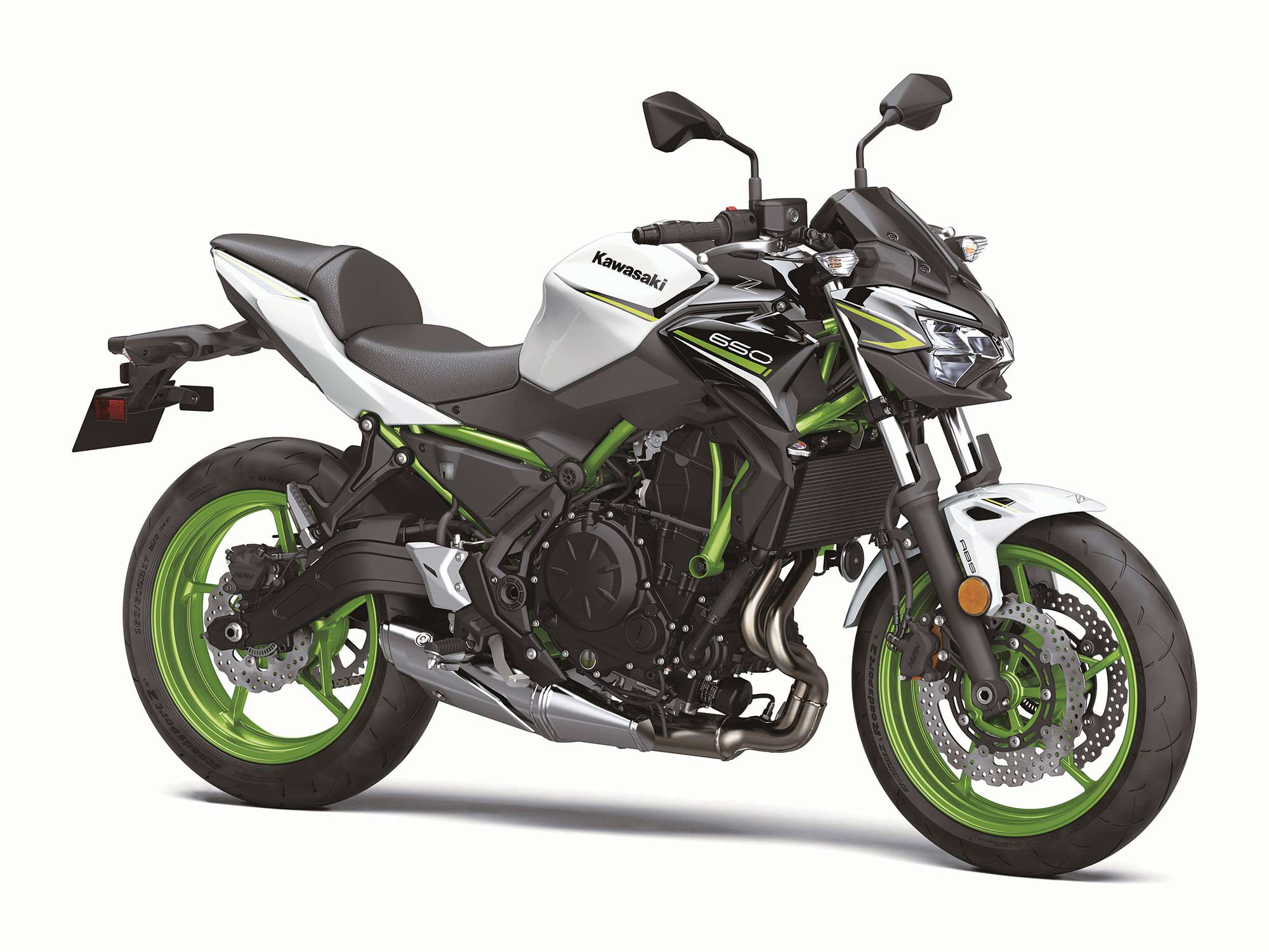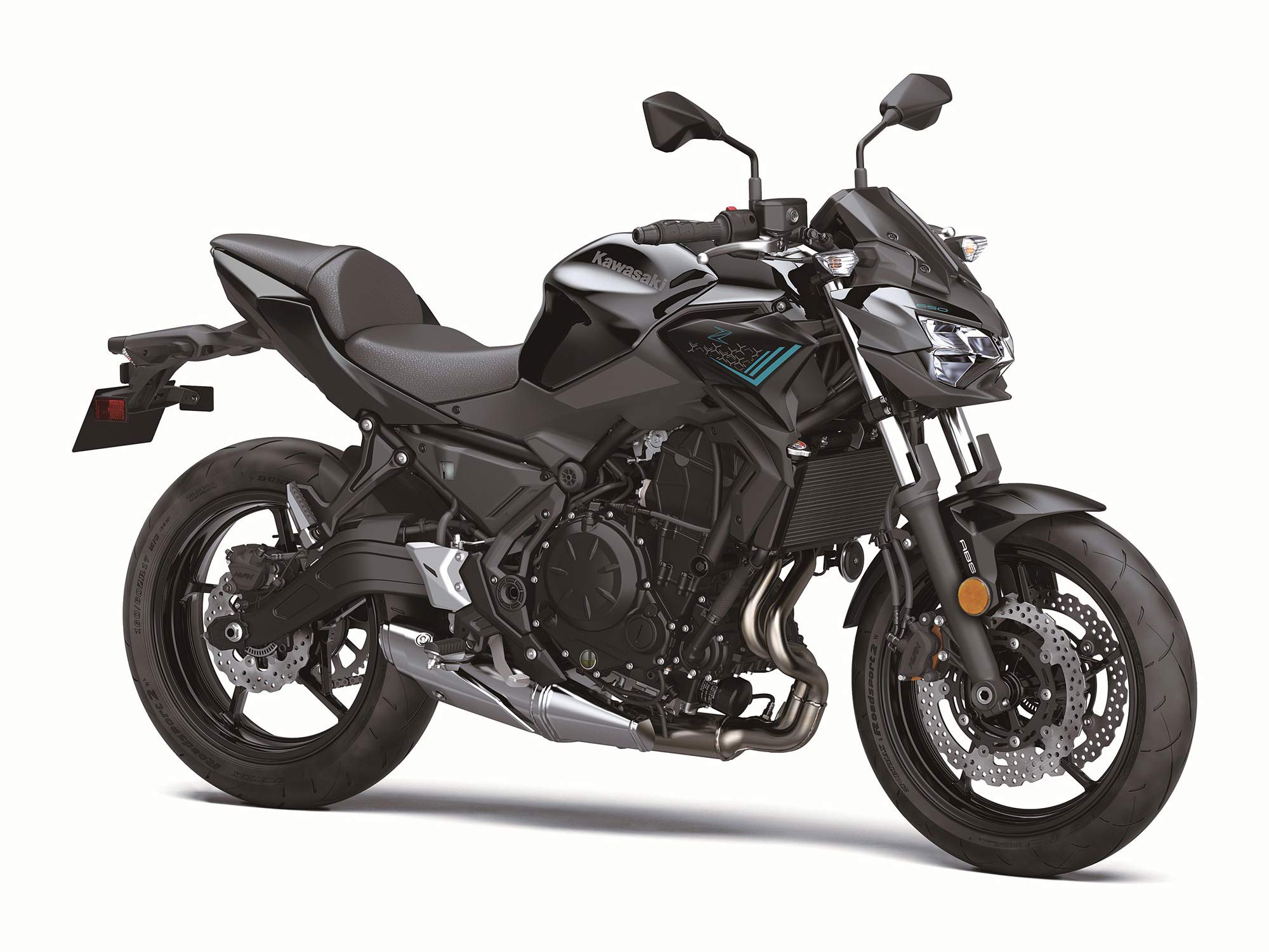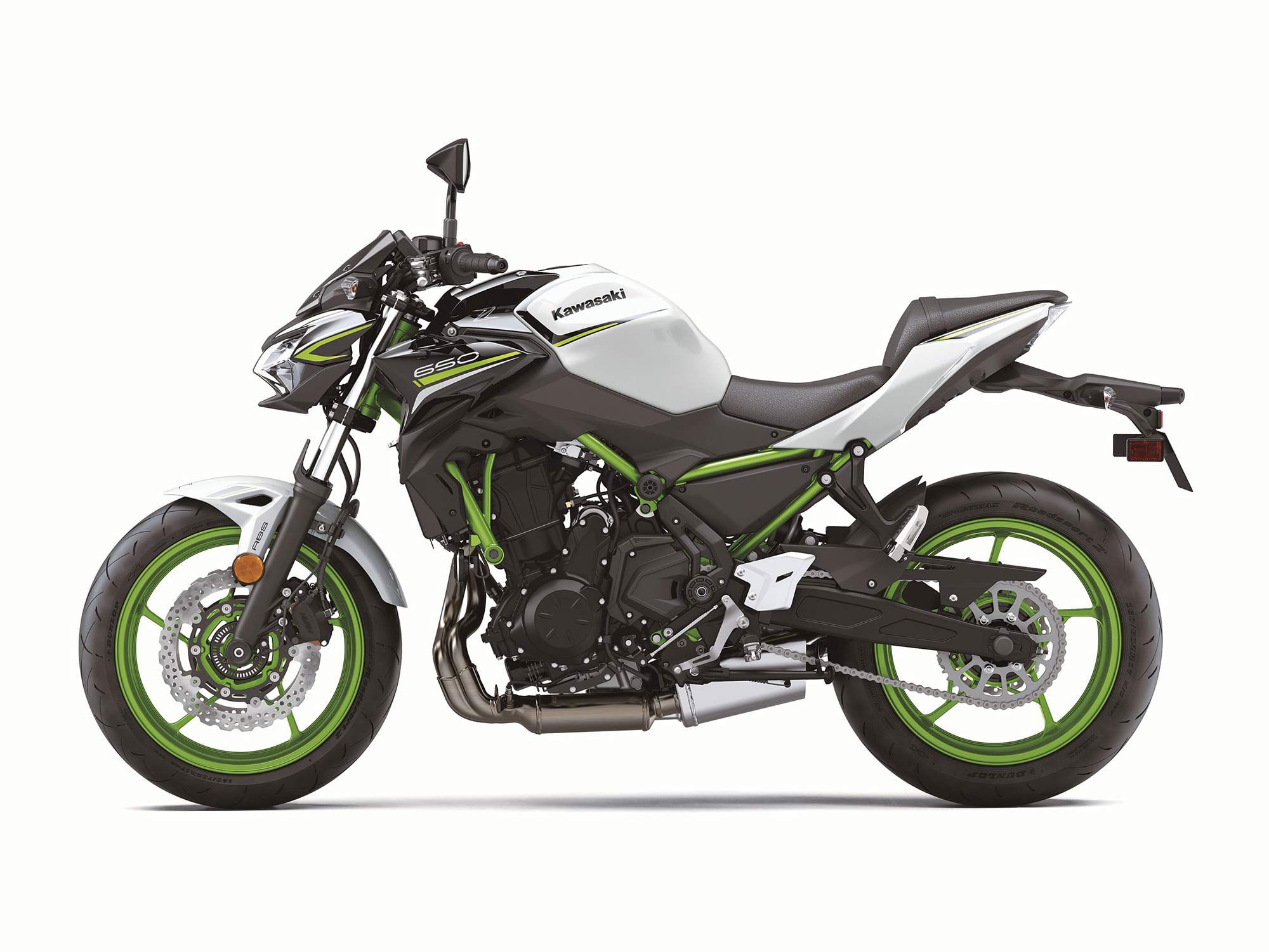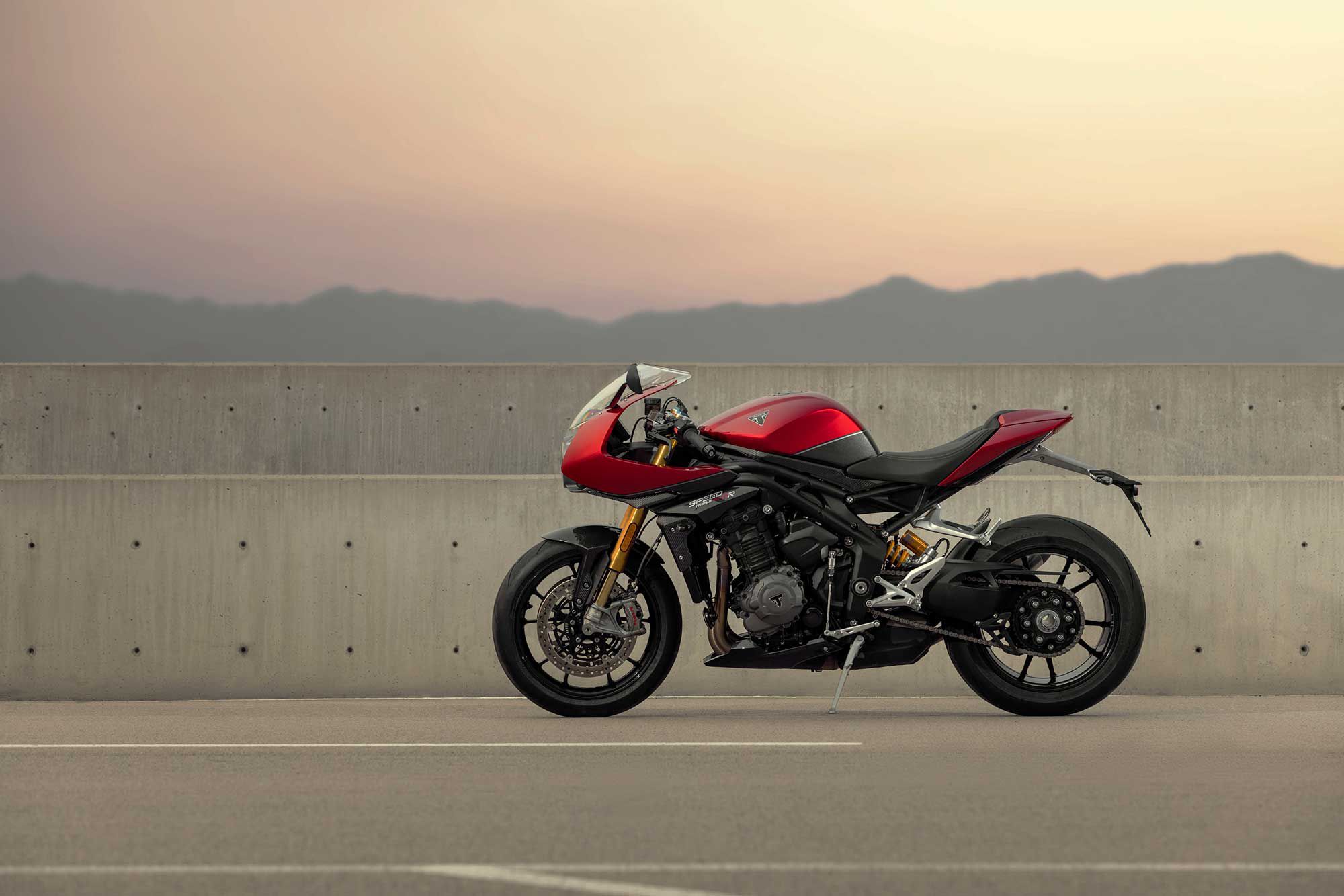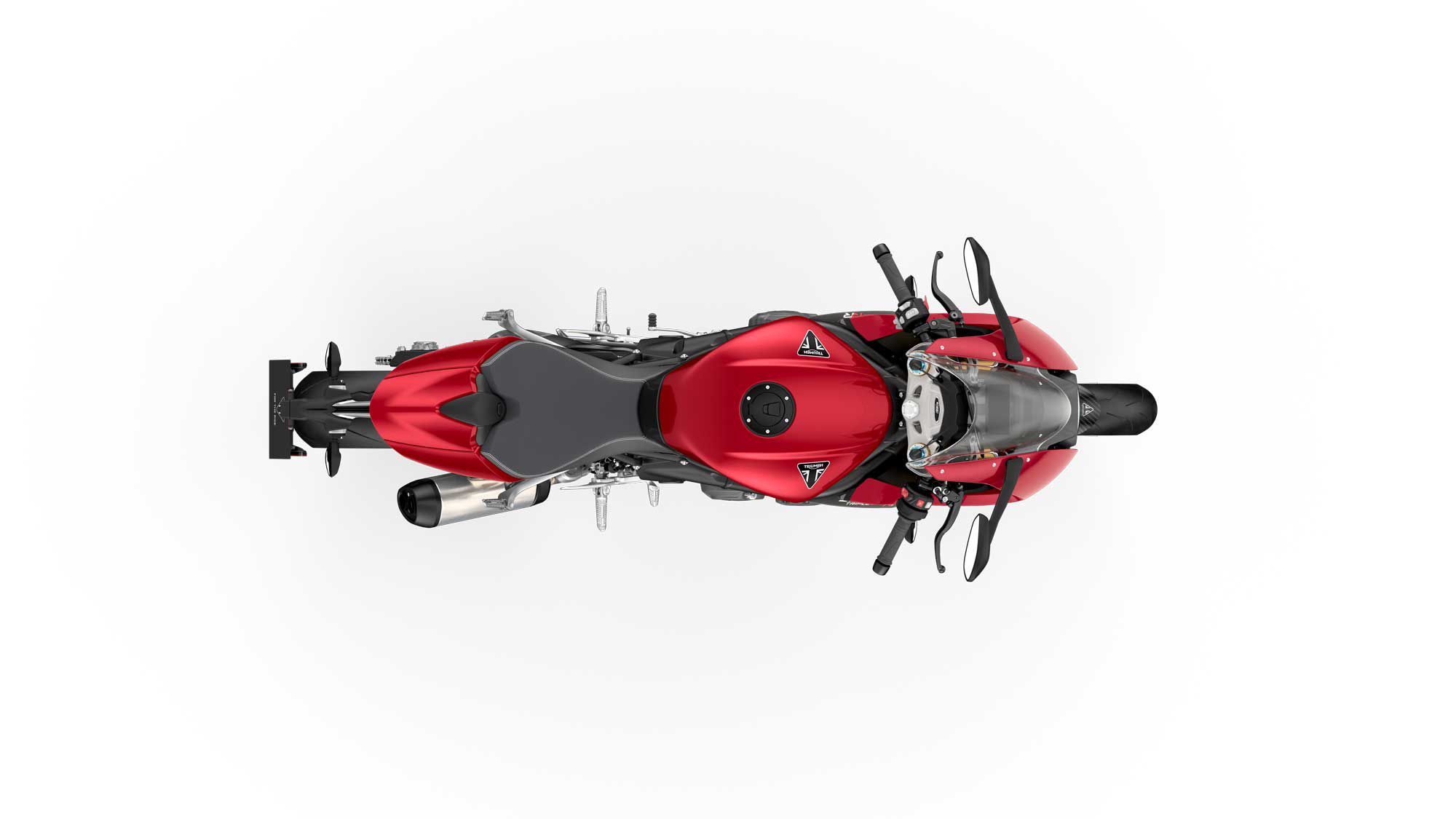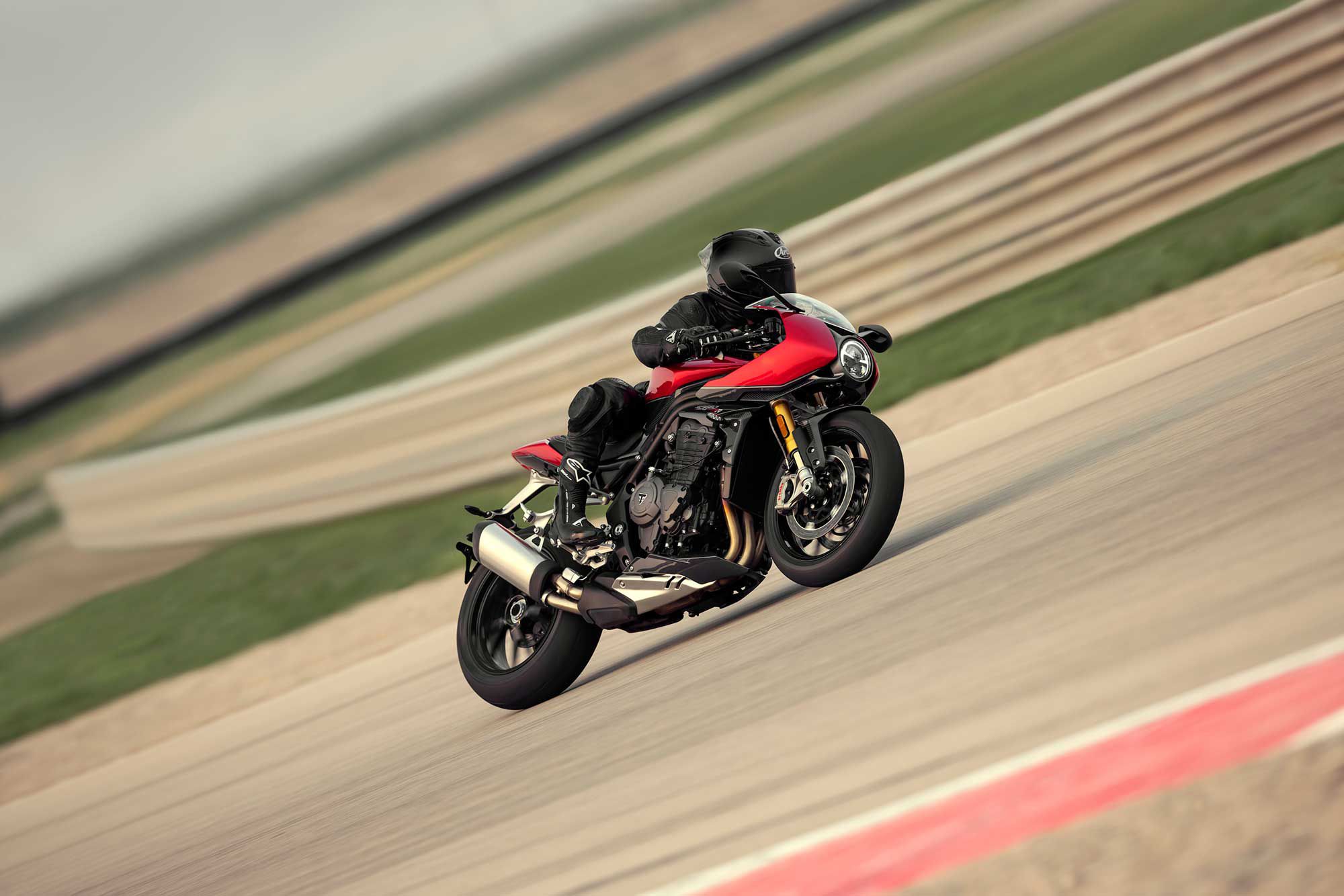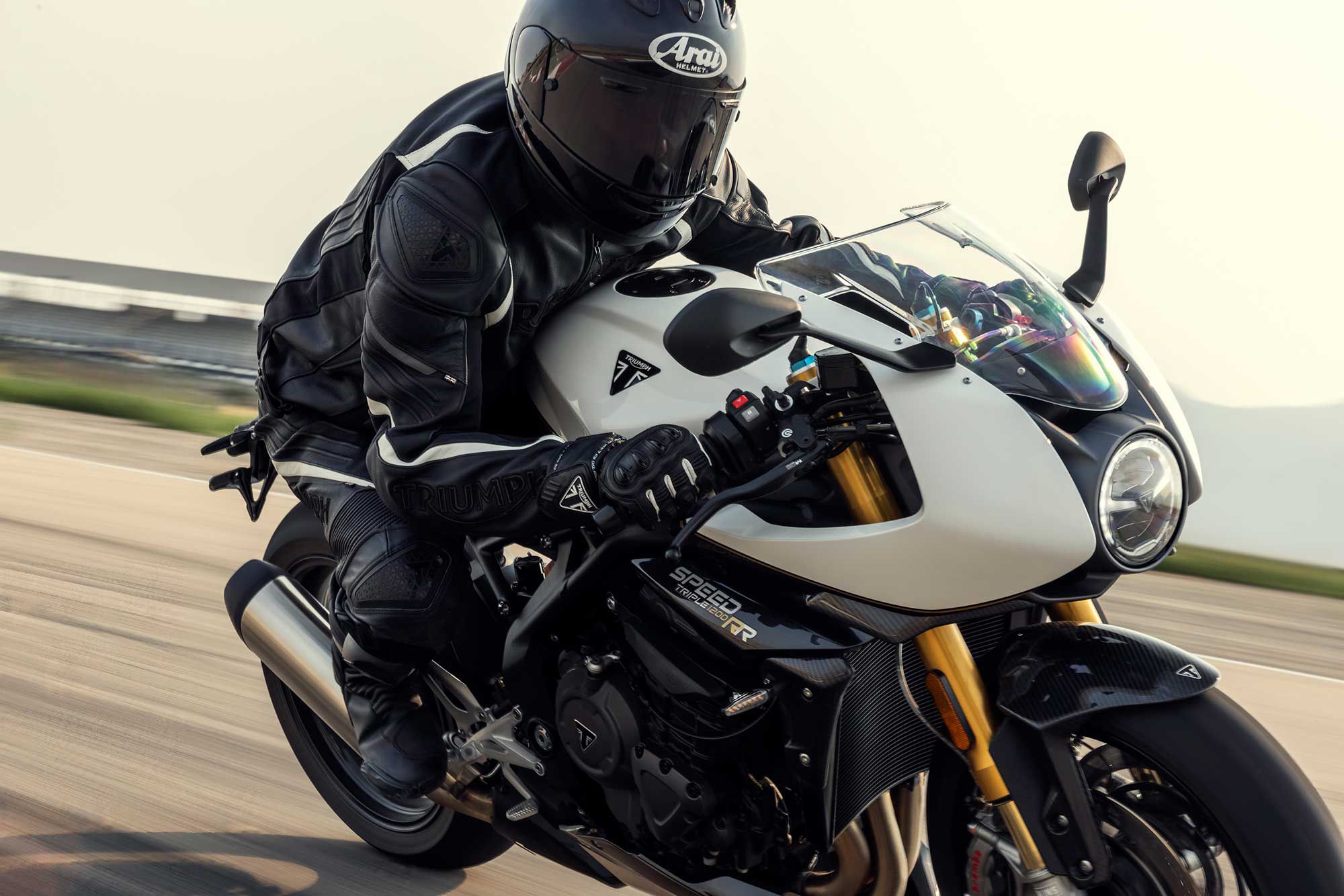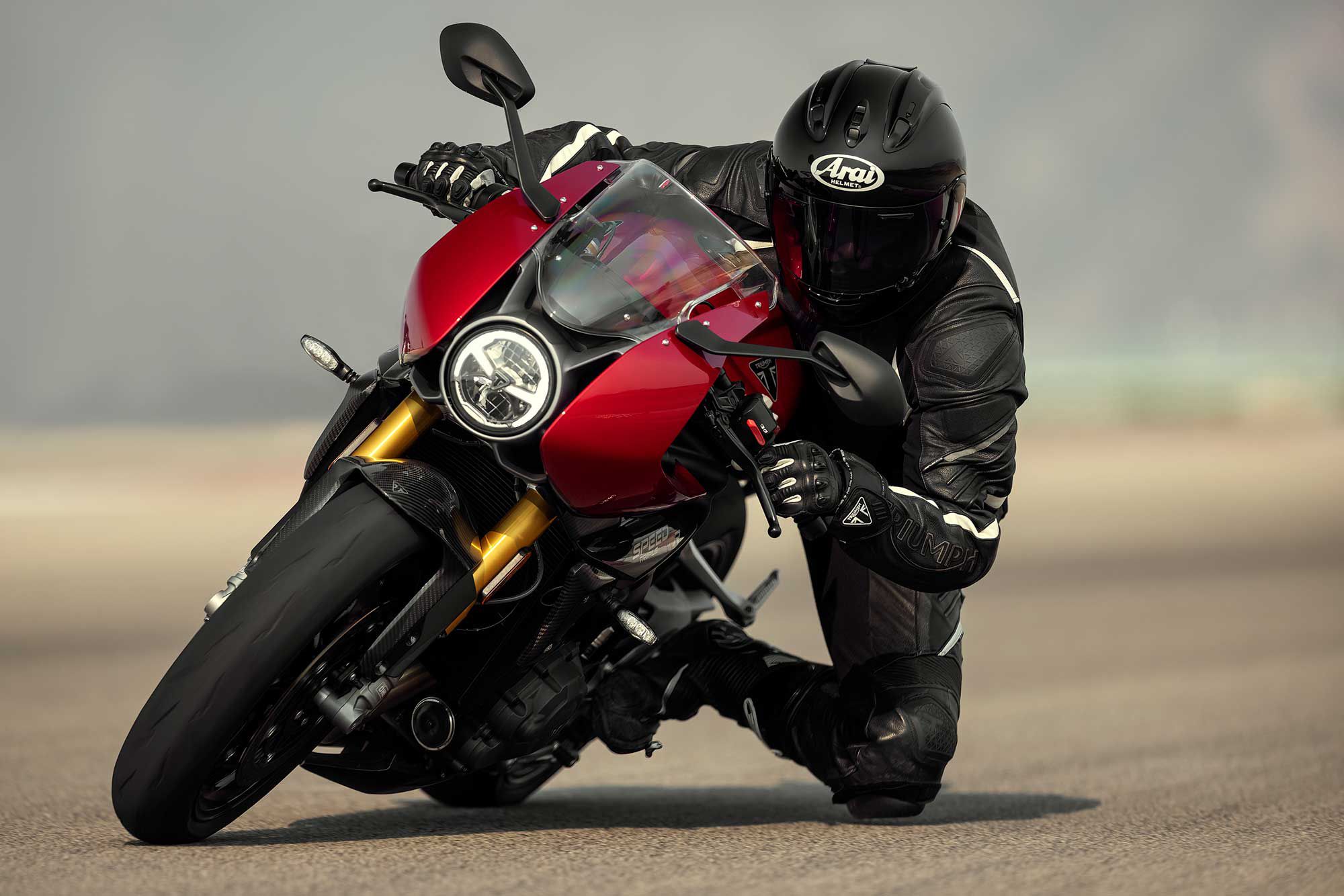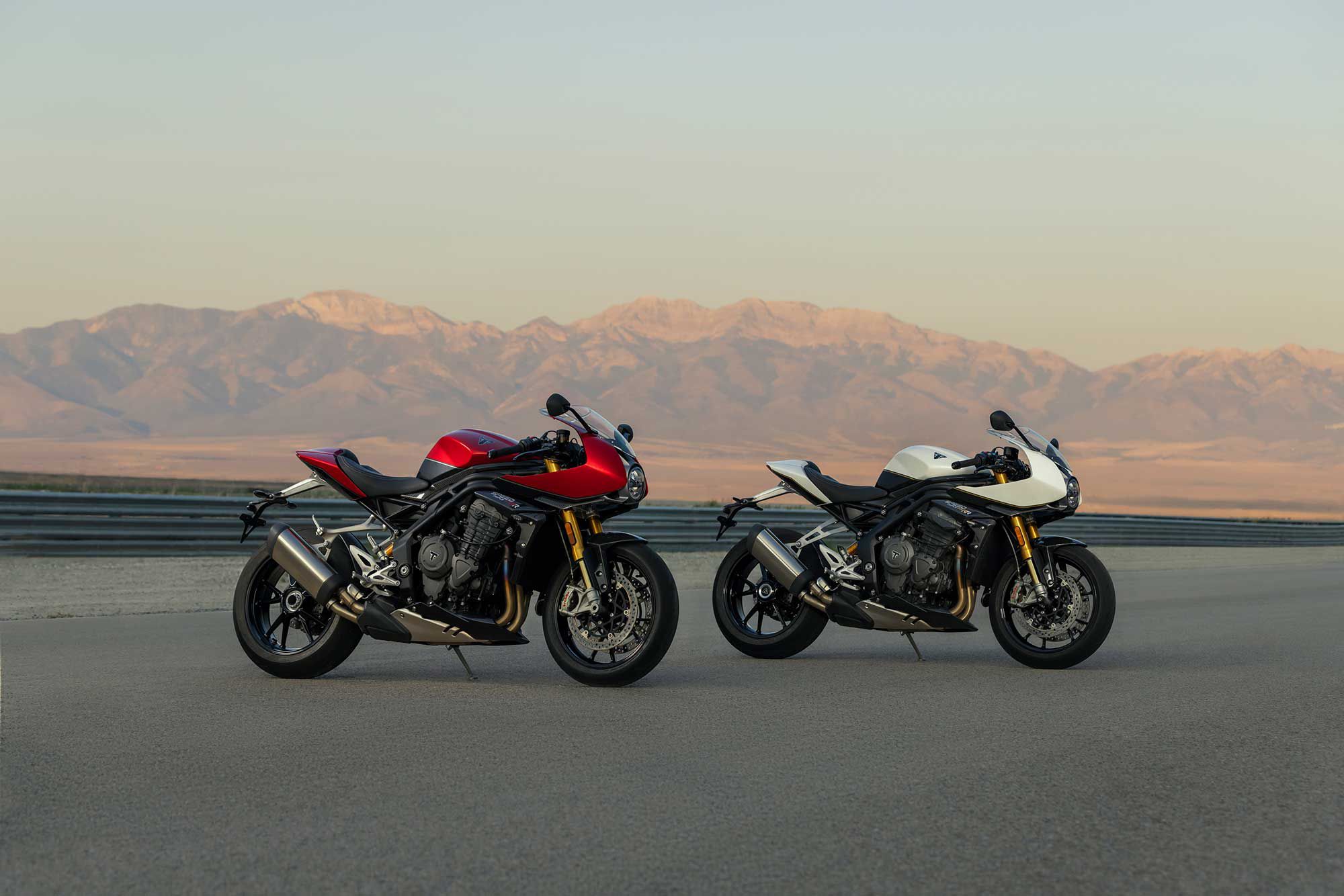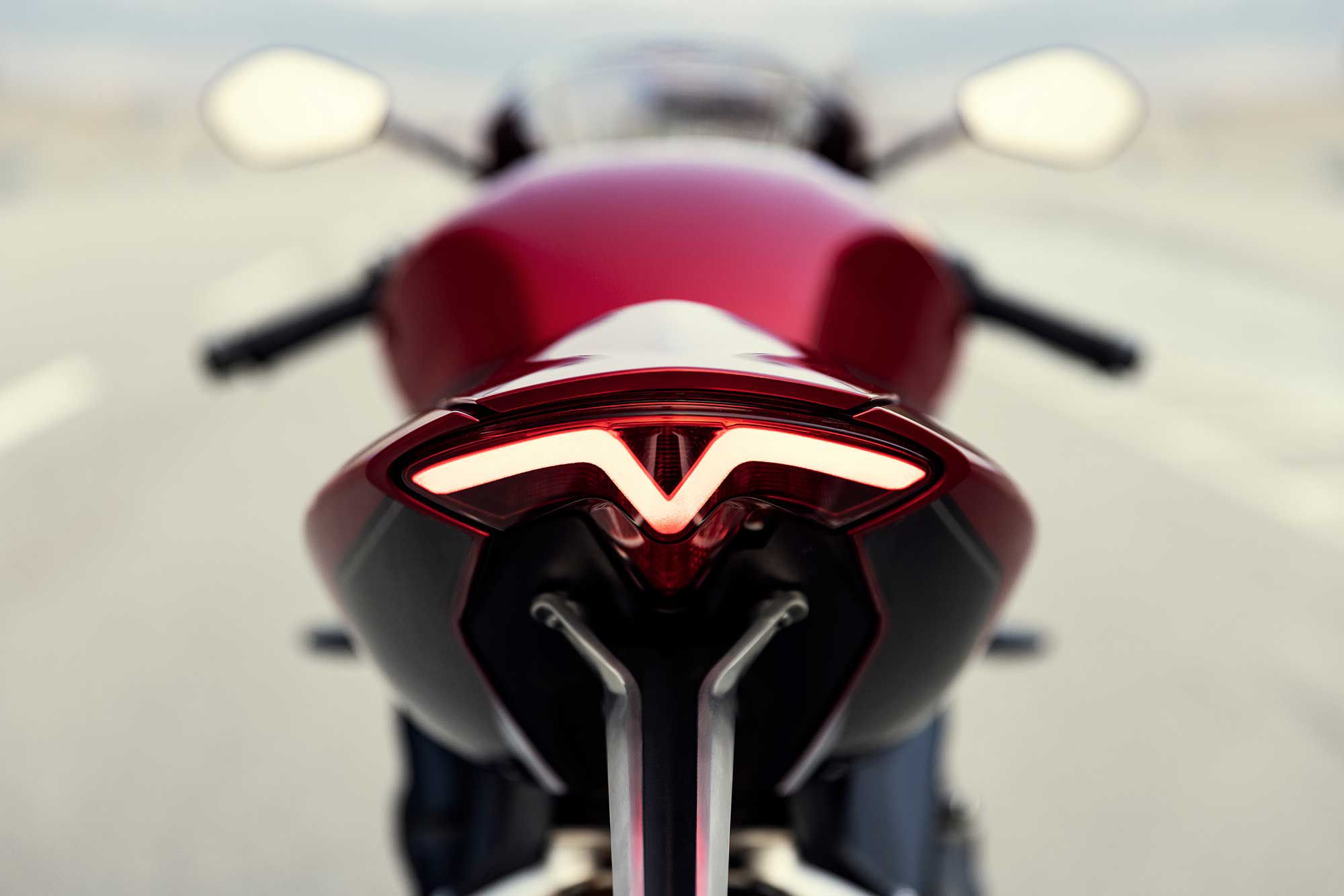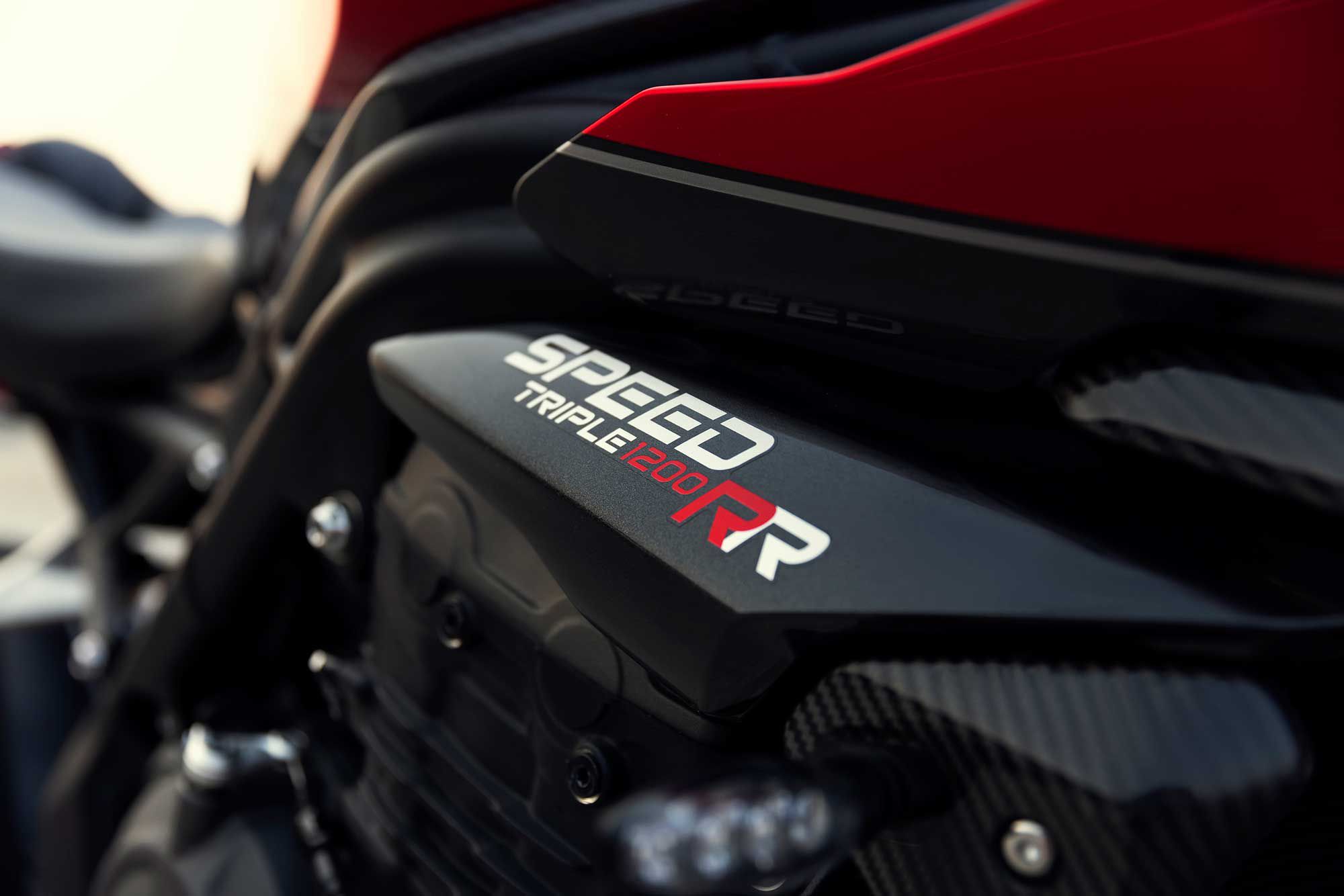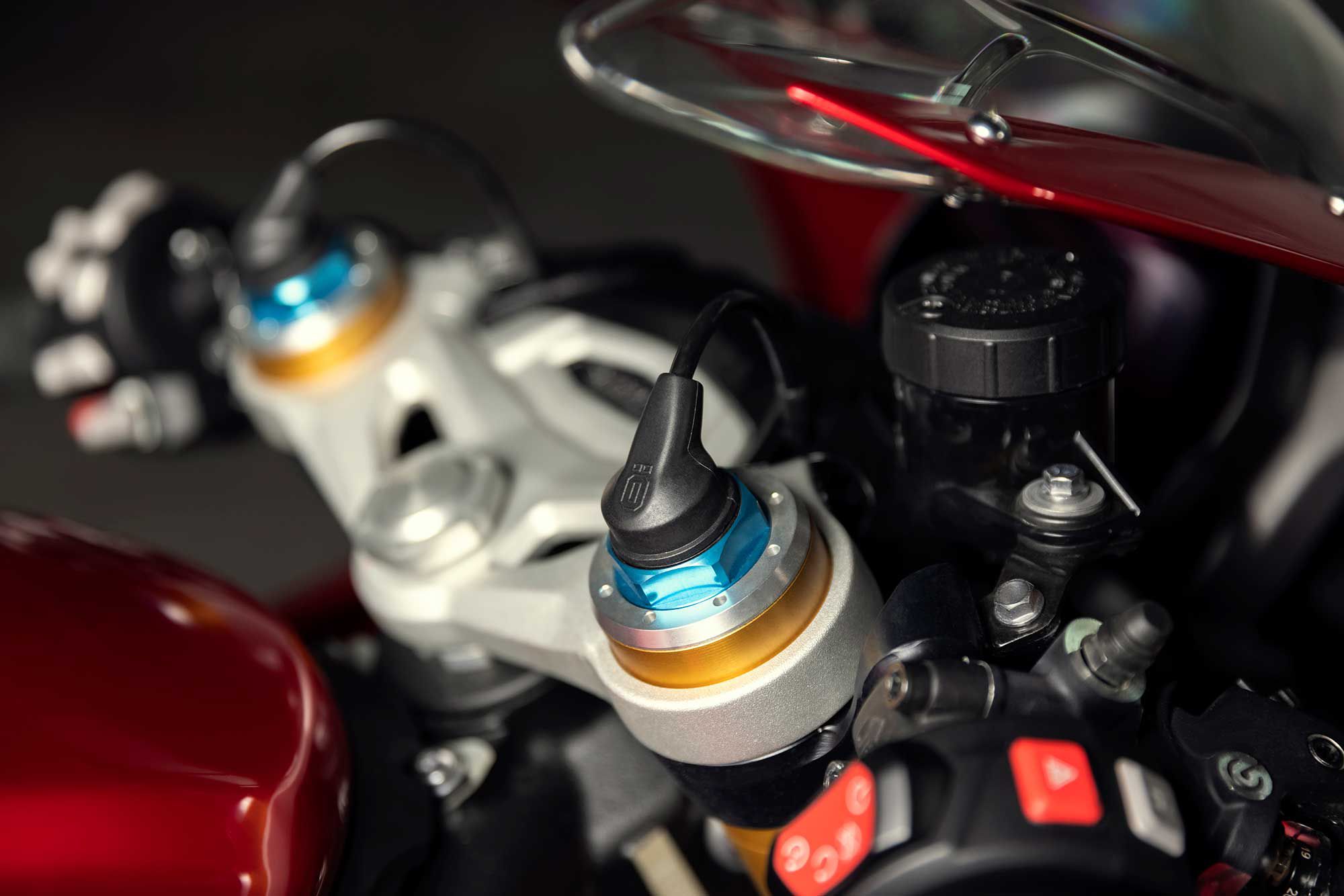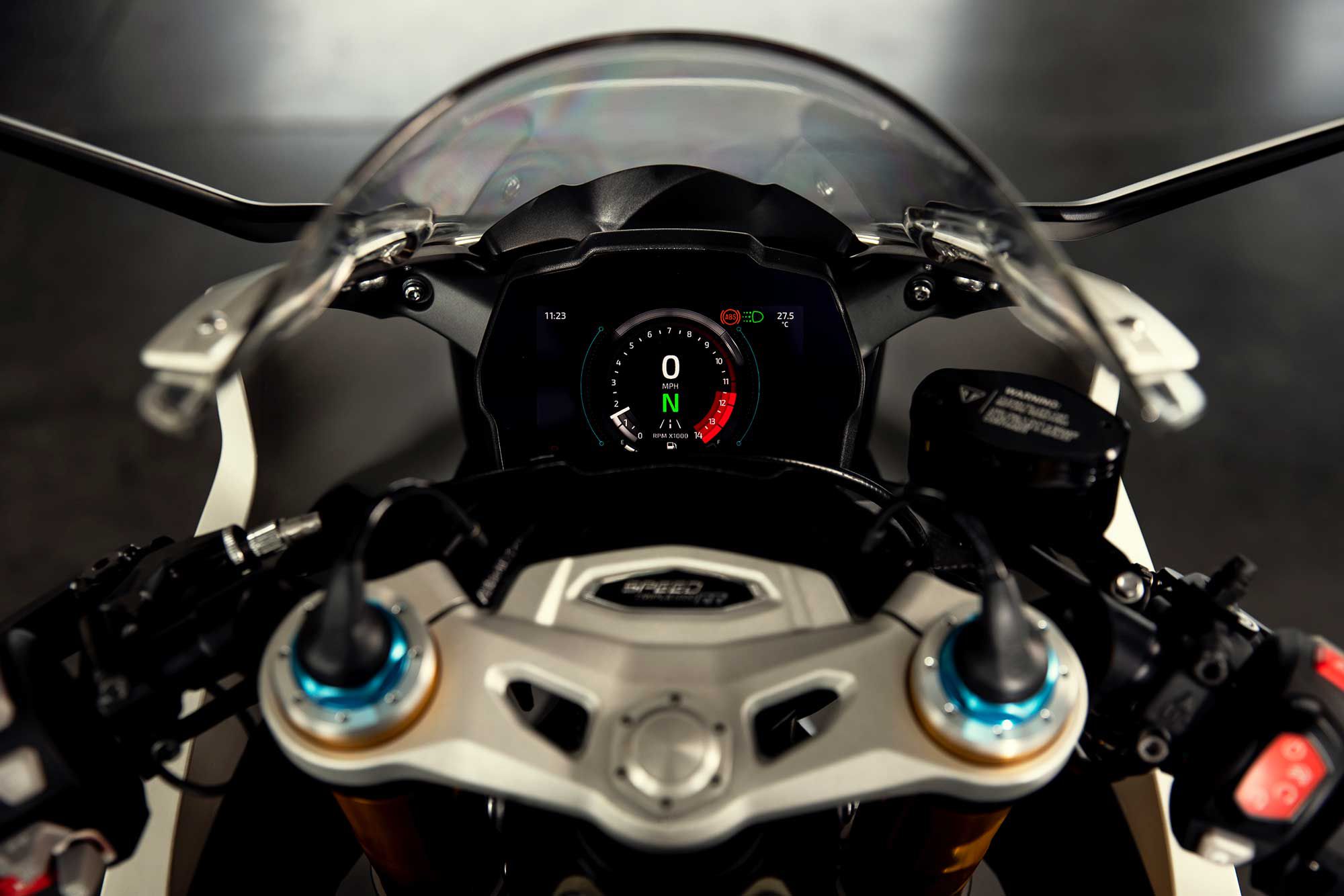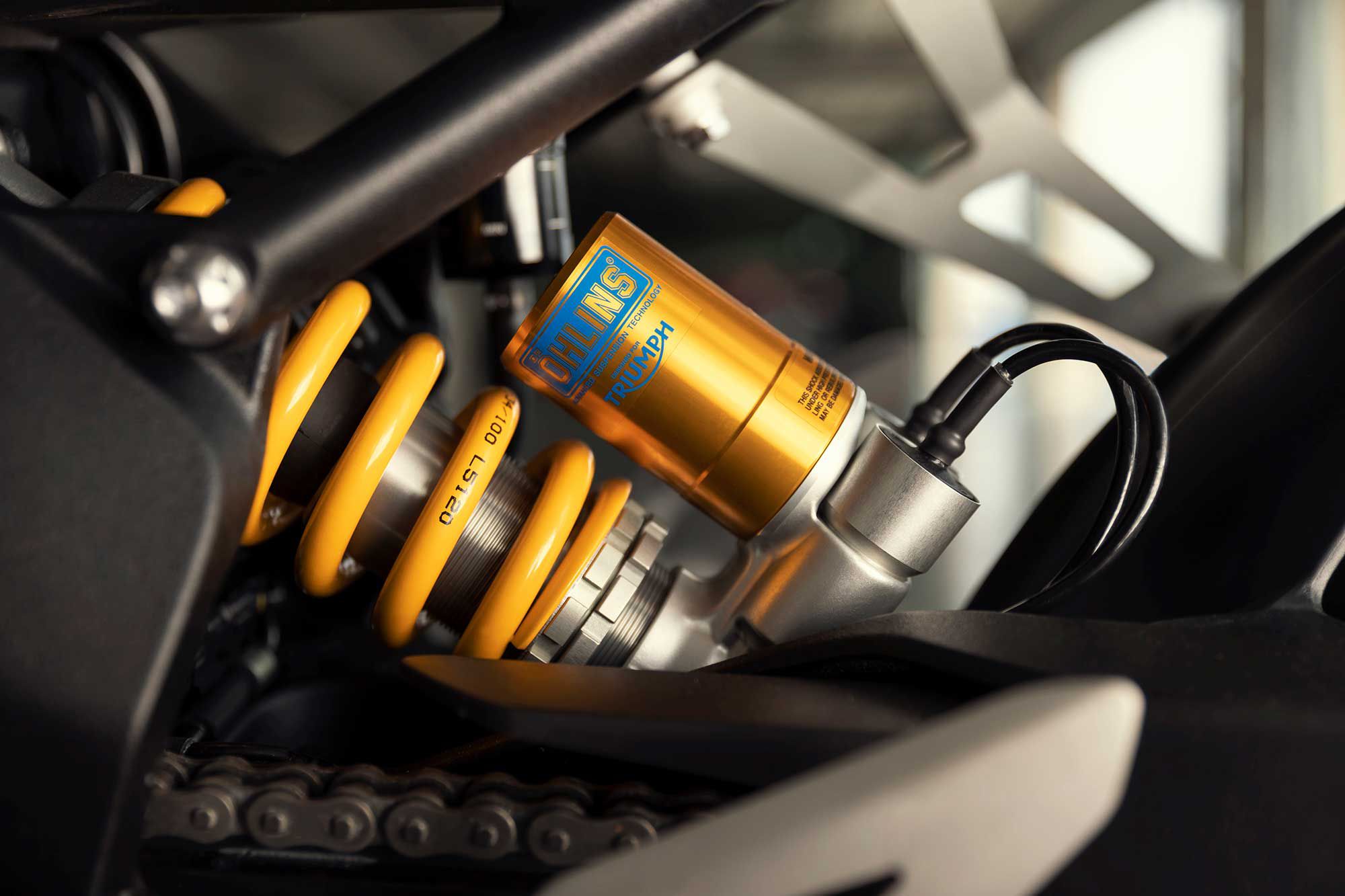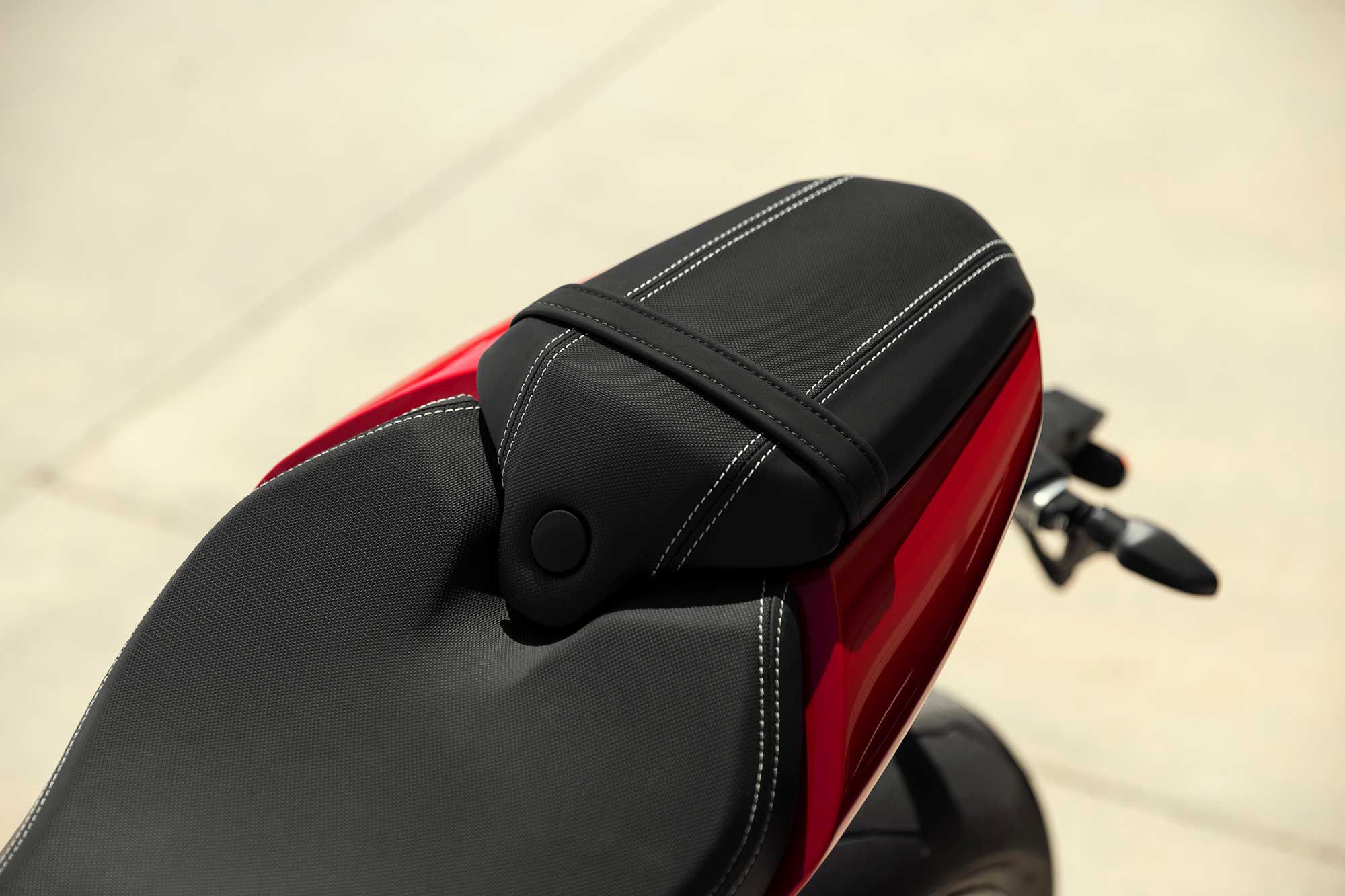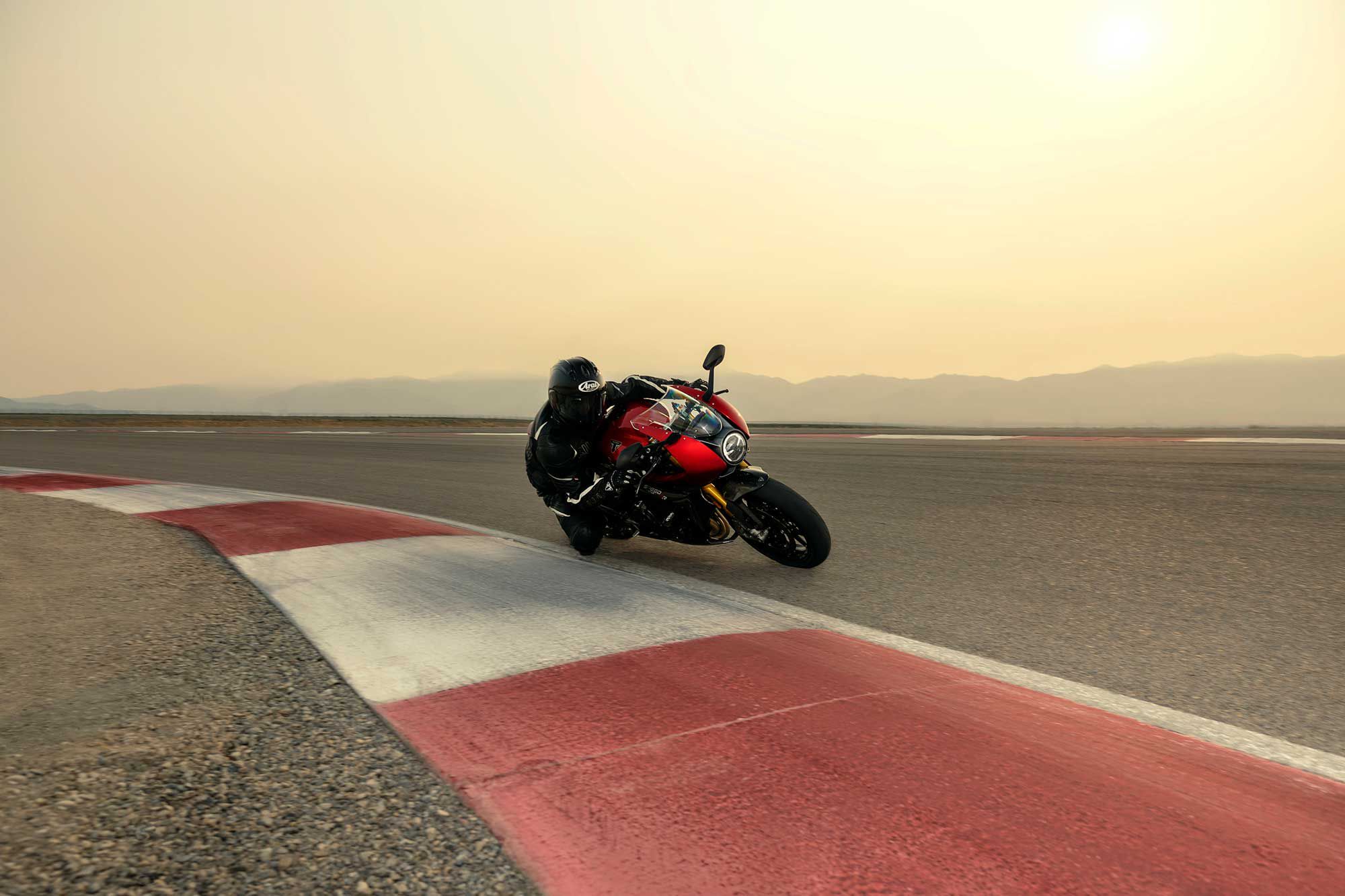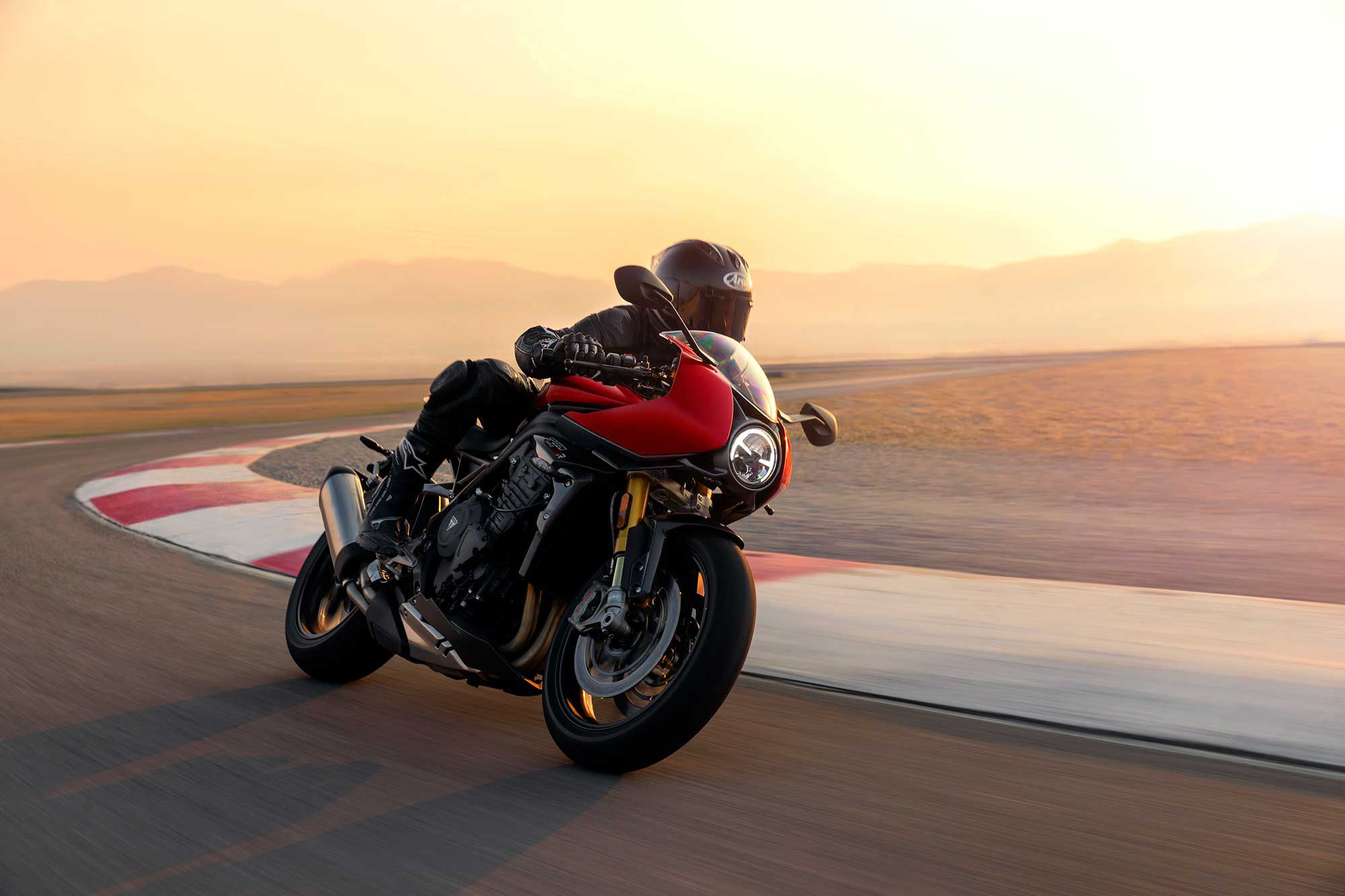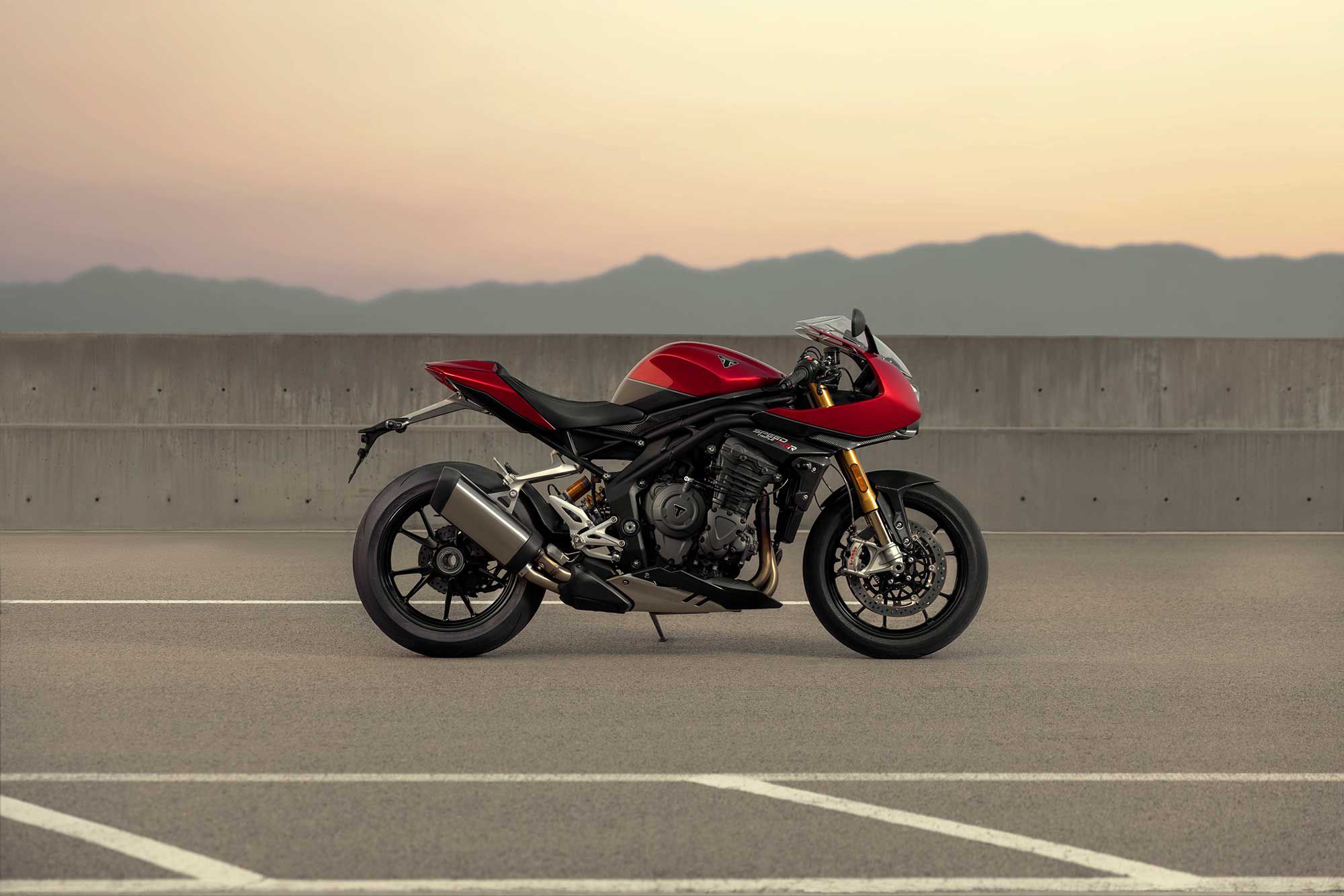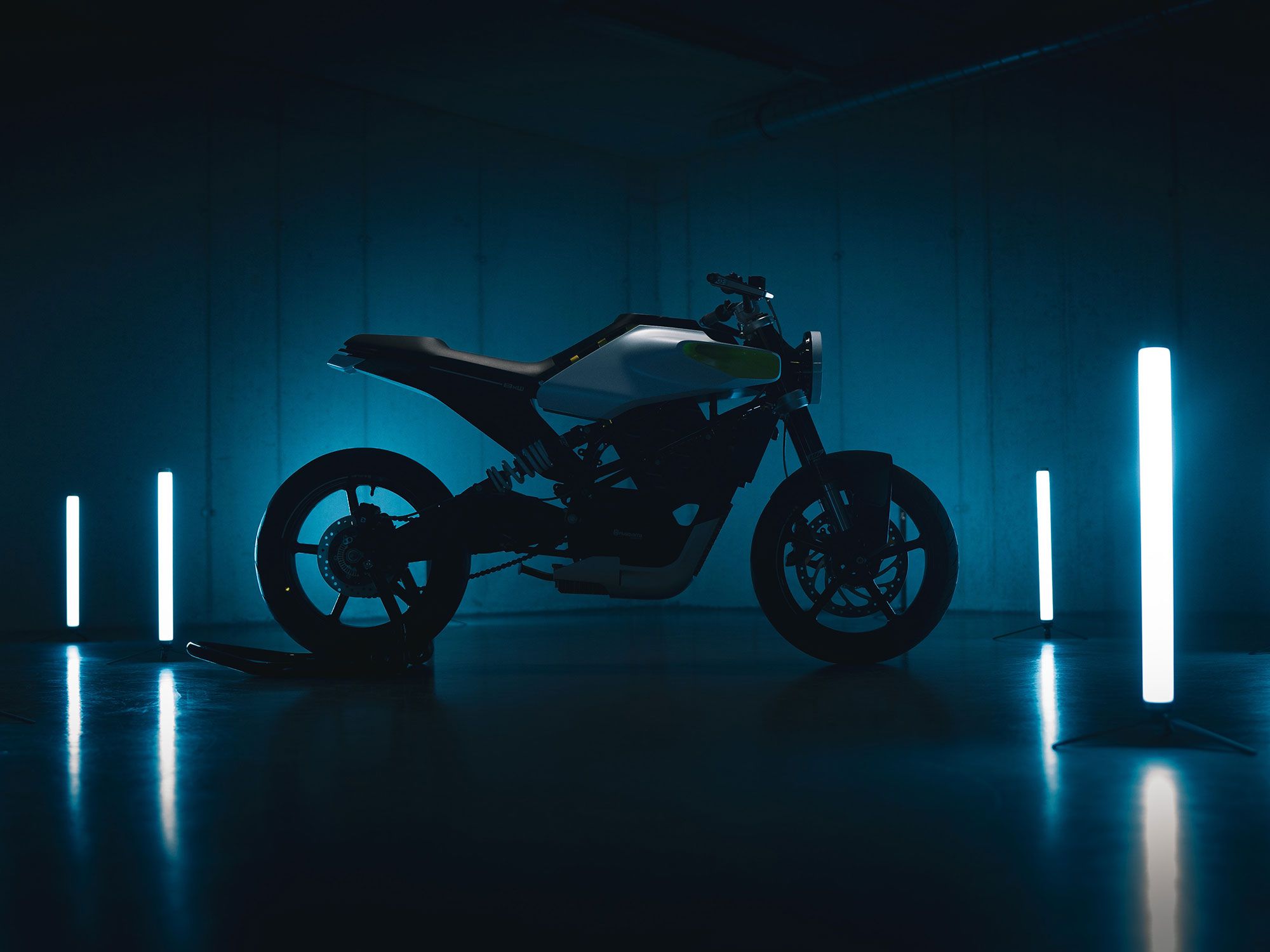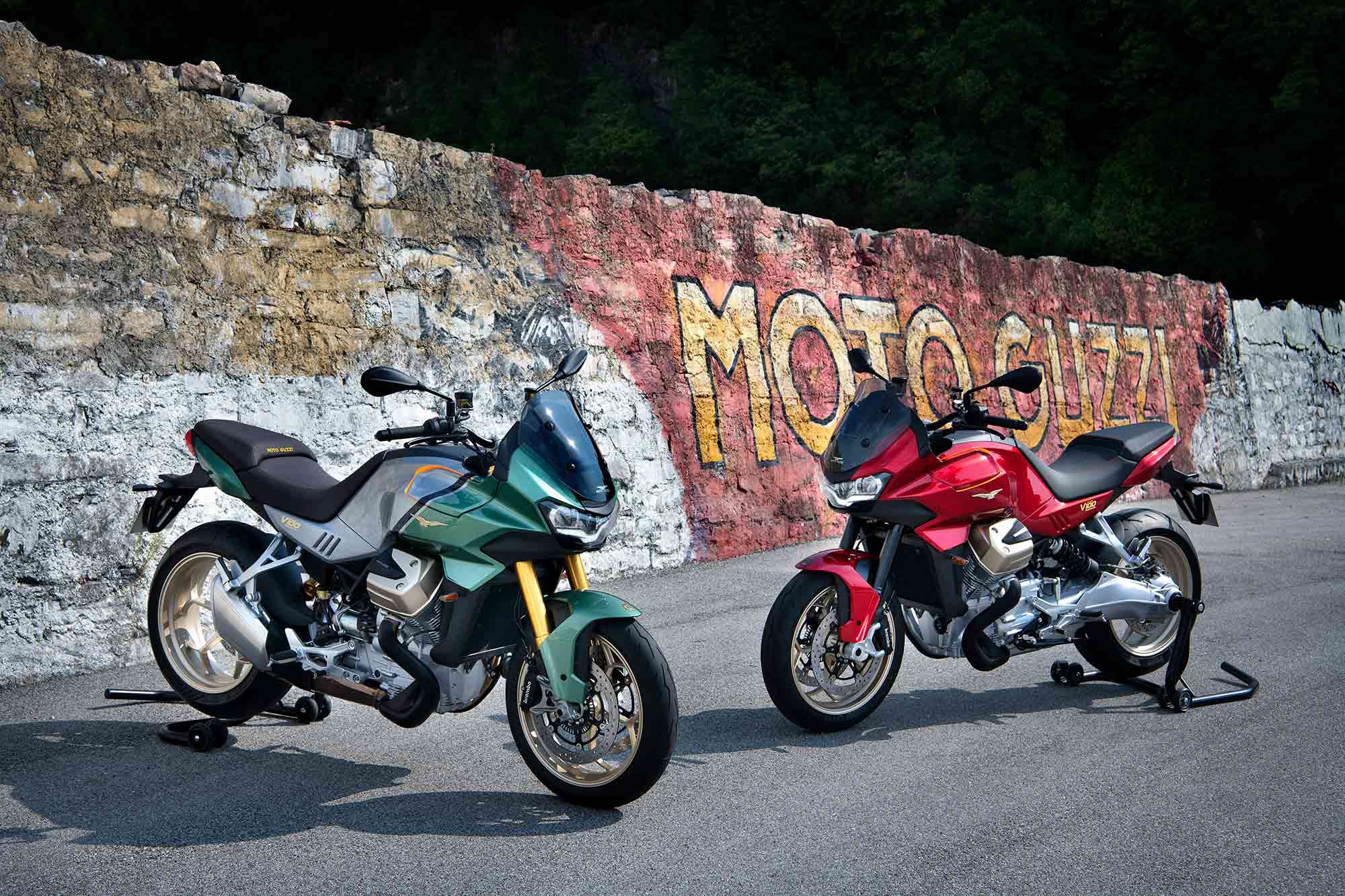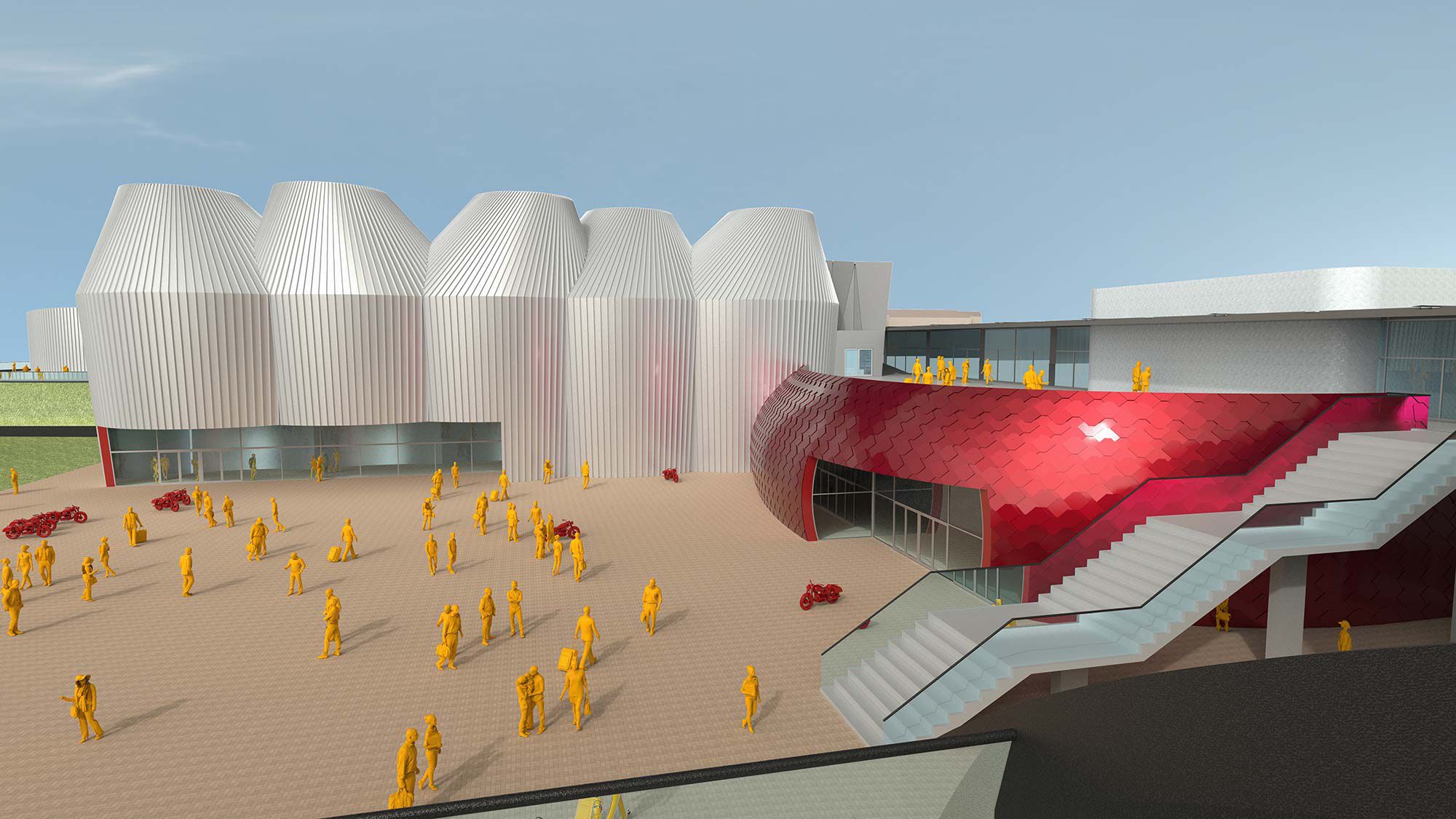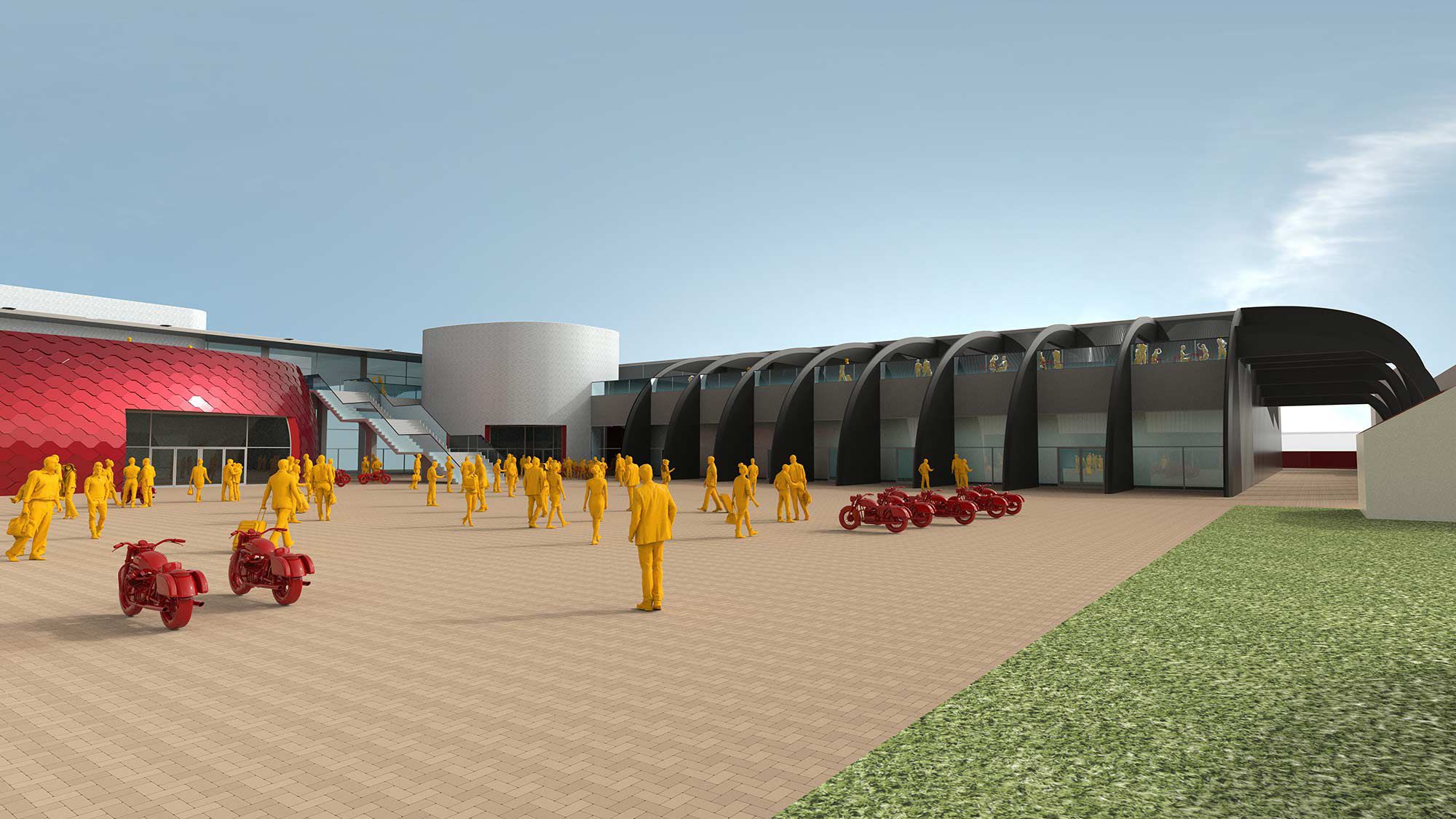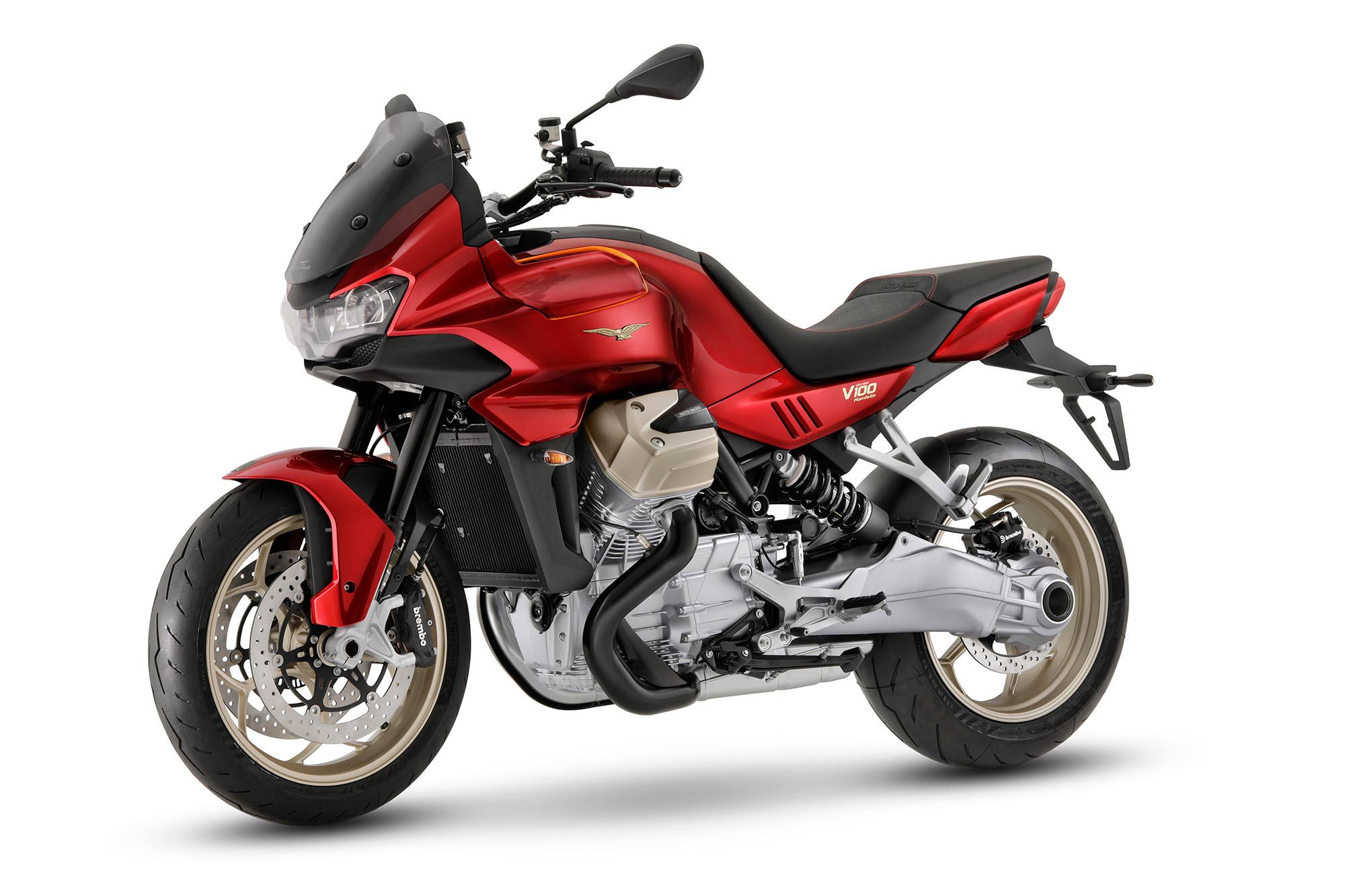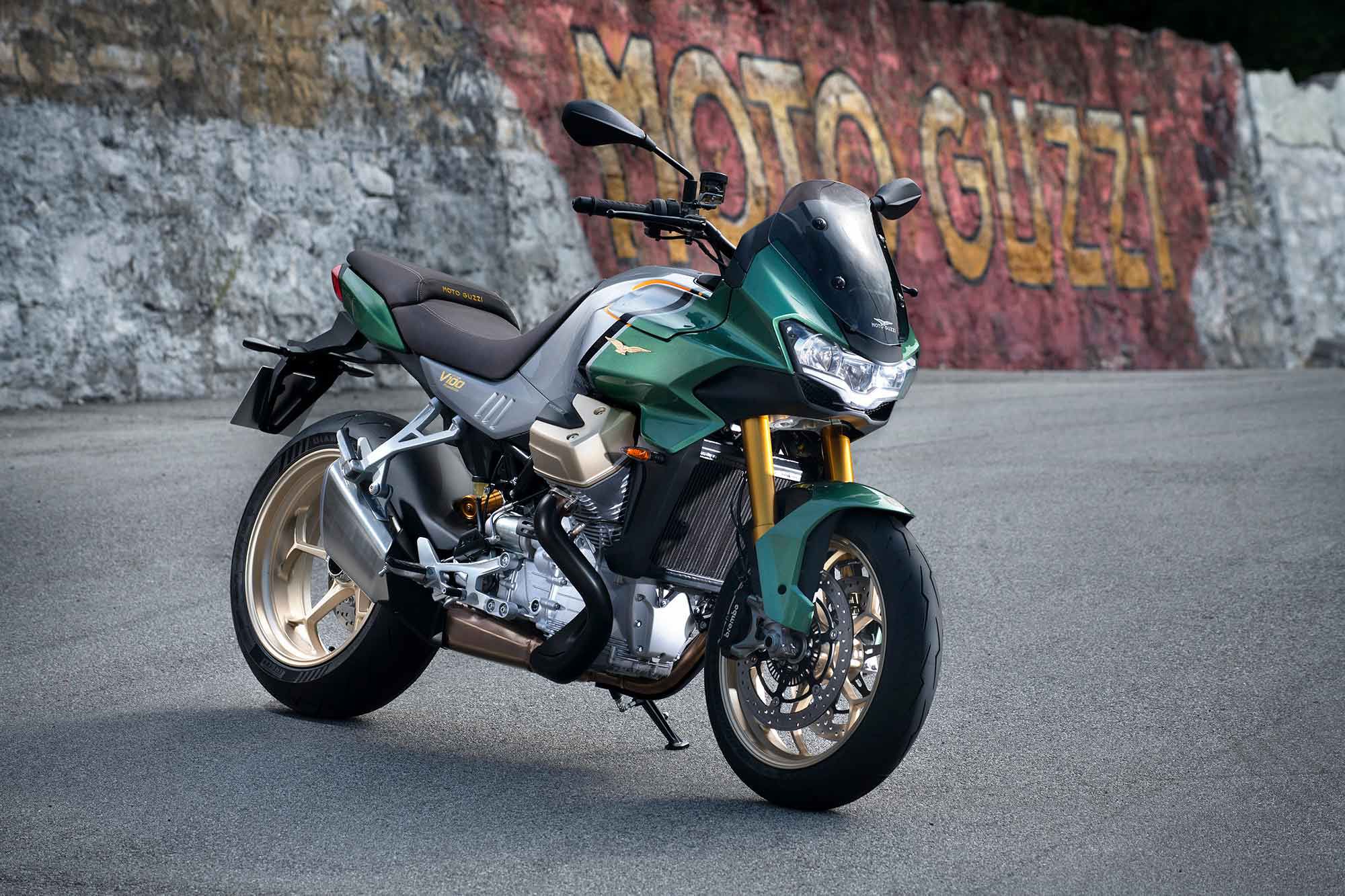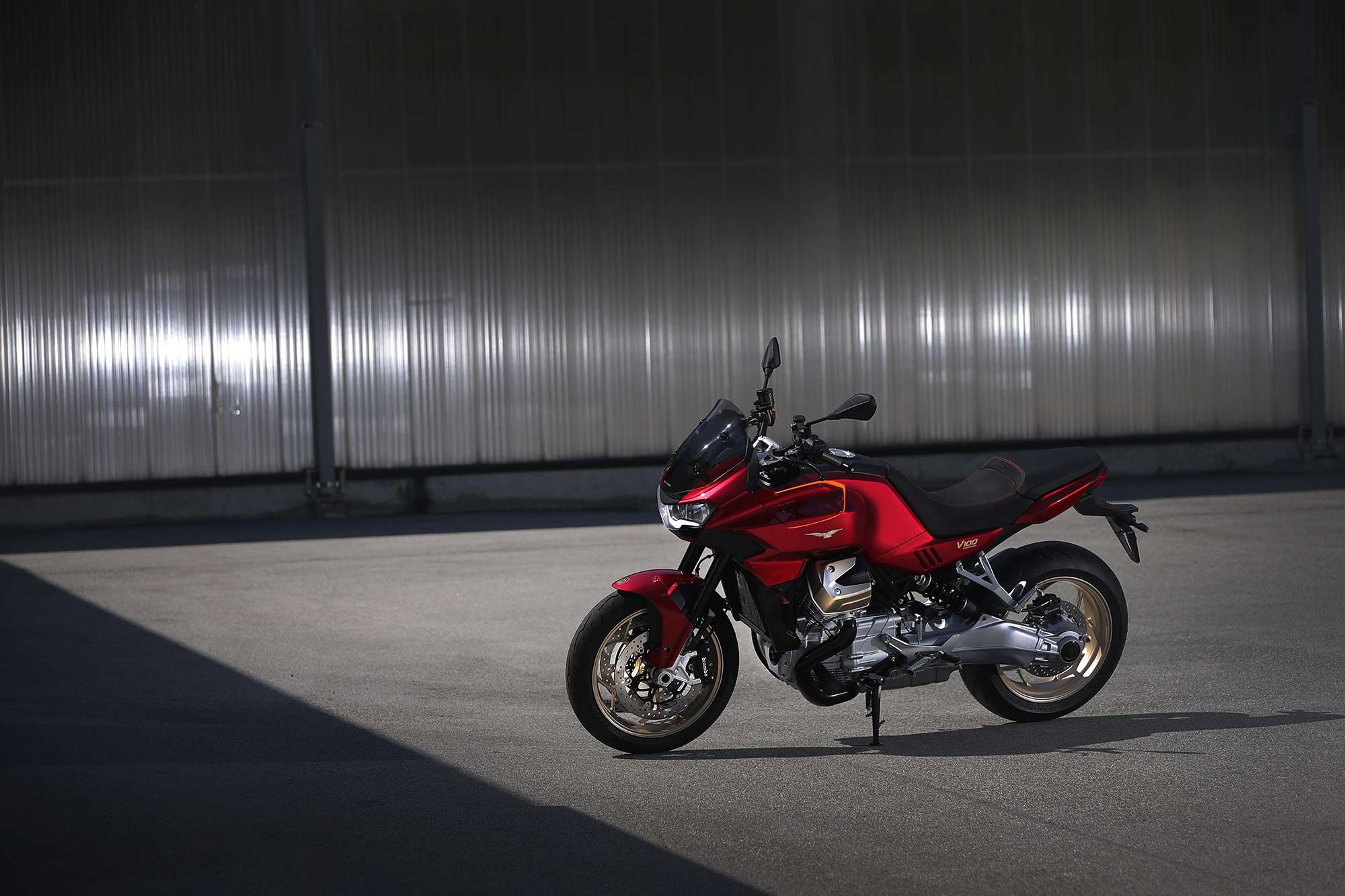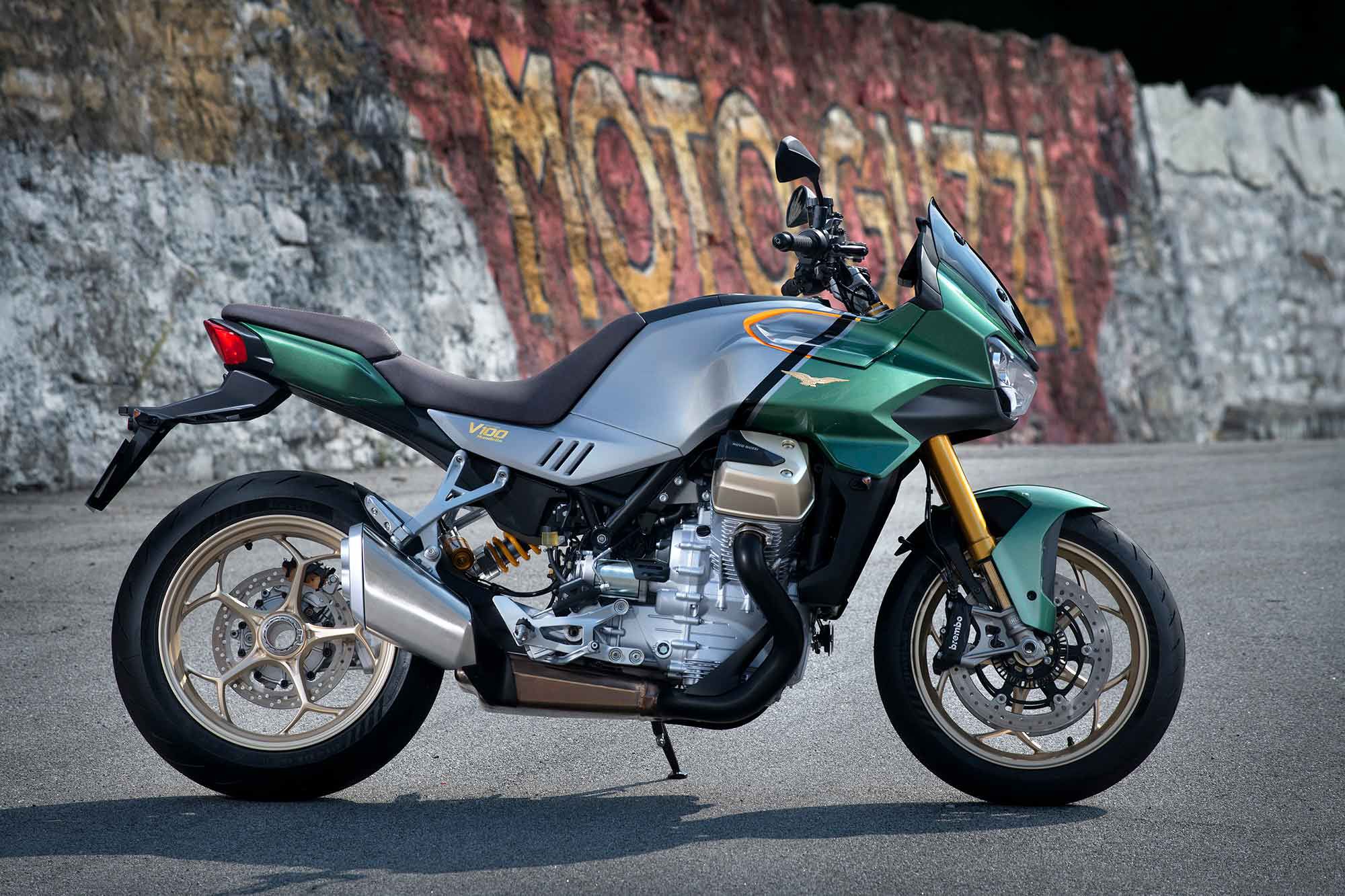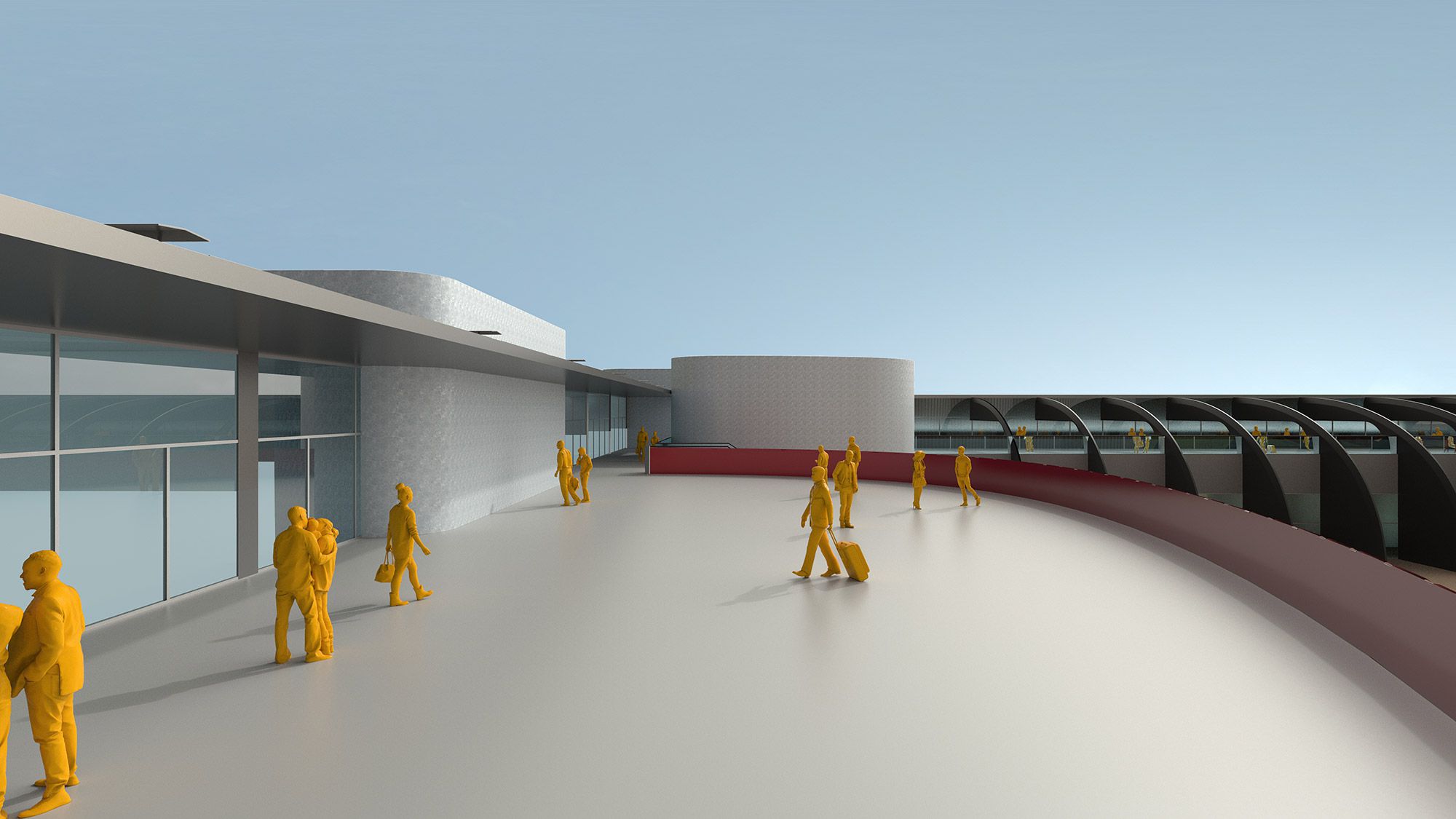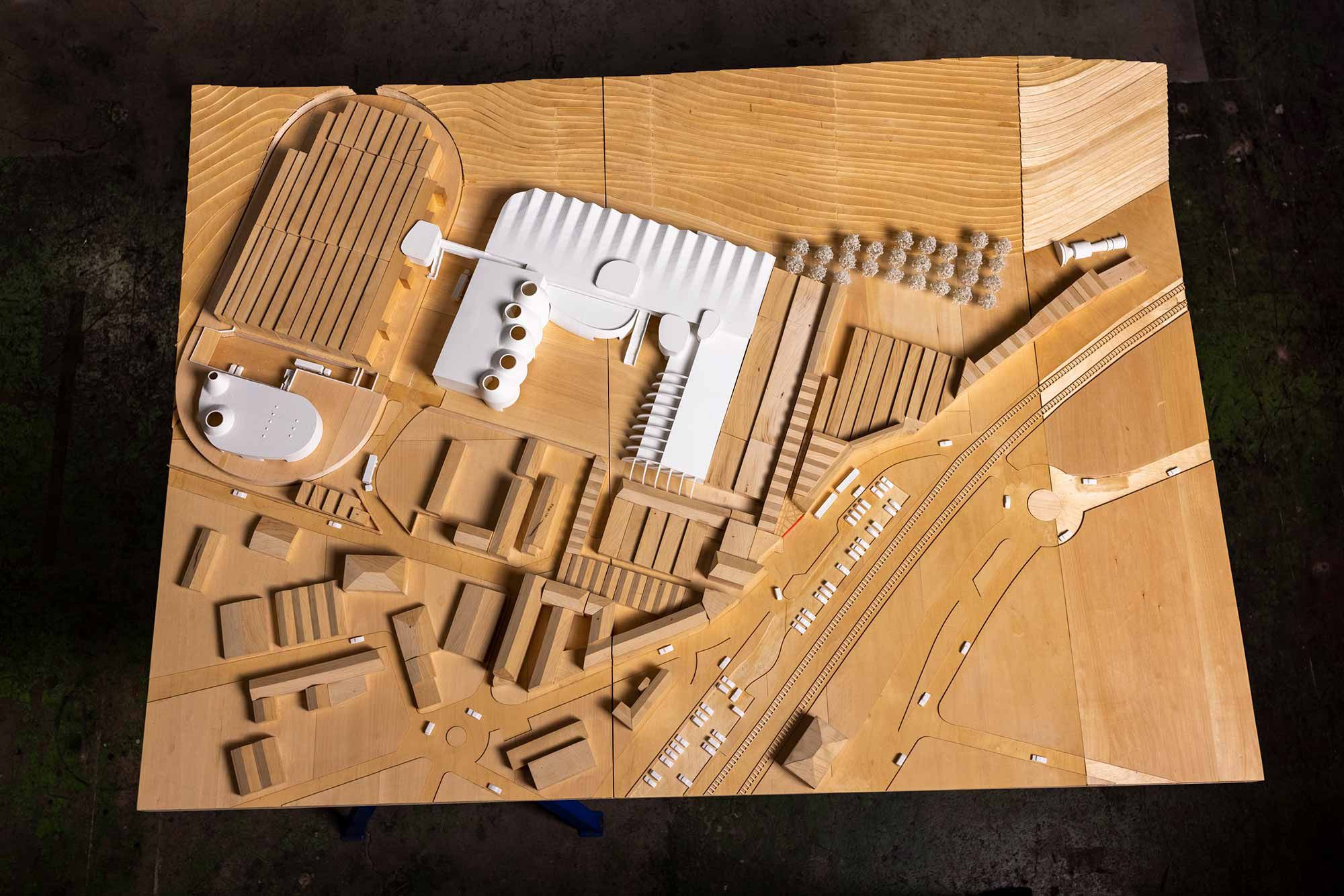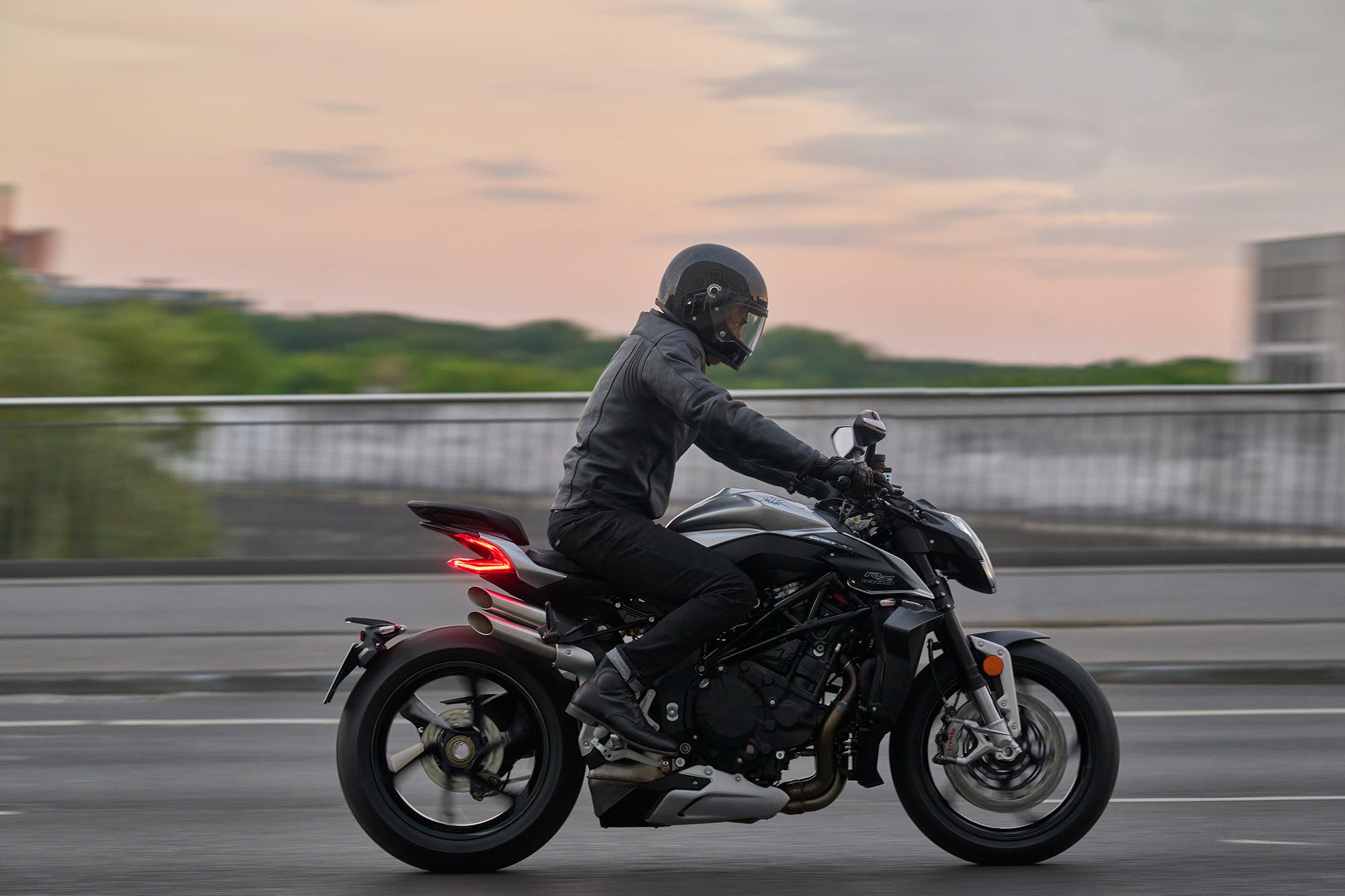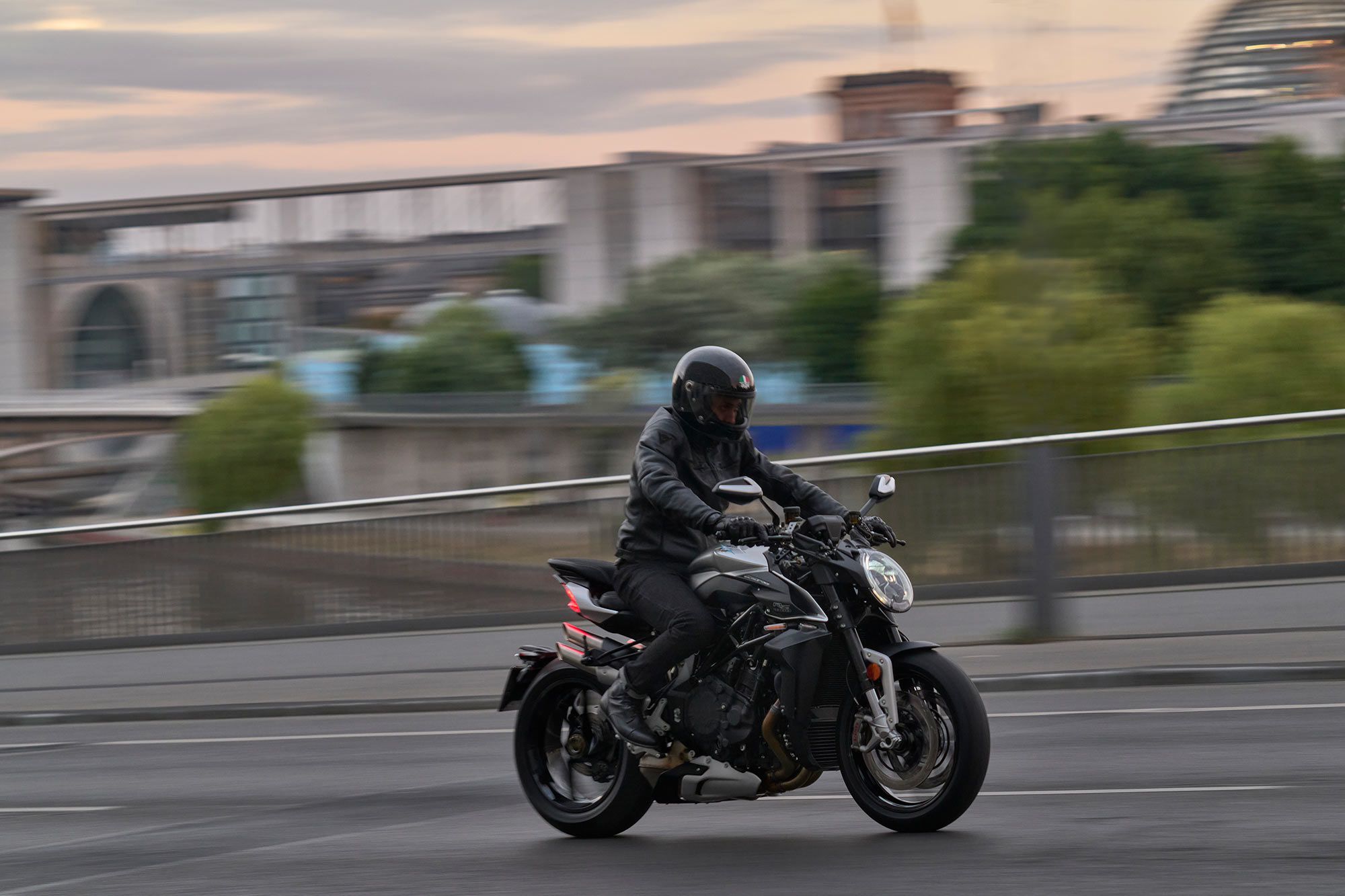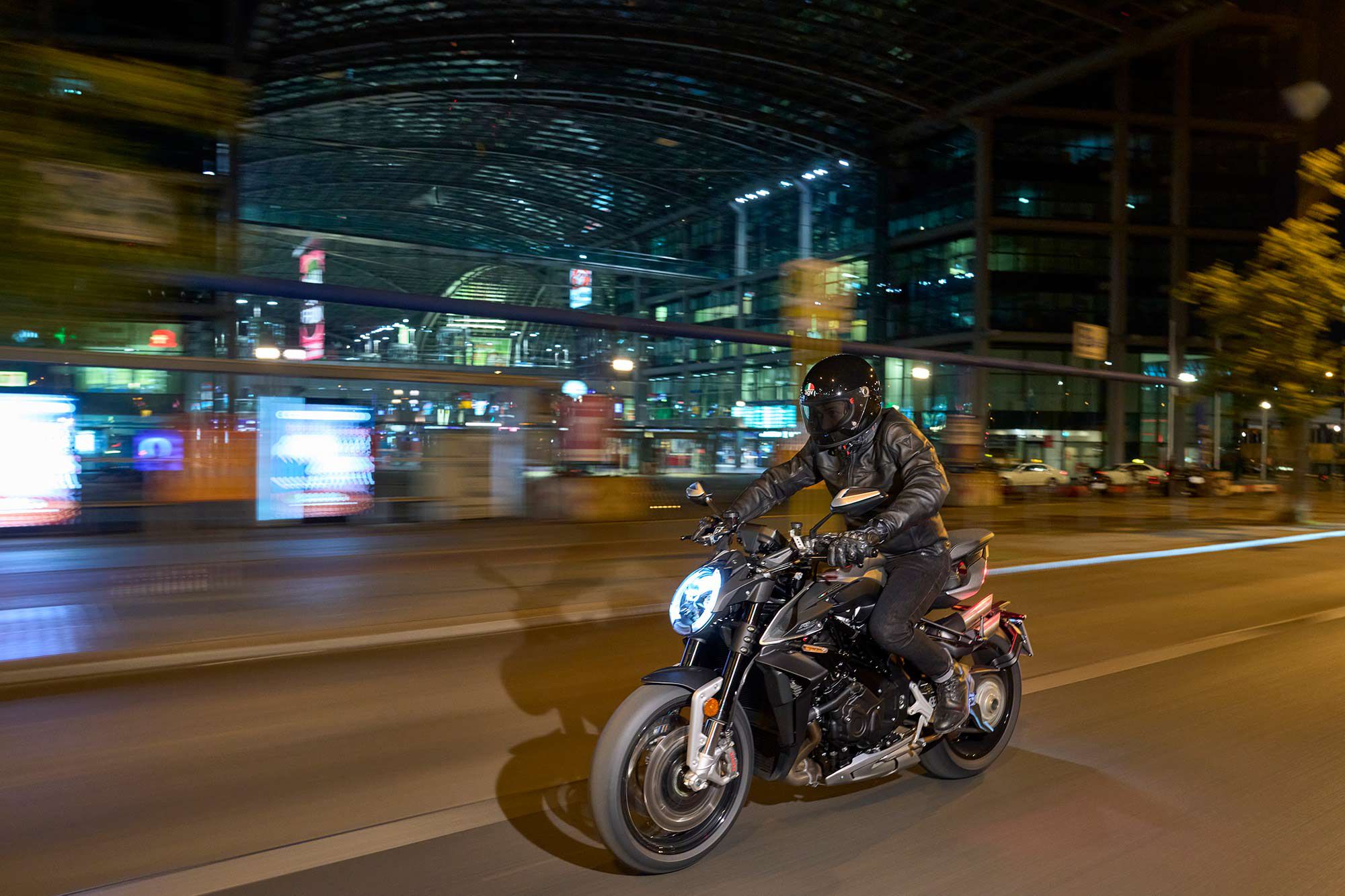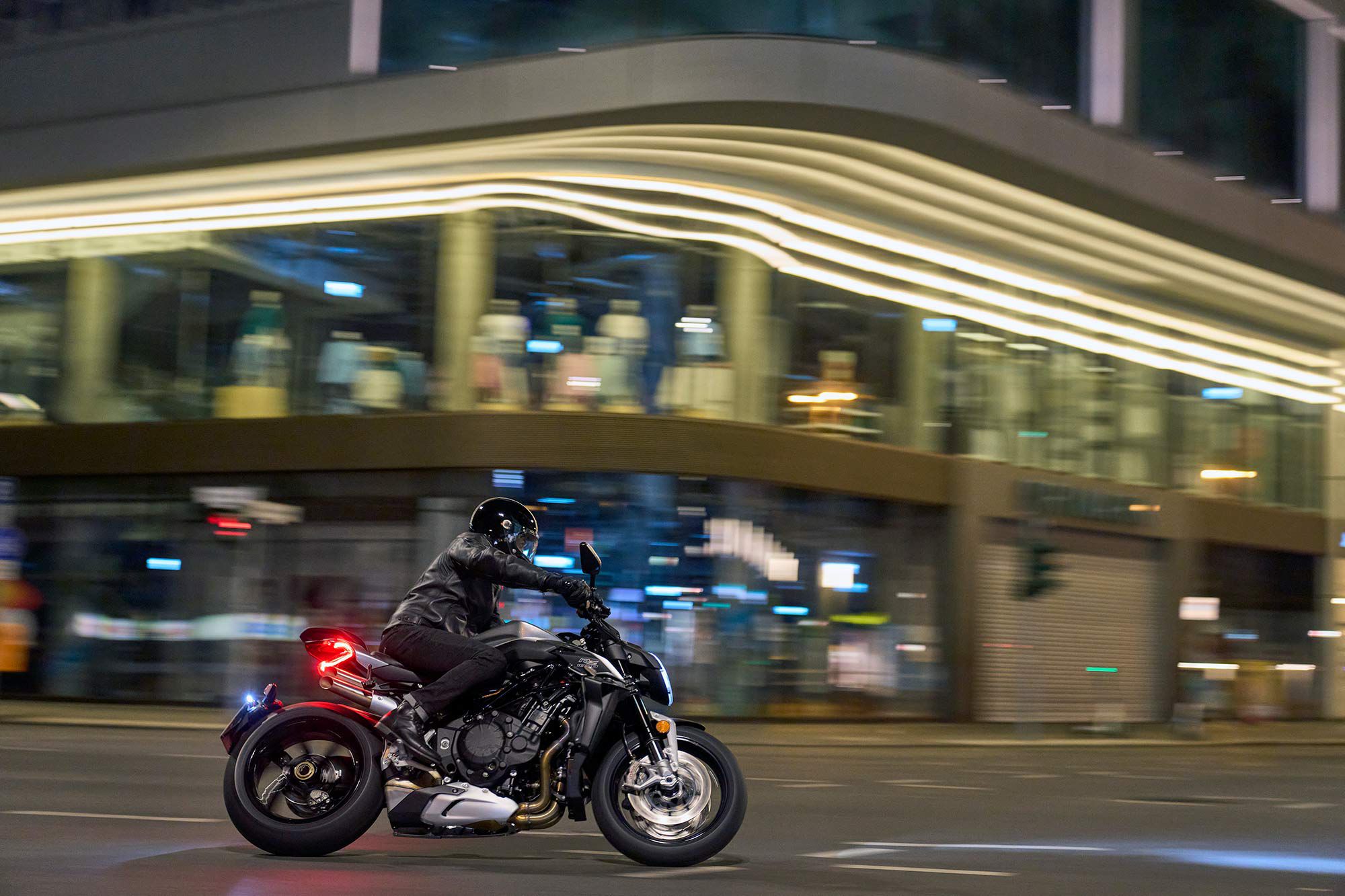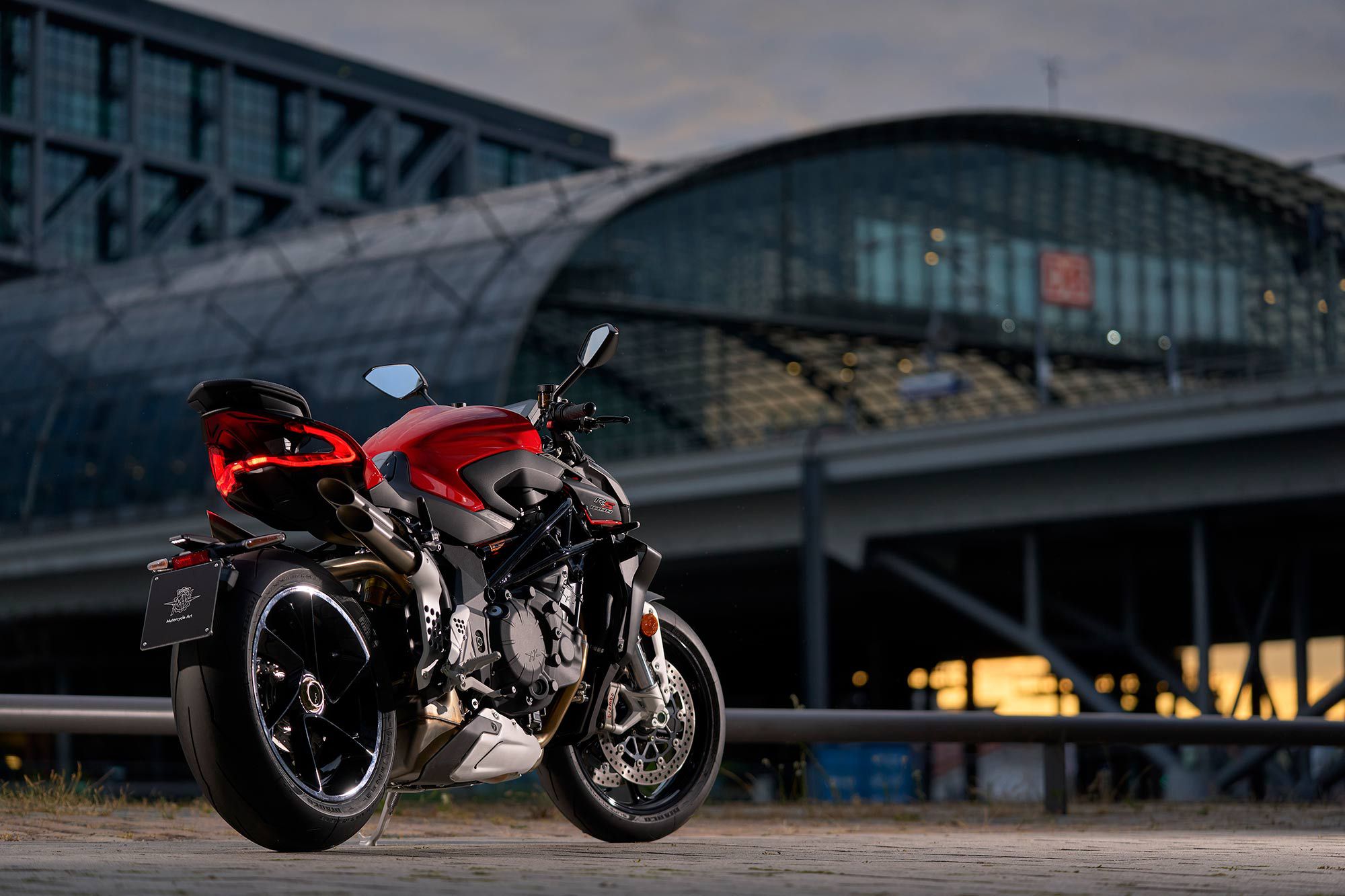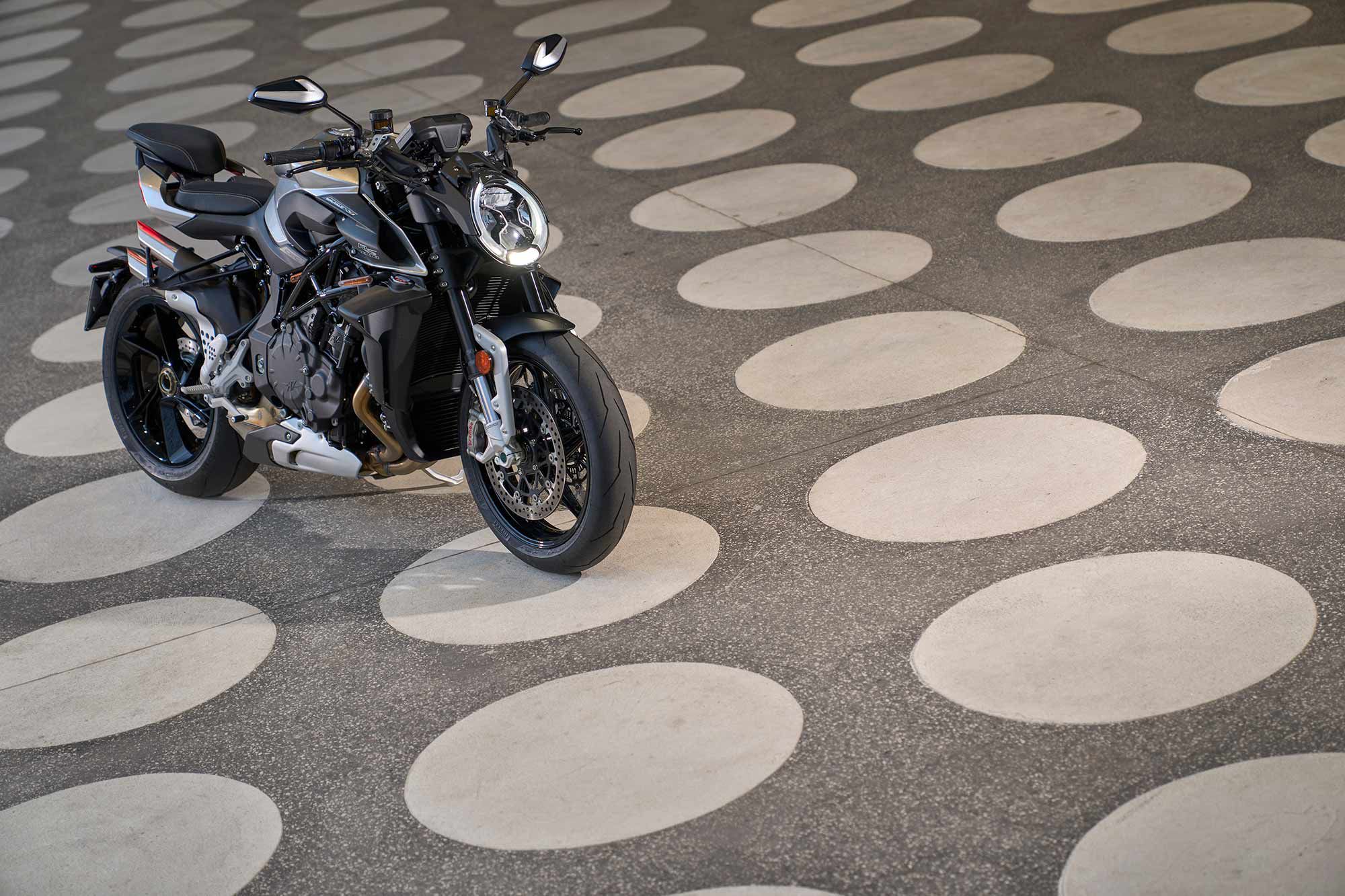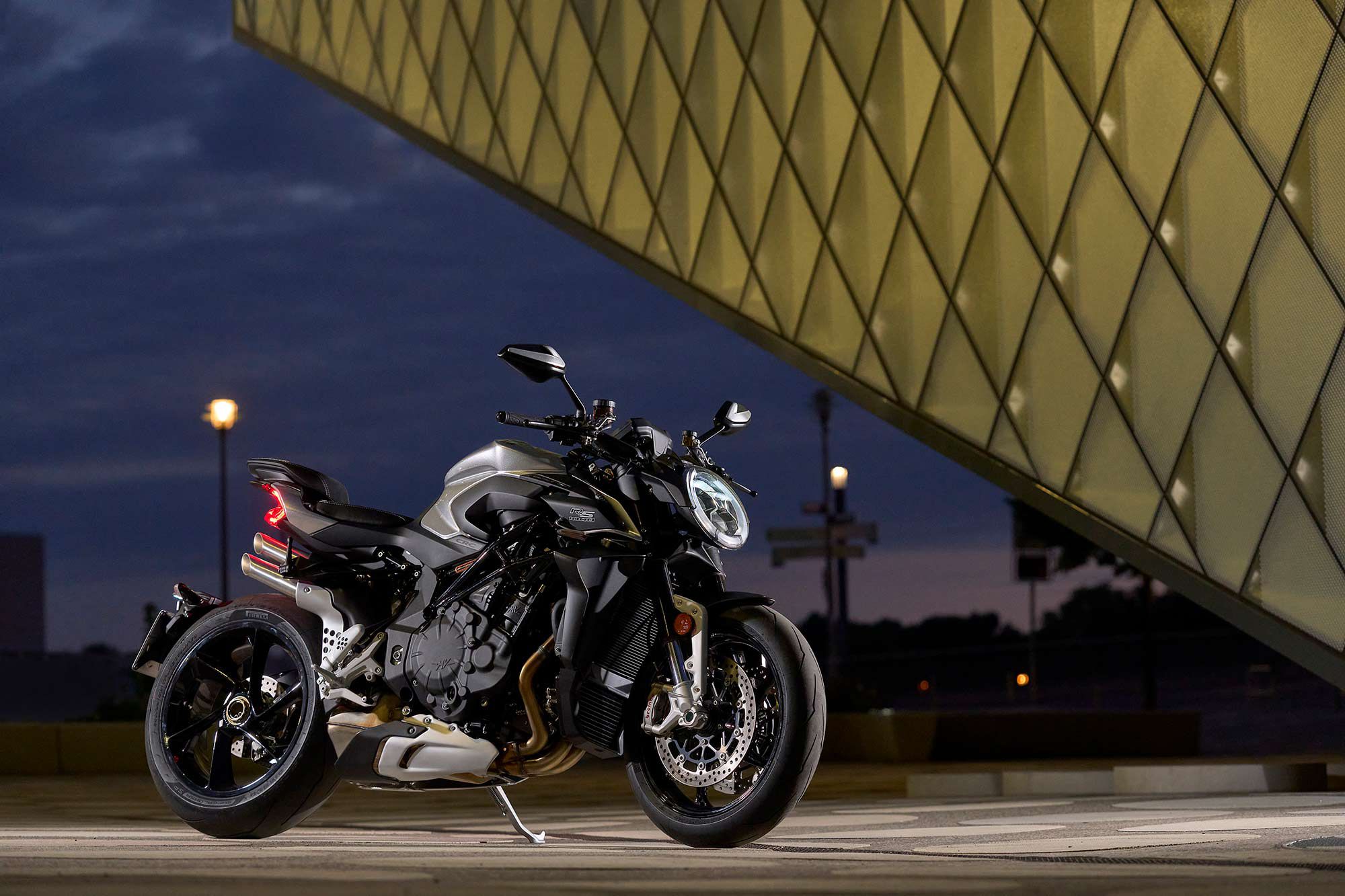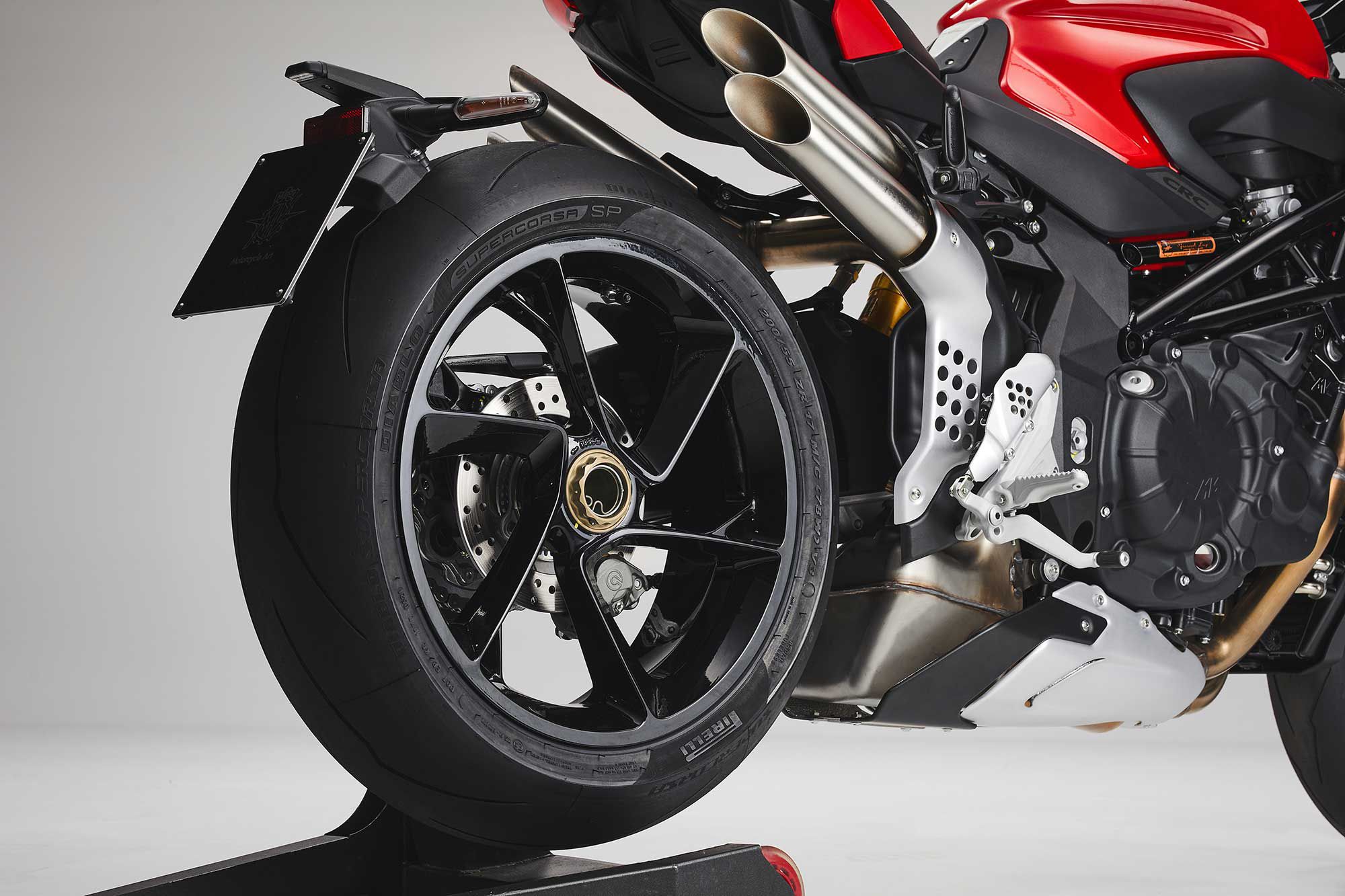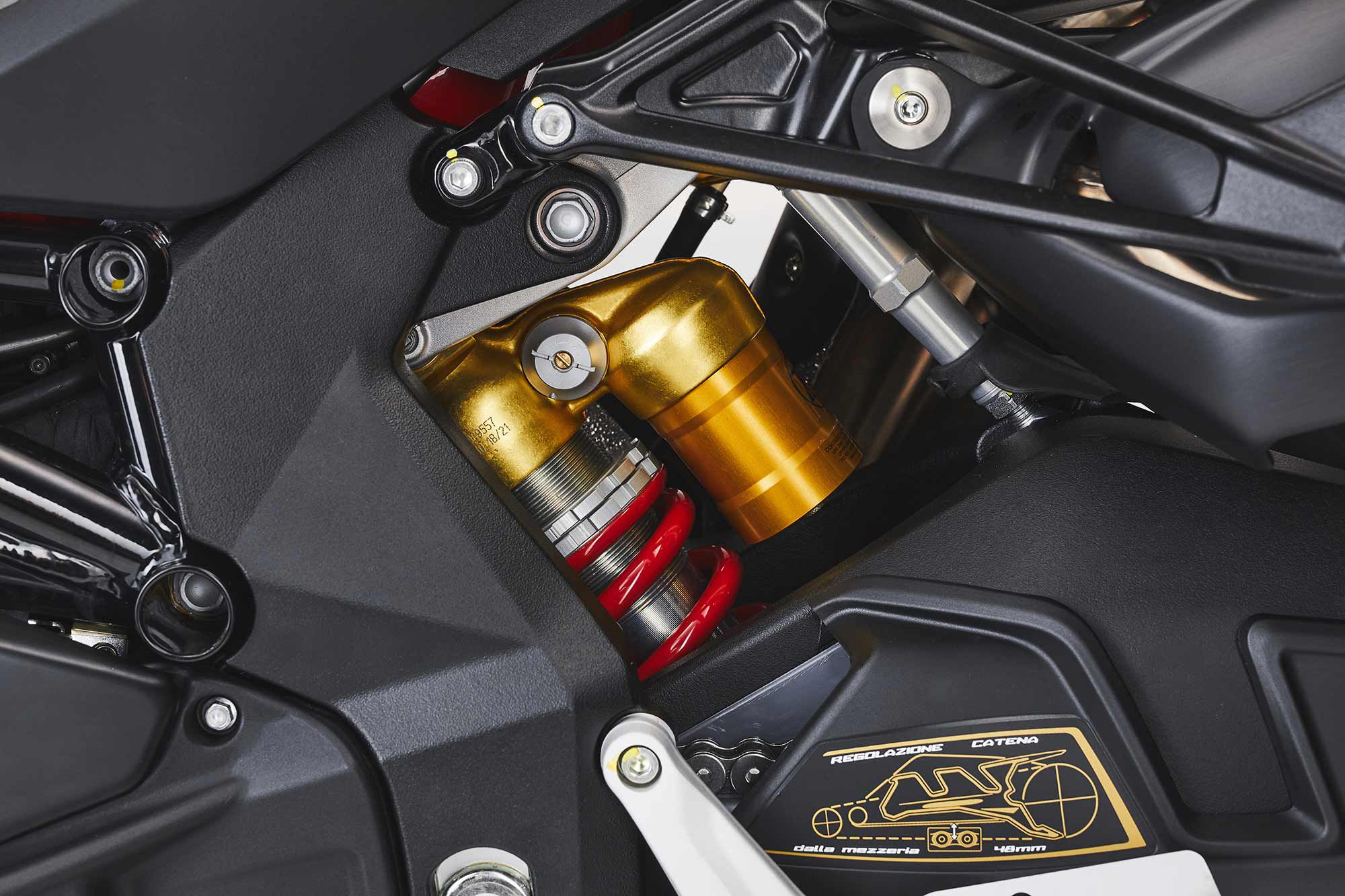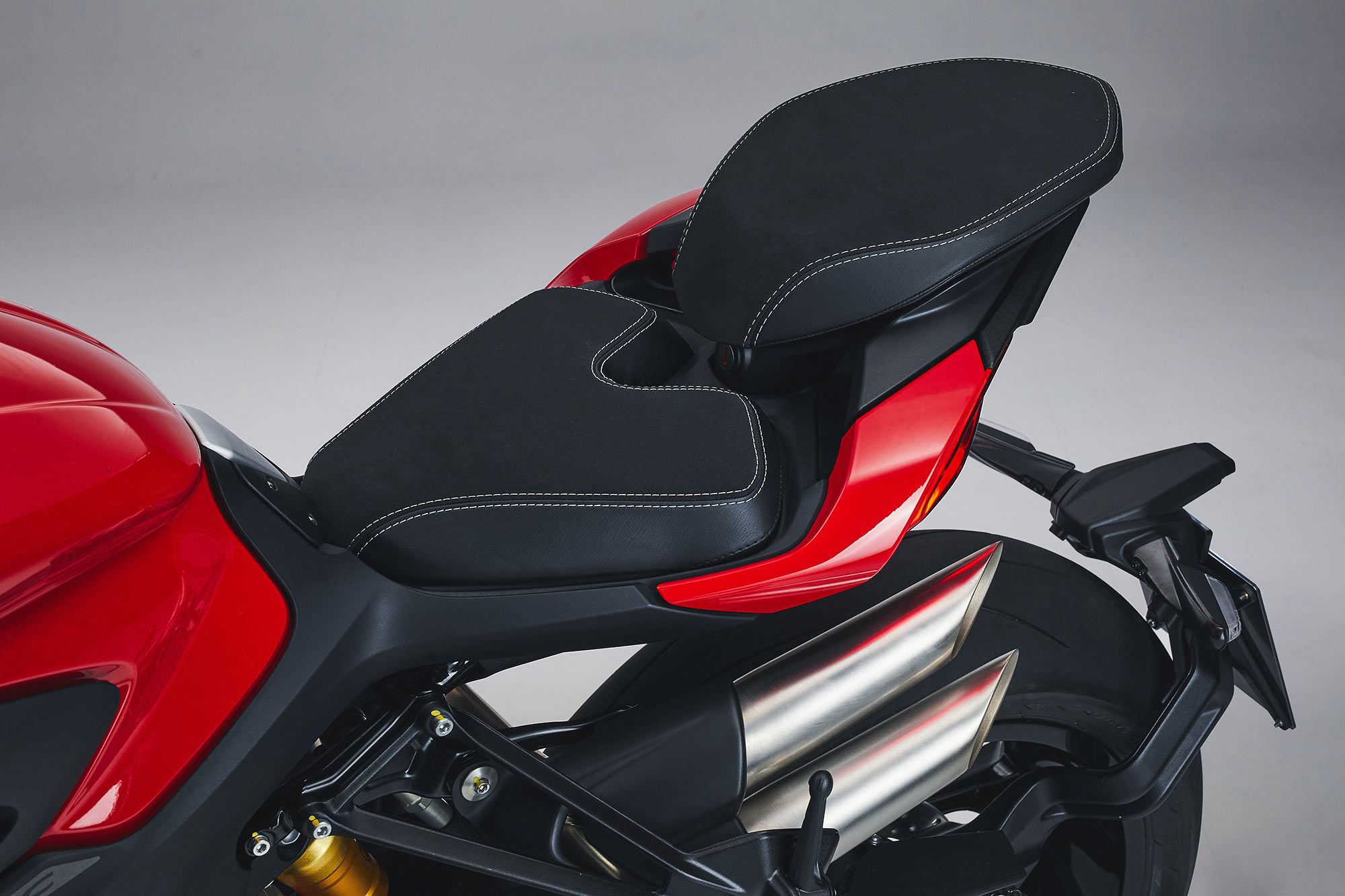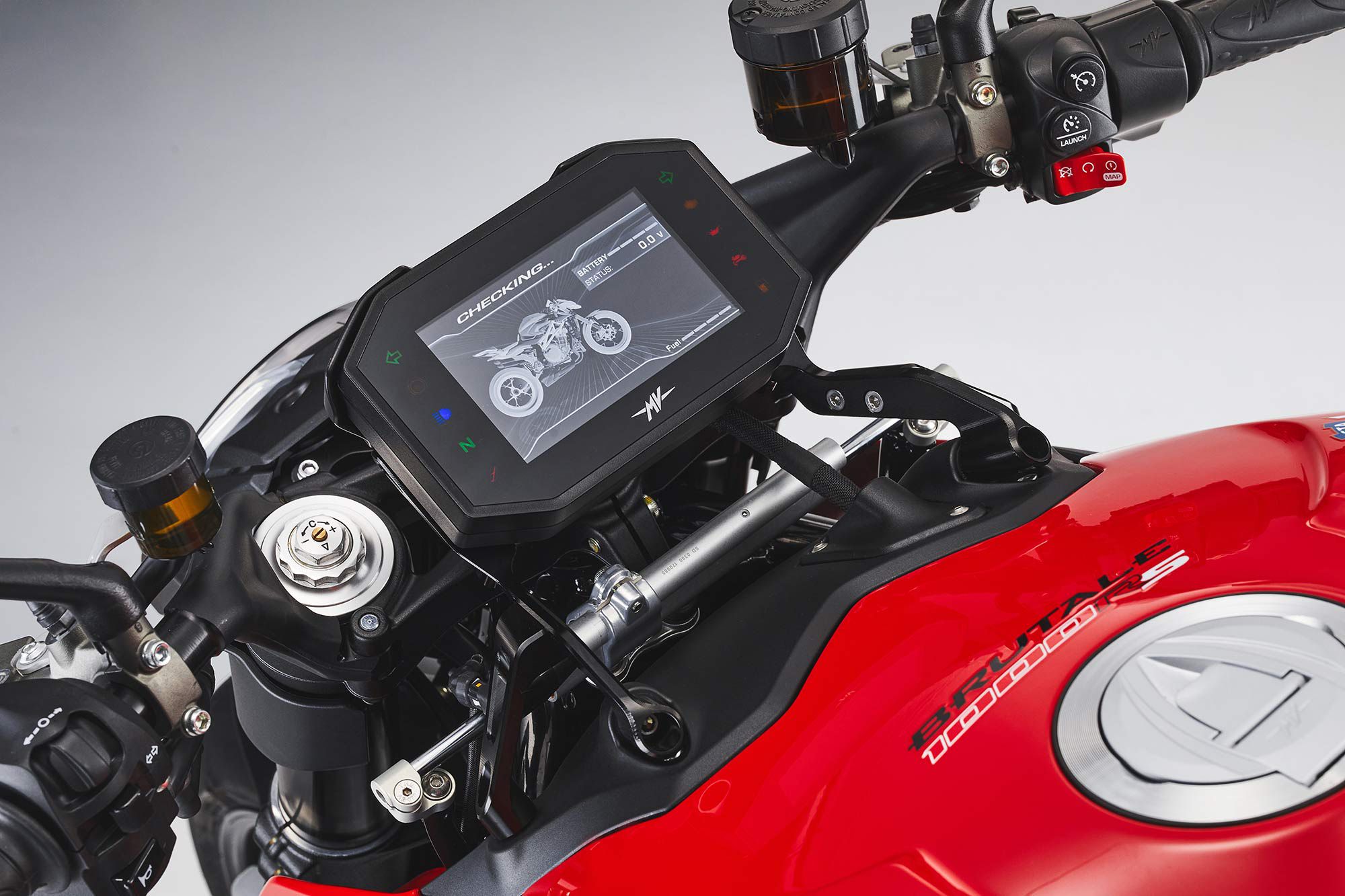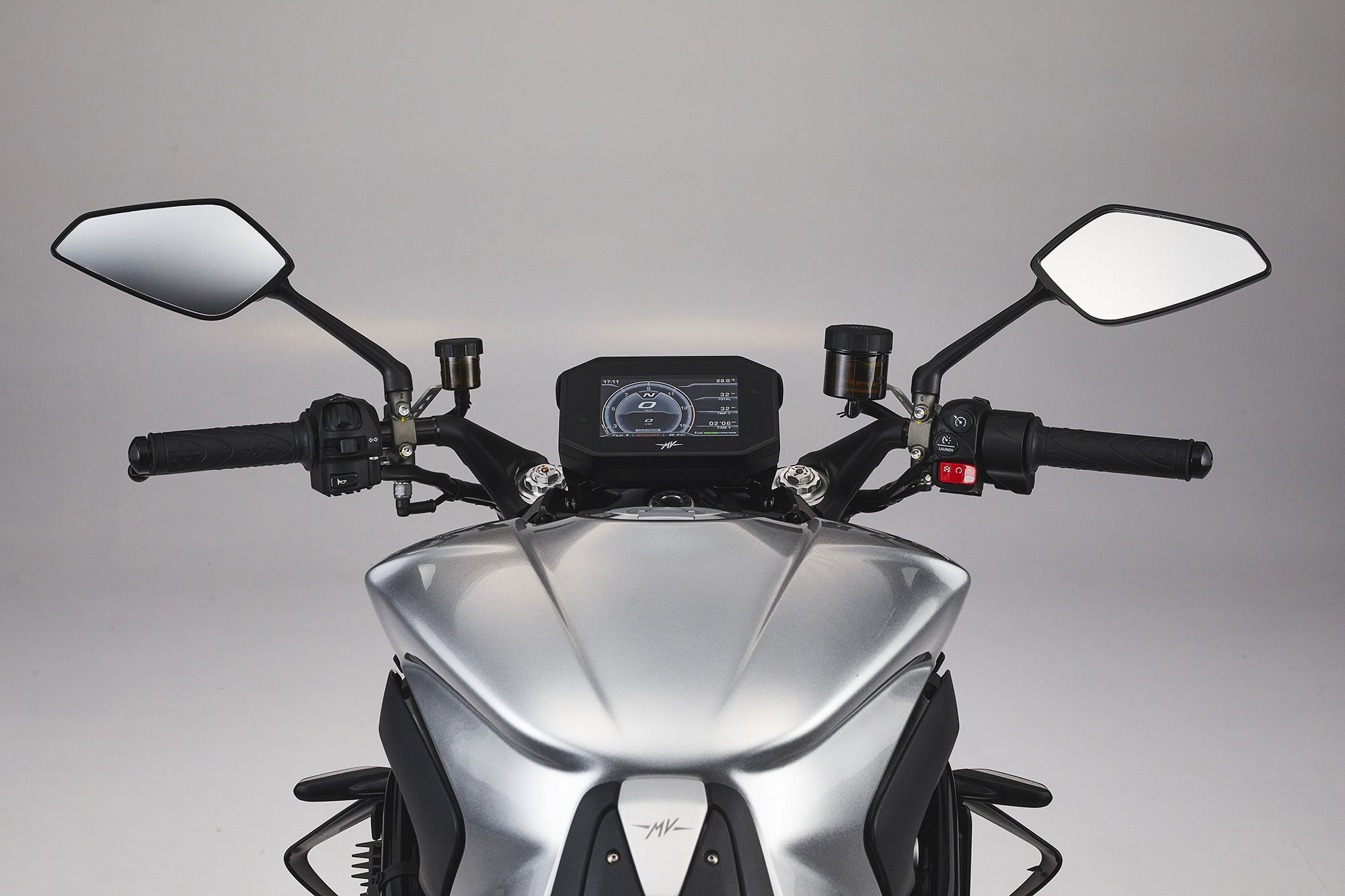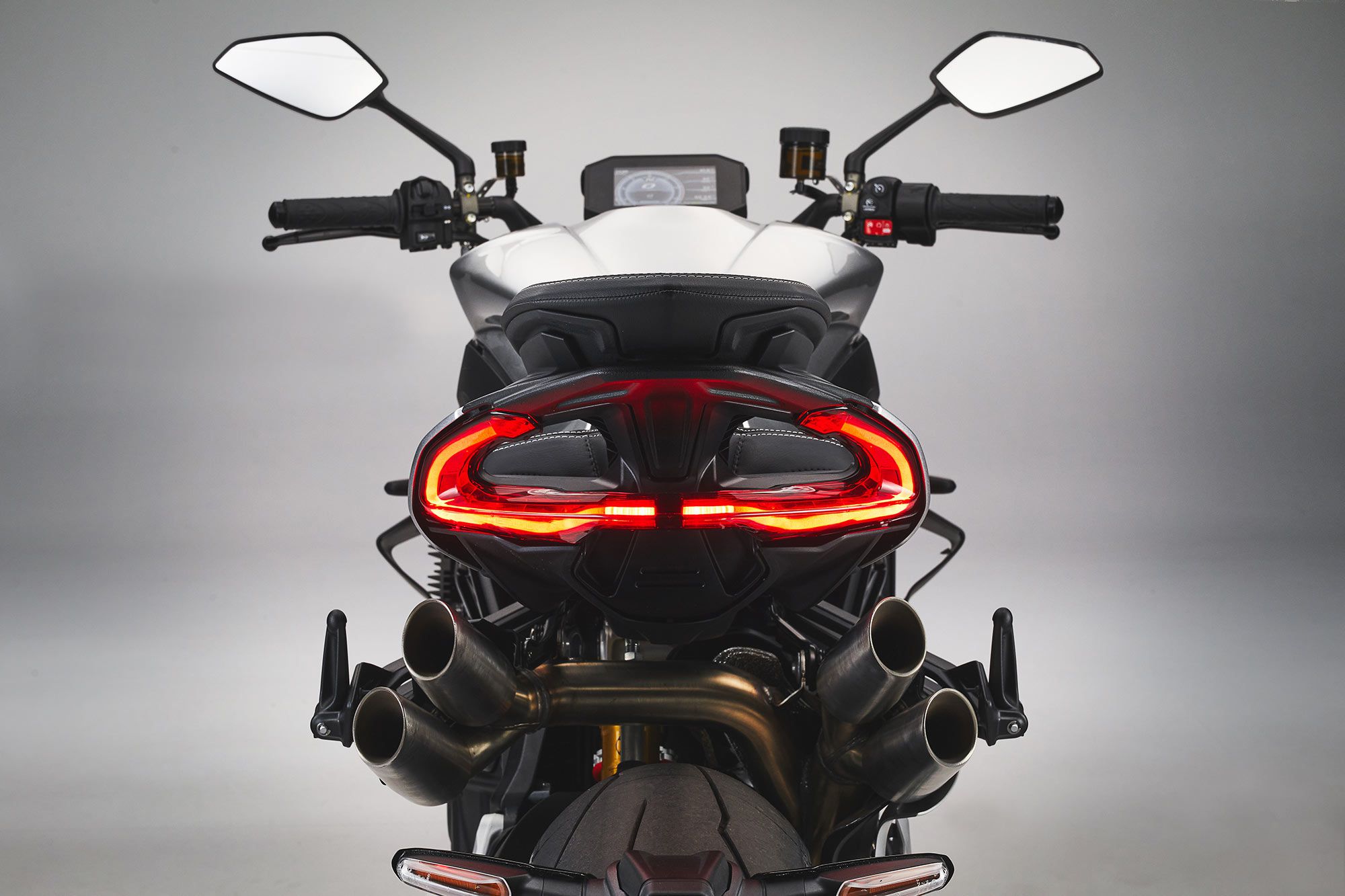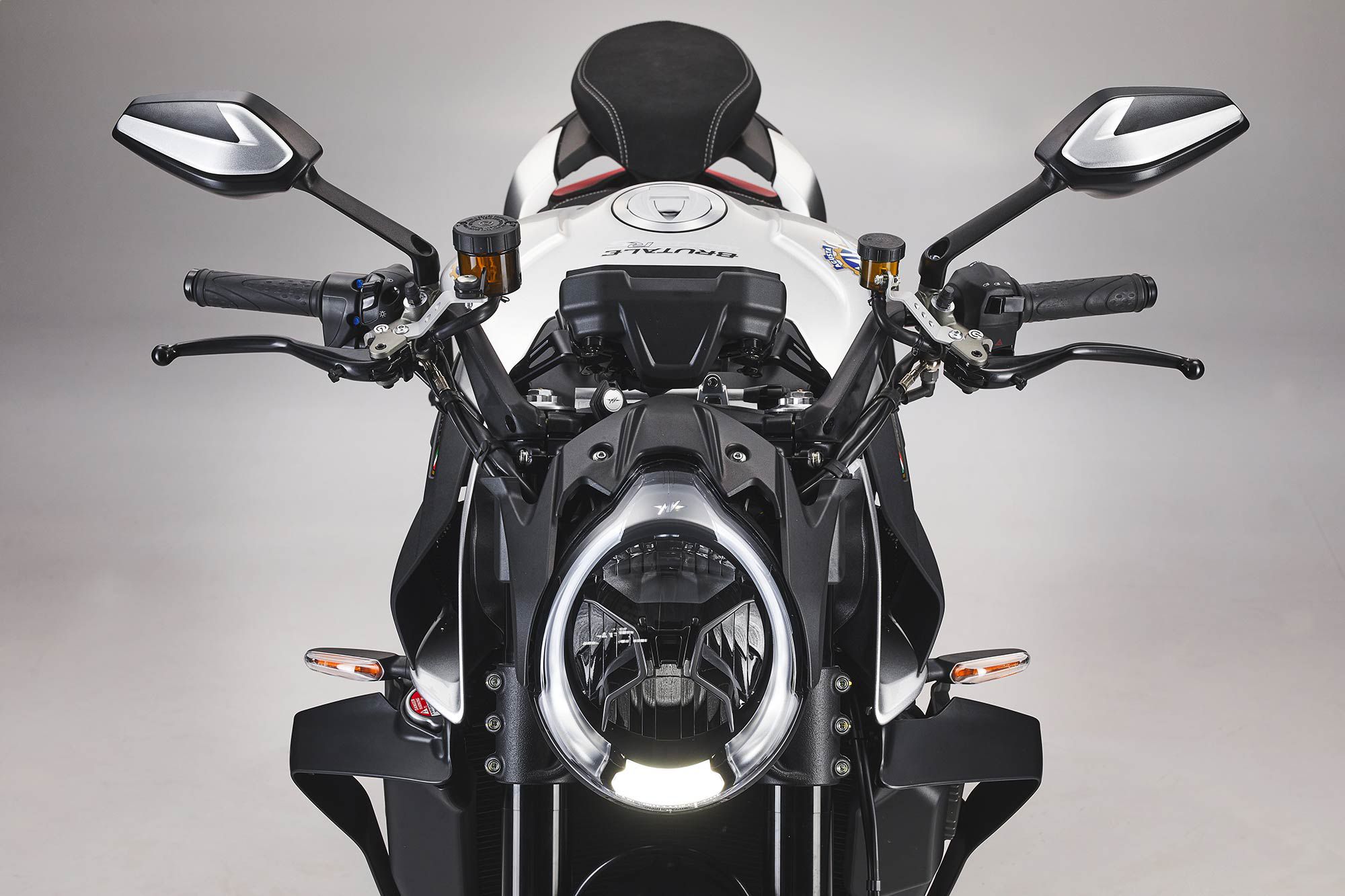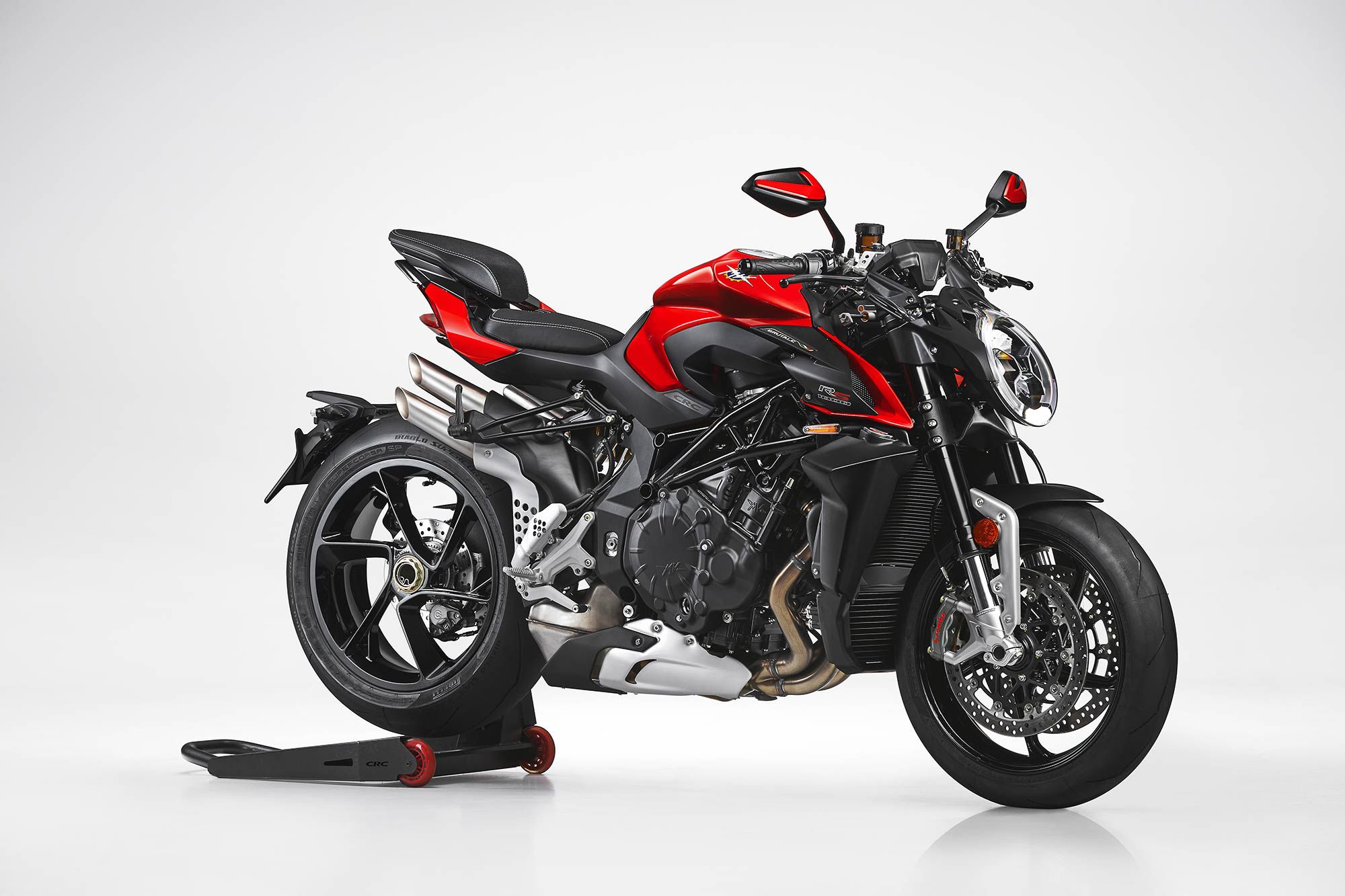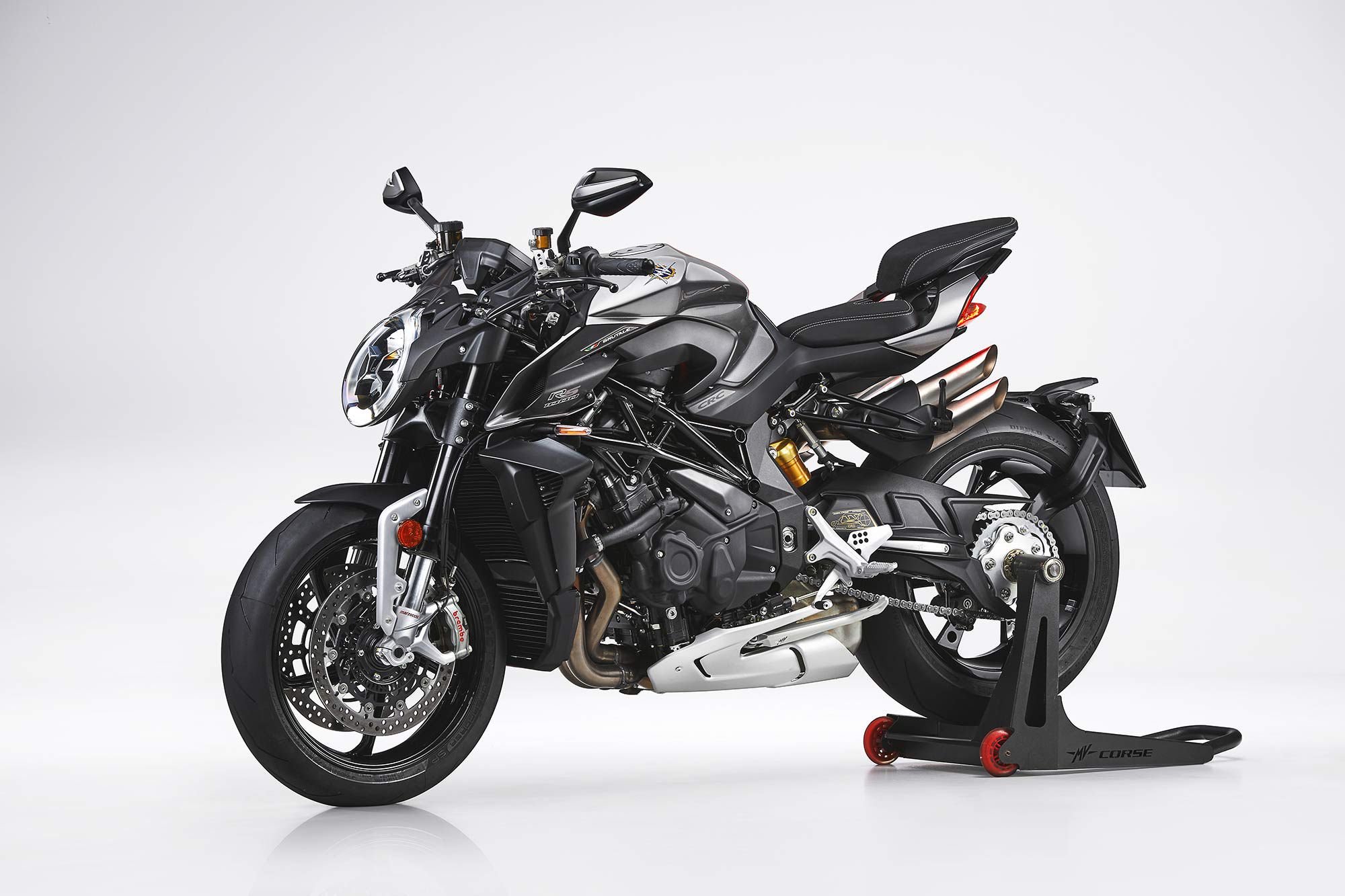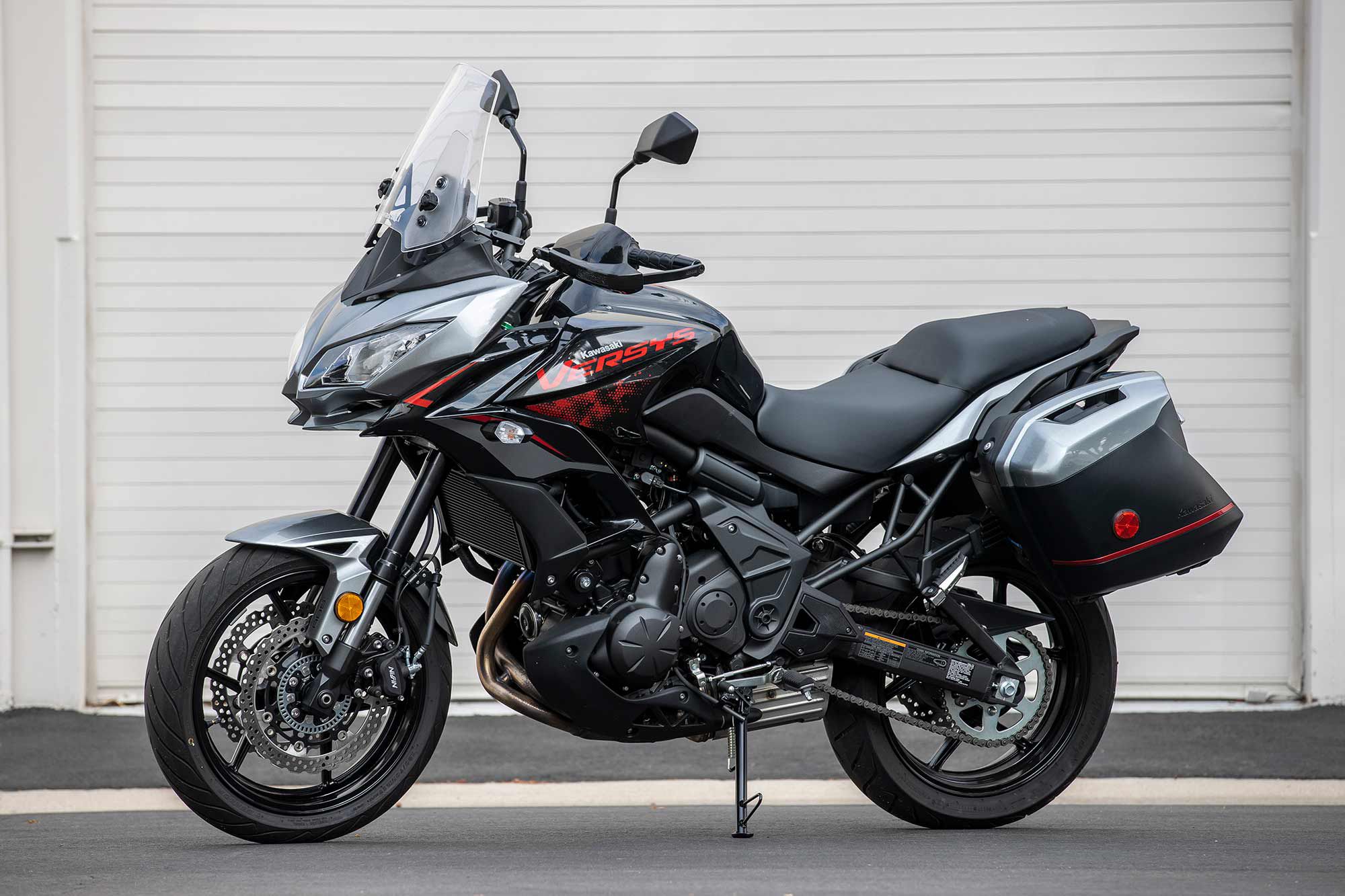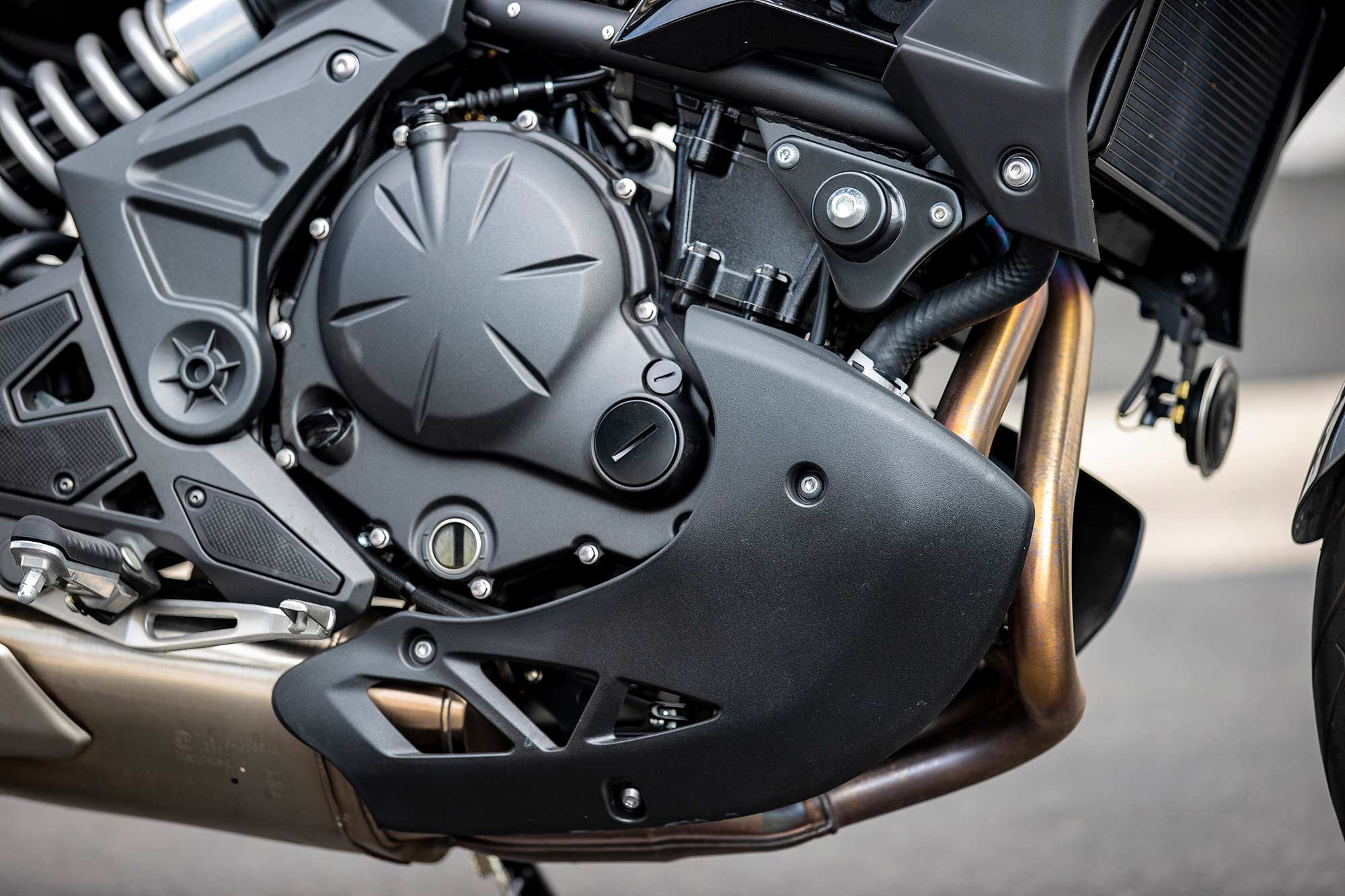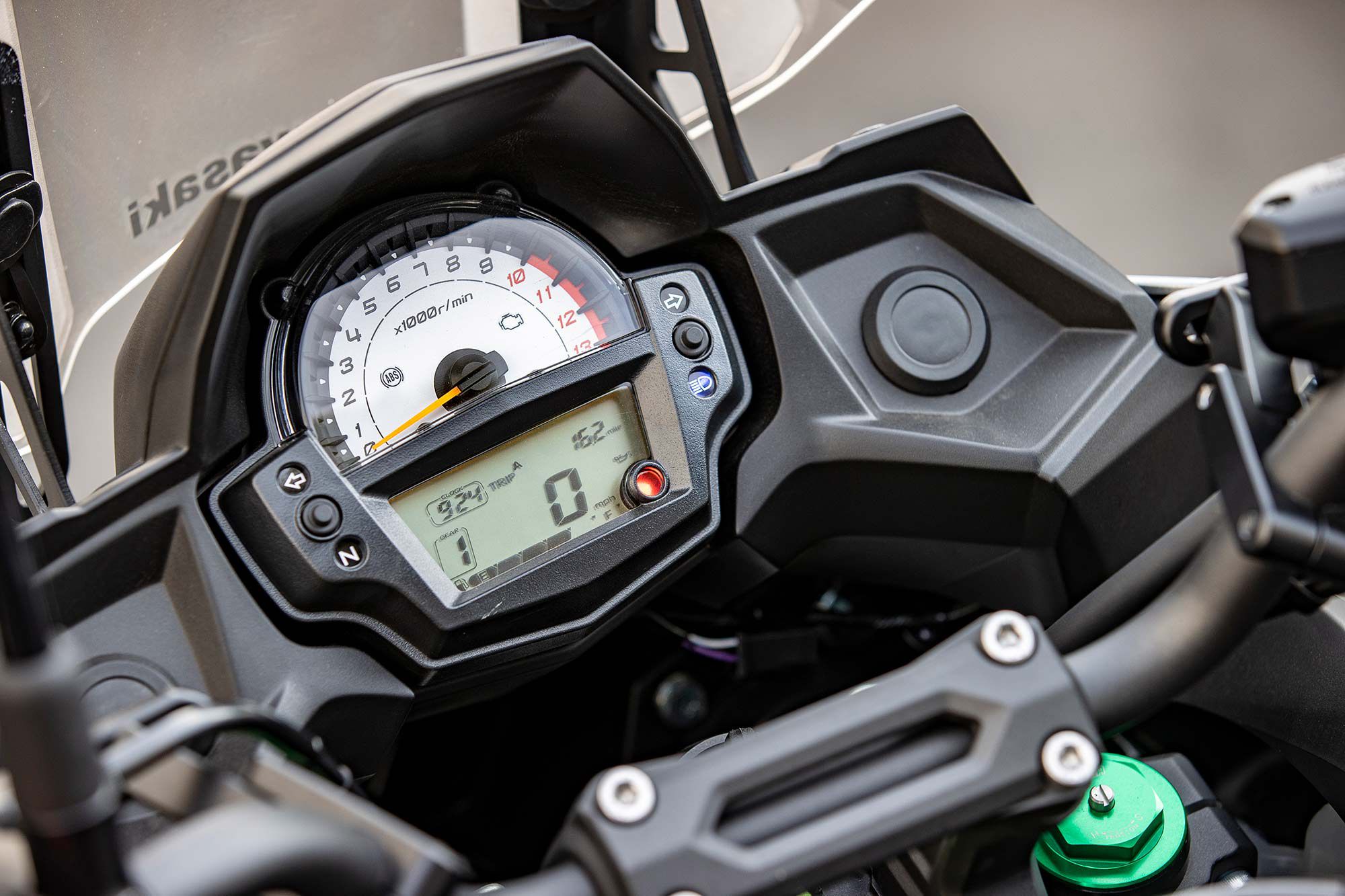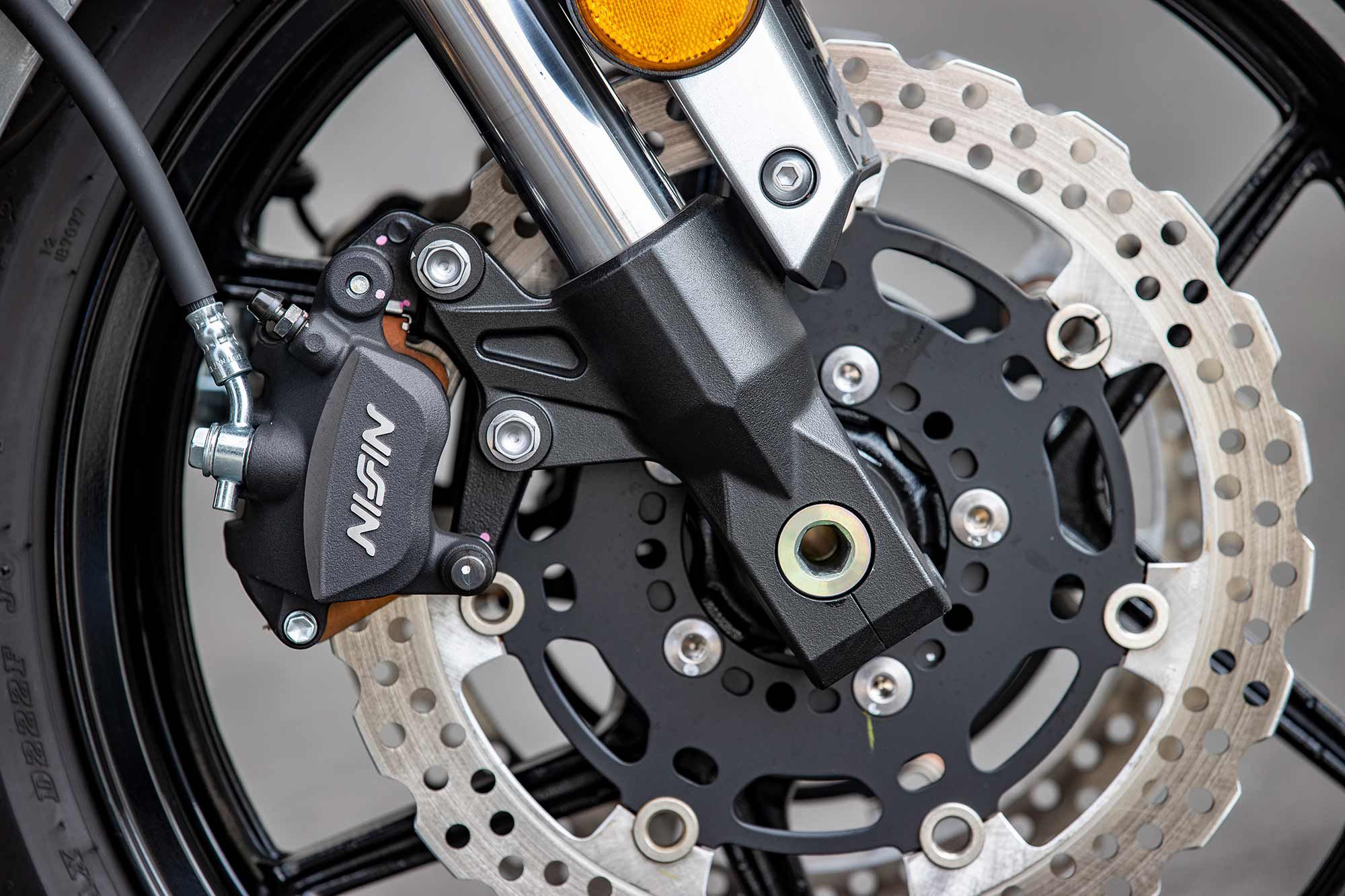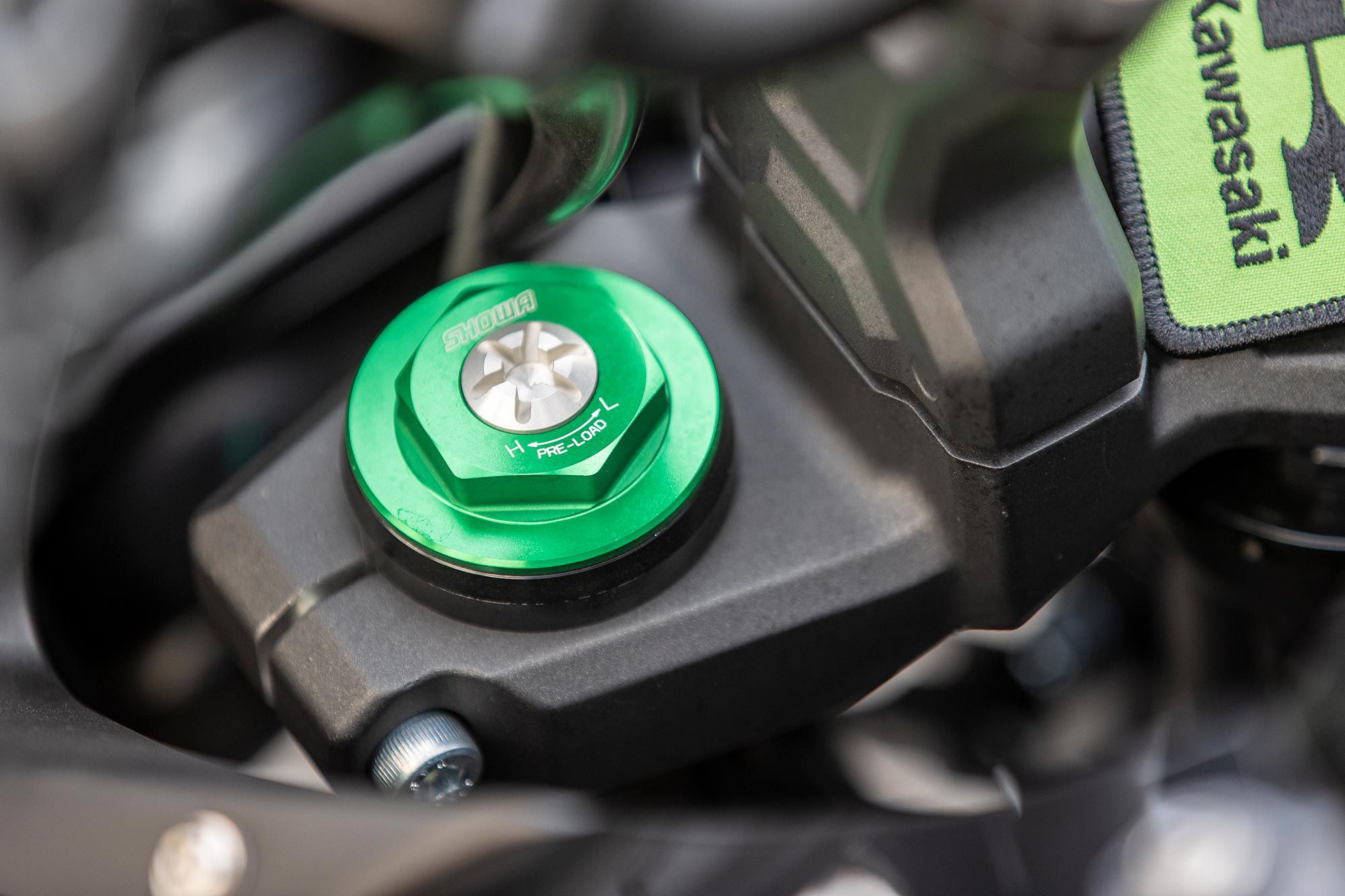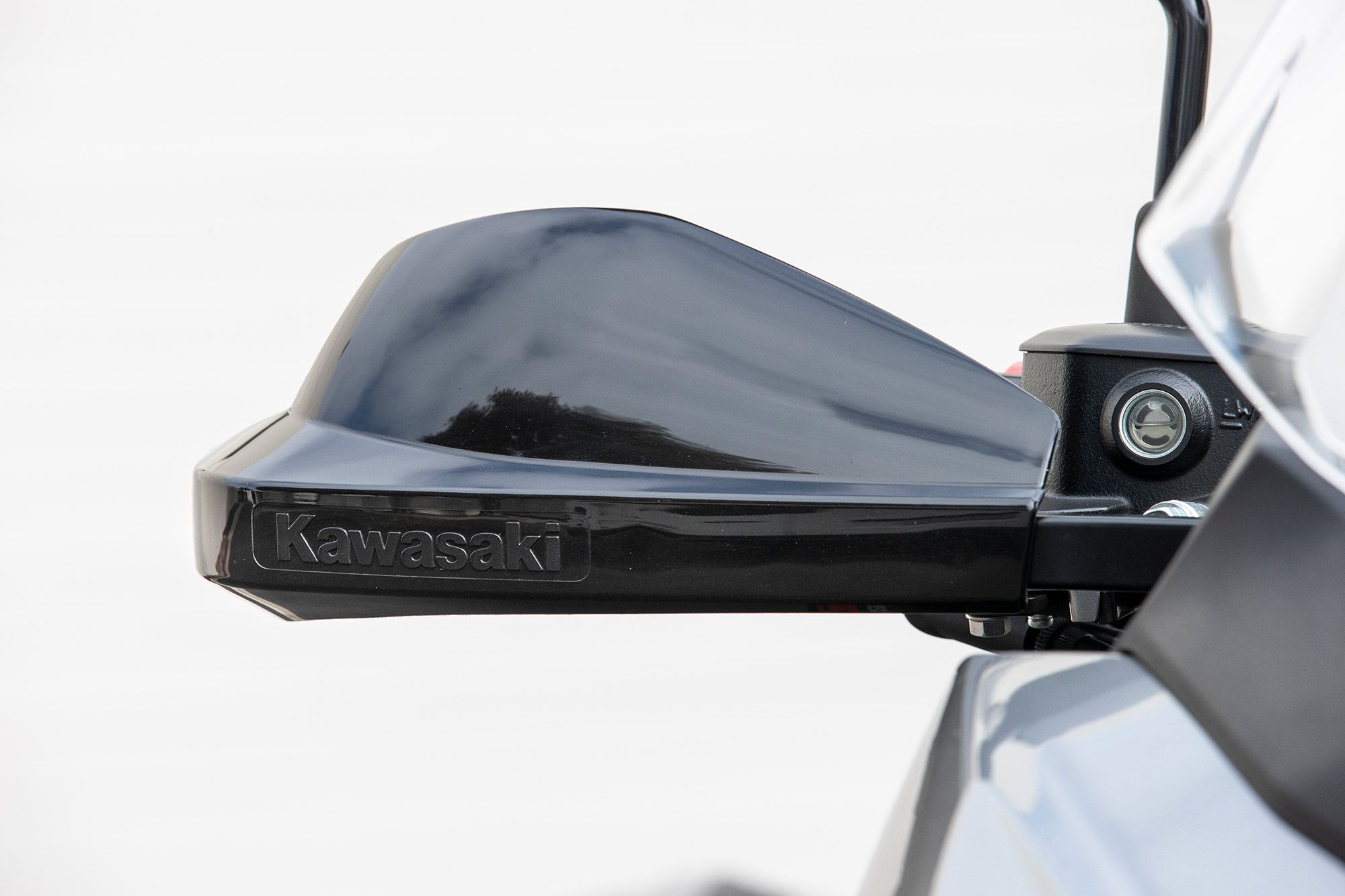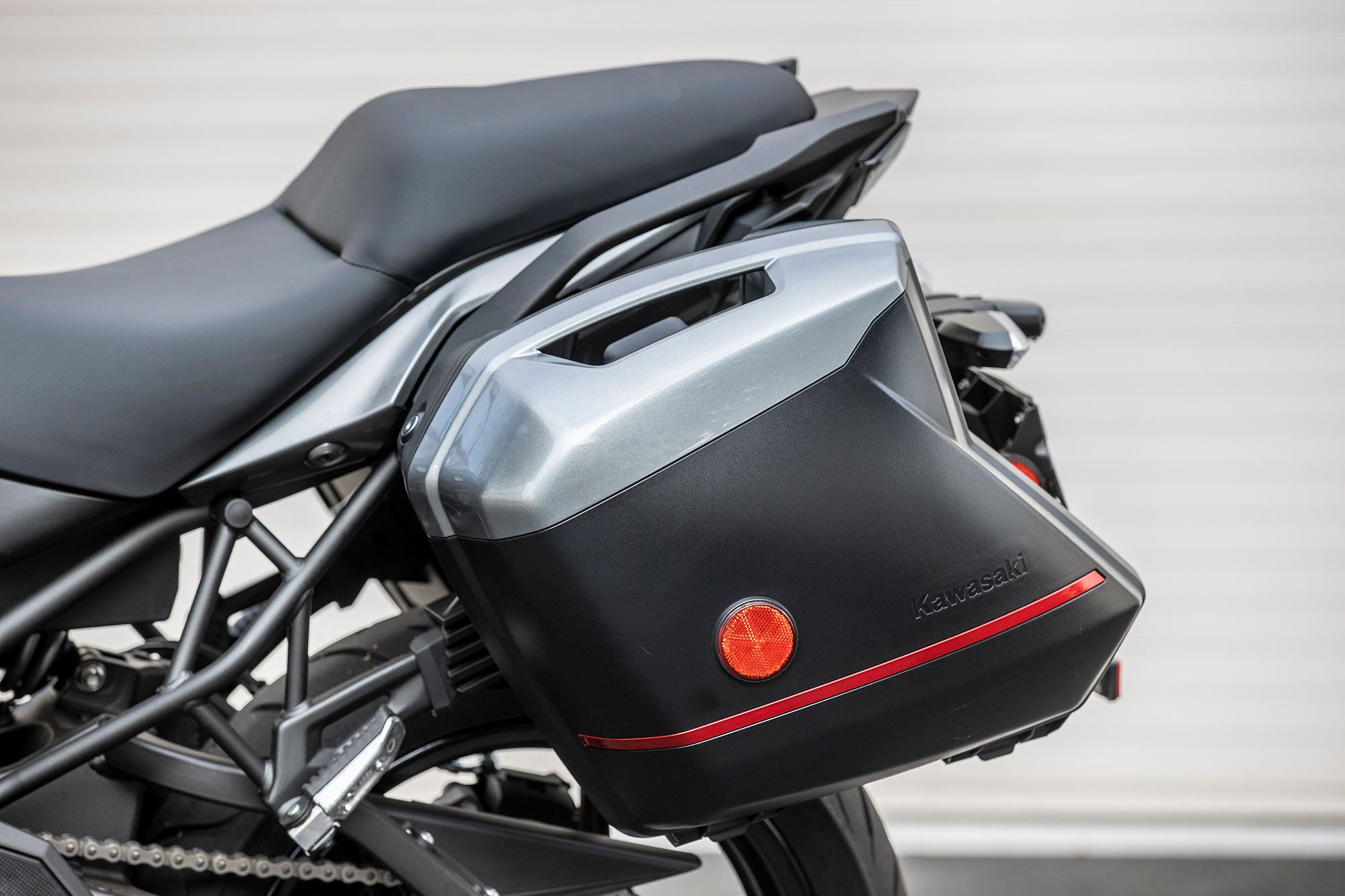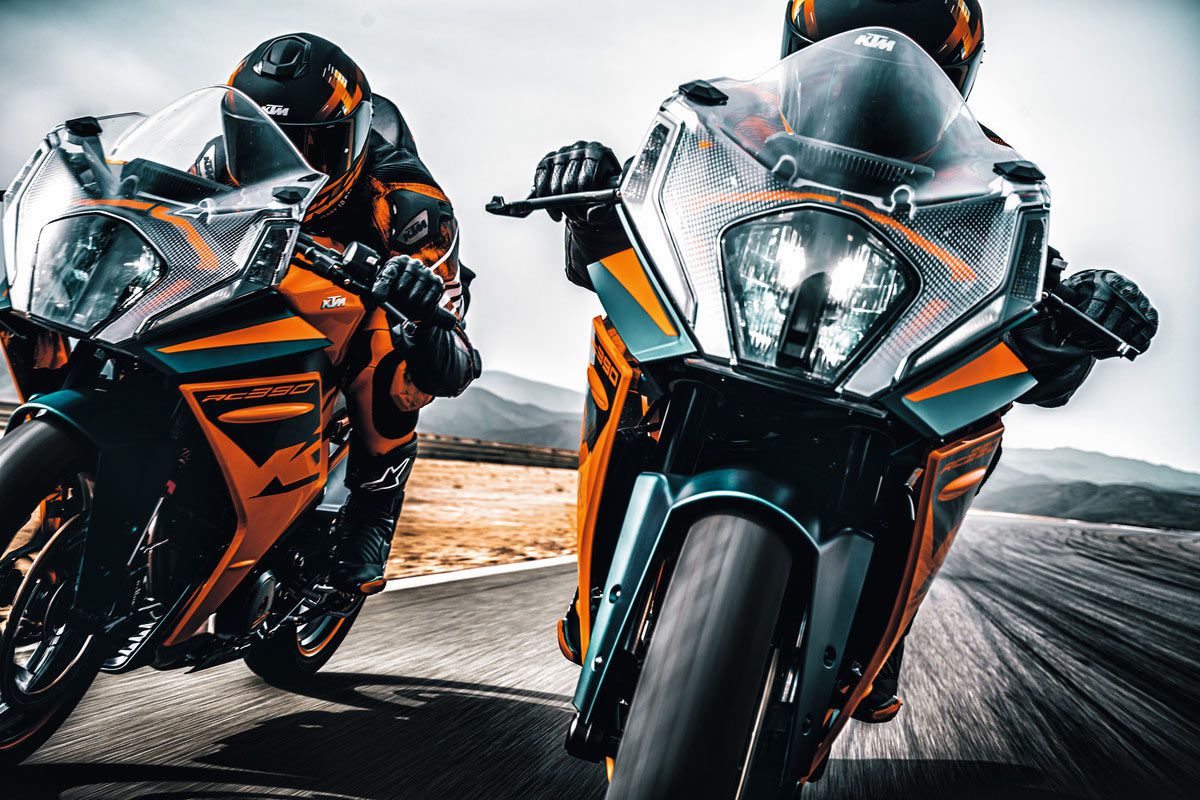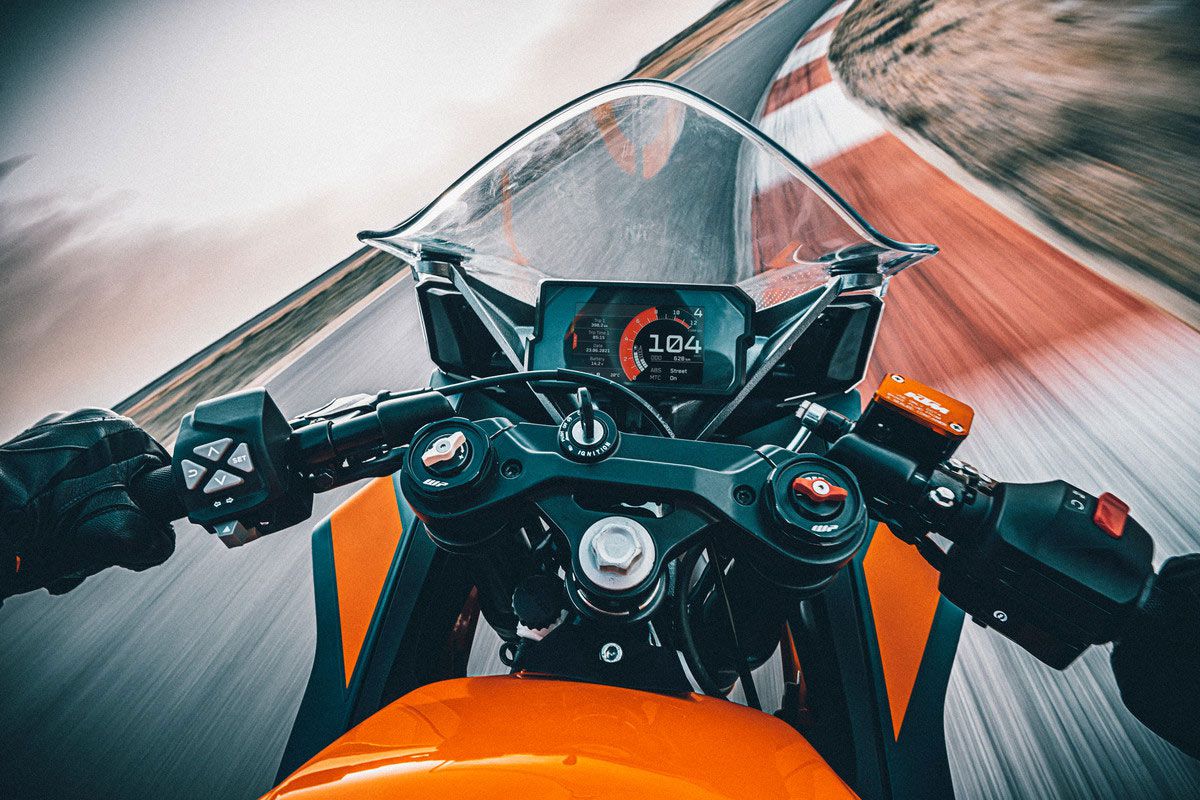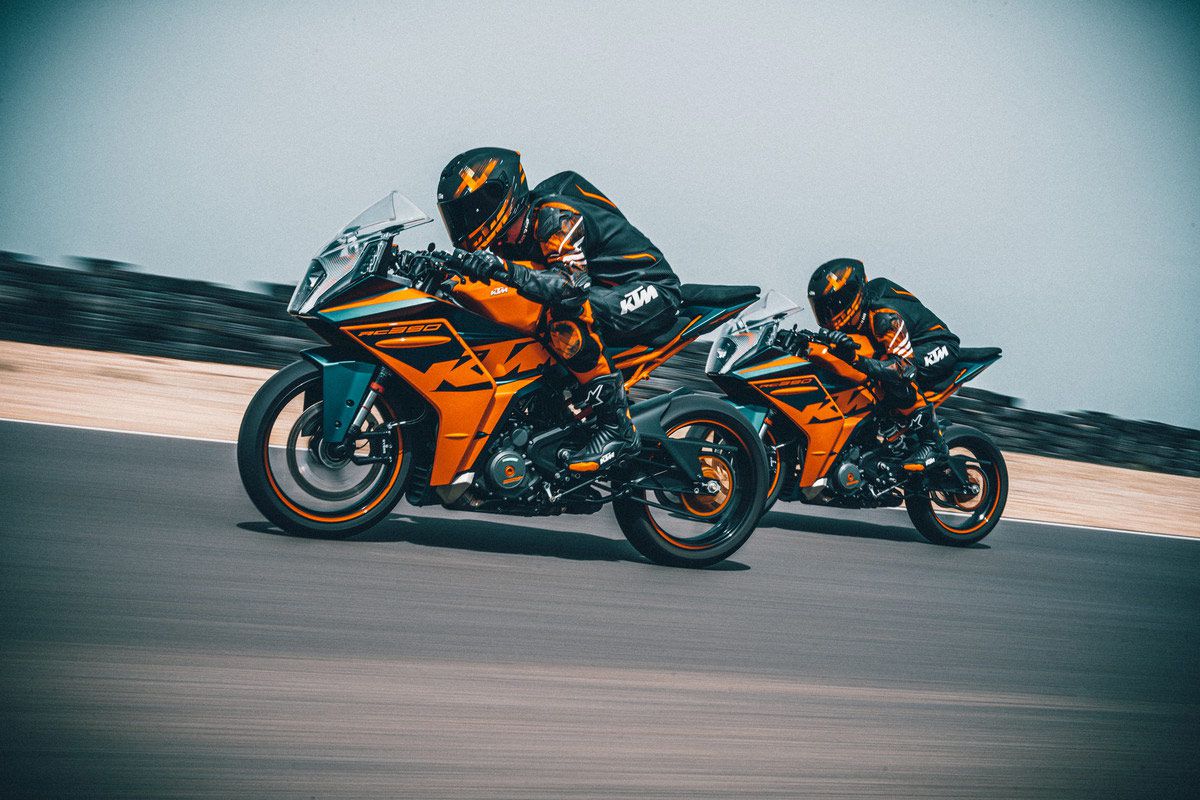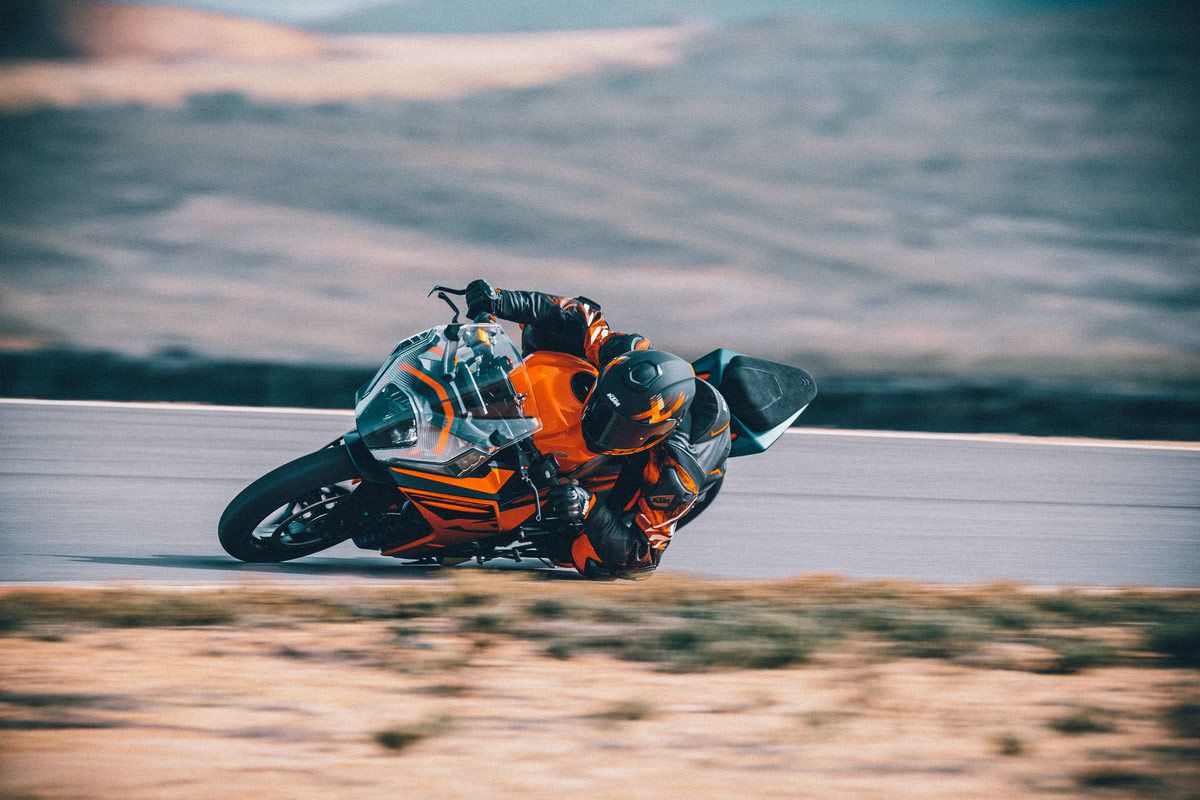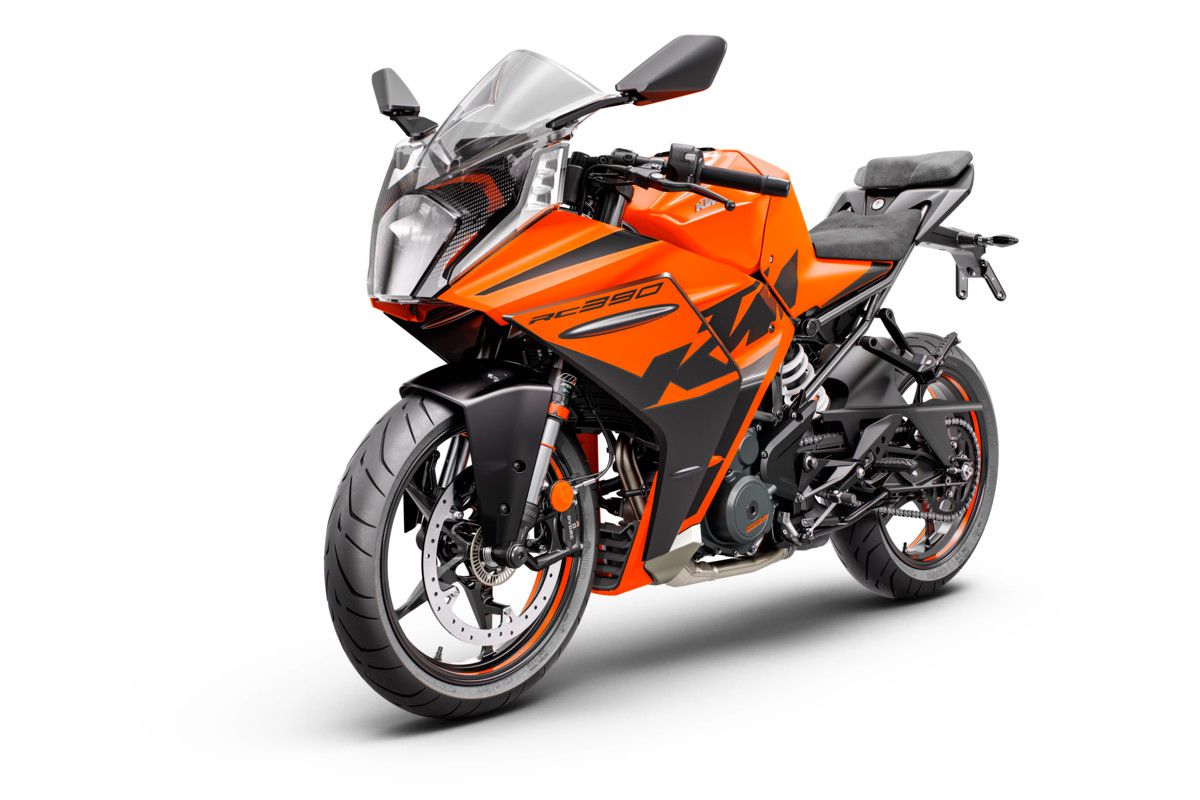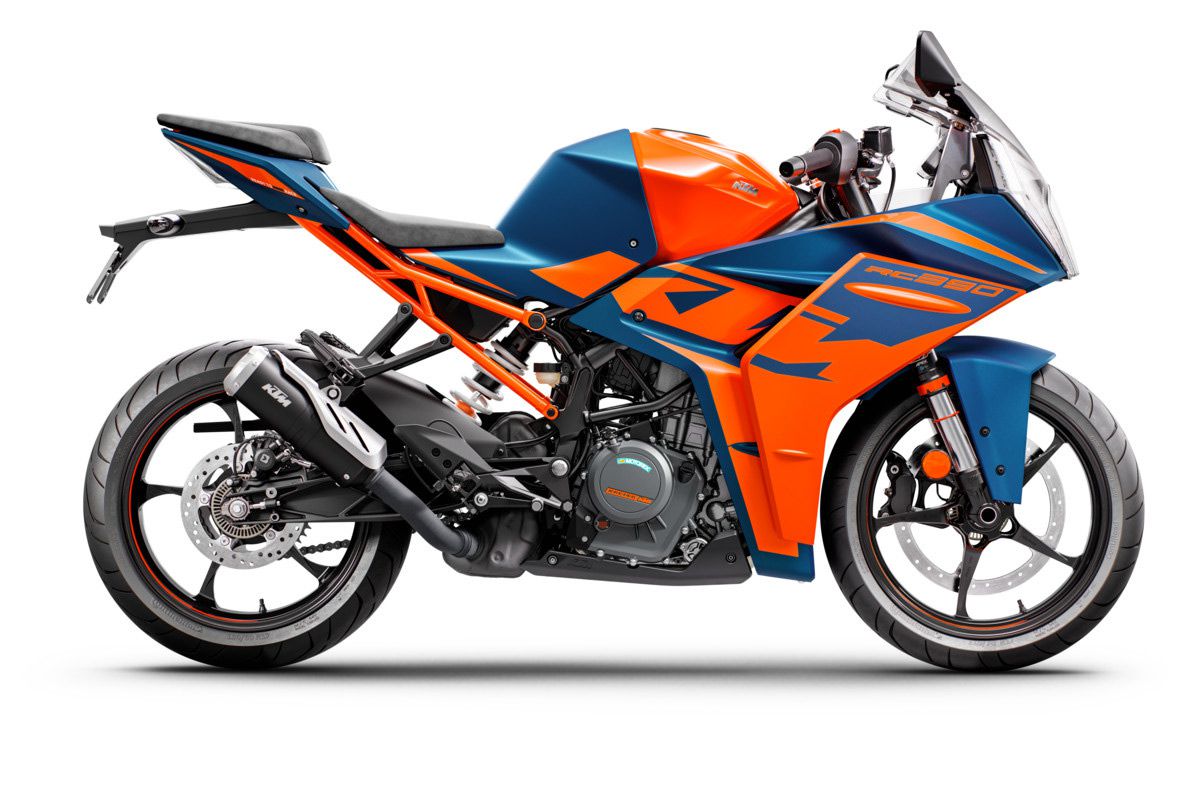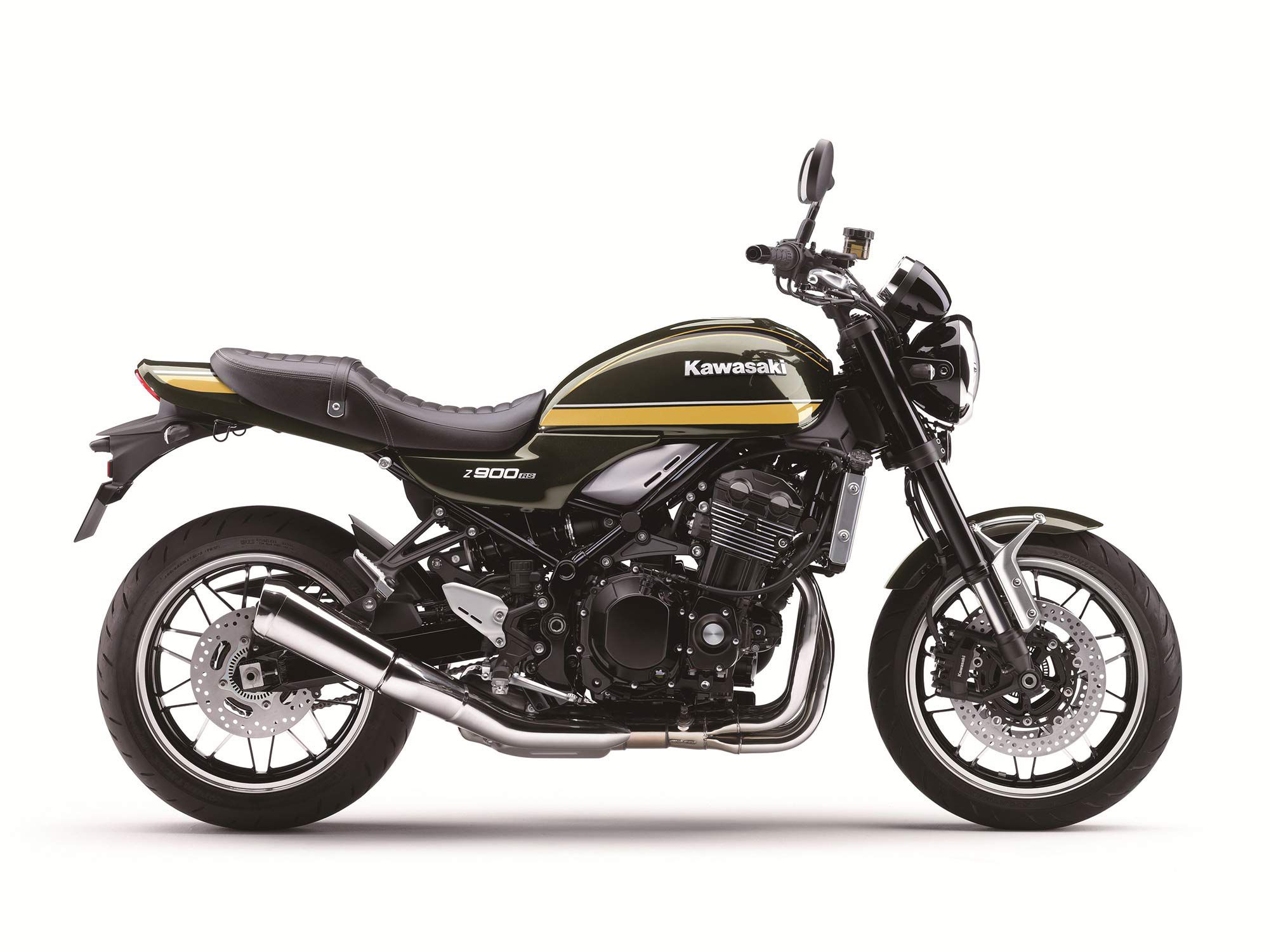
Ups
- Classic replica styling of the original Z1
- Modern chassis, suspension, brakes, wheels
Downs
- Under 100 hp from
- Suspension a bit soft
Verdict
Retro classic fever caught on big with the motorcycle industry in the latter half of the past decade, but no one has done it better than Kawasaki with its Z900RS and Z900 RSCafé models.
It’s the best combination of old-school design and modern tech, with good, usable, everyday performance coupled with great styling that closely replicates the original ‘70s Z1. And it’s even the least expensive bike in its class… What’s not to like?
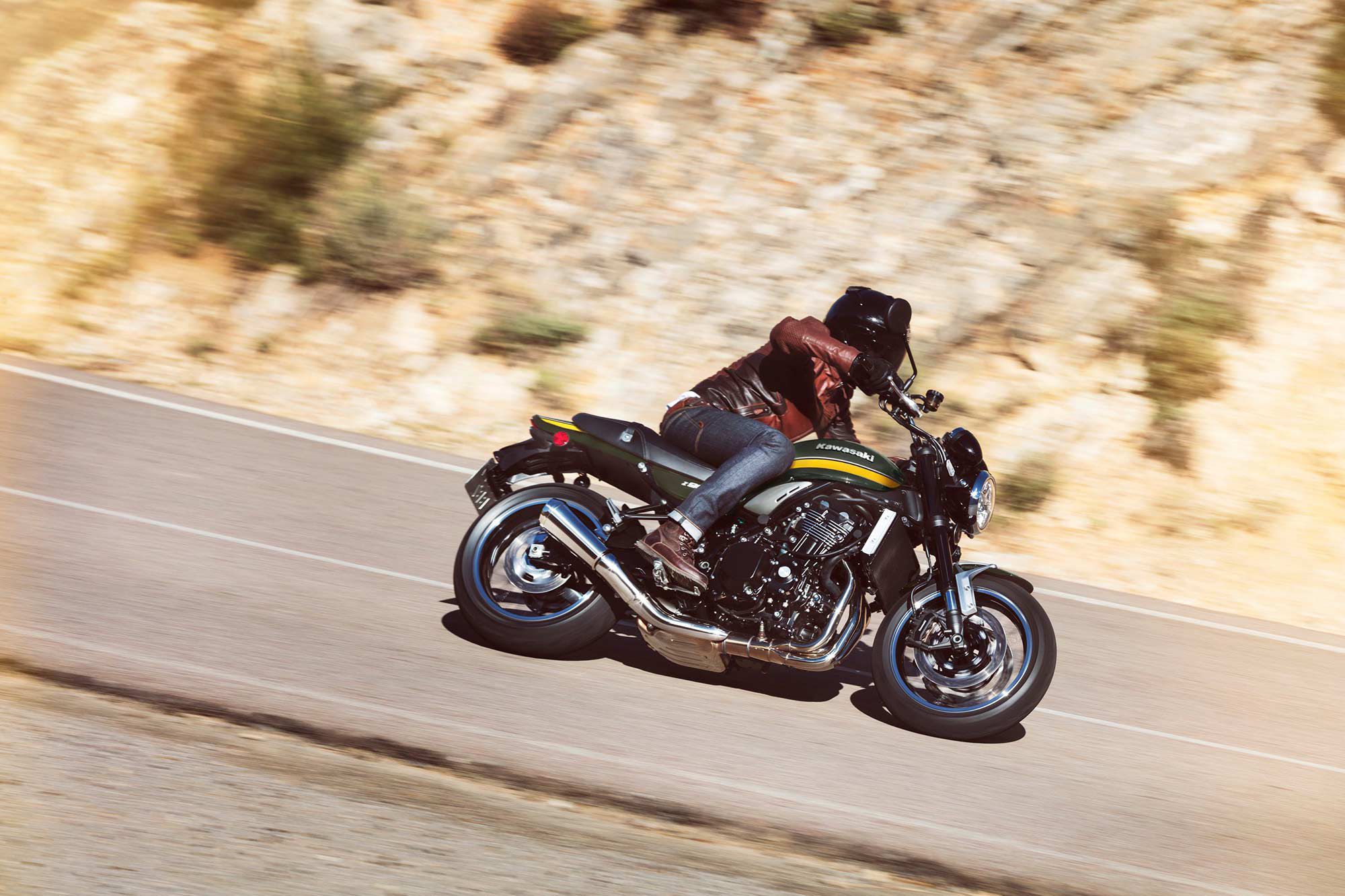
Overview
The Kawasaki Z900RS and Café have been one of the best retro classic motorcycles in the market since debuting in 2018, and the 2021 models continue that tradition. Based upon the Z900, the Z900RS recalls the styling cues of the original ‘70s Z1, while the Z900RS Café harkens back to the original ‘82–’83 KZ1000 Eddie Lawson Replica. There were some updates in 2020 that included a TFT dash display with Bluetooth connectivity for the Z900RS (the Café model retains the round analog tach and speedometer in keeping with the old-school styling), along with variations on Kawasaki’s classic lime green paint schemes.
Updates for 2021
There are no updates for 2021 for either the Z900RS or the Z900RS Café. Available colorways are Candytone Green for the Z900RS, and Pearl Storm Gray for the Café model.
Pricing and Variants
The 2021 Kawasaki Z900RS retails for $11,299. The 2021 Kawasaki Z900RS Café dressed in its half fairing has an MSRP of $11,899.
Competition
This category is chock-full of throwback models, including the Honda CB650R, Triumph Bonneville T100 and T120, Yamaha XSR900, Ducati Scrambler Café Racer, Royal Enfield Continental GT, Suzuki Katana, BMW R nineT Racer, and even Kawasaki’s own W800 Café.
The Kawasaki Z900 RS Café even became Cycle World’s pick in this comparison with the Yamaha XSR900 and Honda CB1000R.
Powertrain: Engine, Transmission, and Performance
Using the same basic liquid-cooled DOHC 948cc inline-four engine from the Z900 but retuned for low-end and midrange power, the Z900RS Café punched out 94.65 hp at 8,590 rpm and 63.51 pound-feet of torque at 6,040 rpm when CW ran the 2020 model on the dyno. Morgan Gales complained about a “twitchy throttle response” on the first version of the Z900RS that he rode in 2018, but Kawasaki apparently has tuned that issue out of the later versions. There’s plenty of good acceleration for any situation in the city and highway, but if you’re looking to really play hard in the canyons, the flaccid top-end power will disappoint.
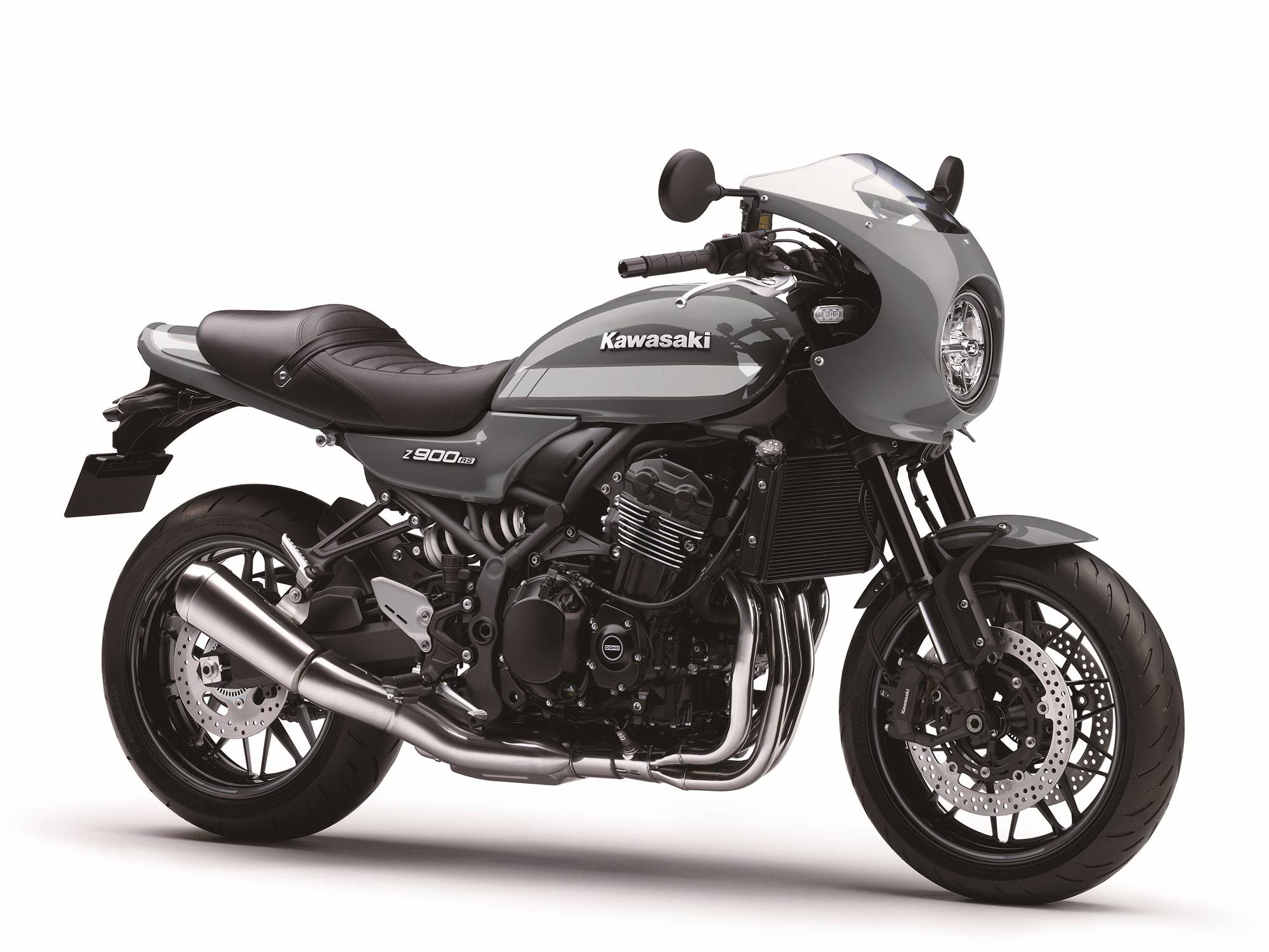
Handling
The Z900RS comes with older-generation Dunlop GPR-300 tires that provide quick and responsive handling with adequate grip, and the somewhat soft suspension rates (the front fork is fully adjustable for spring preload, rebound, and compression damping, while the rear shock is spring preload and rebound-damping adjustable) absorb most of the pavement imperfections you’ll encounter while keeping the chassis balanced and planted
Brakes
Radial-mount four-piston Monoblock calipers biting on 300mm petal-style discs up front provide excellent stopping power with a communicative feel, according to the Cycle World UJM comparison test including the Kawasaki Z900RS Café. ABS comes standard on both models.
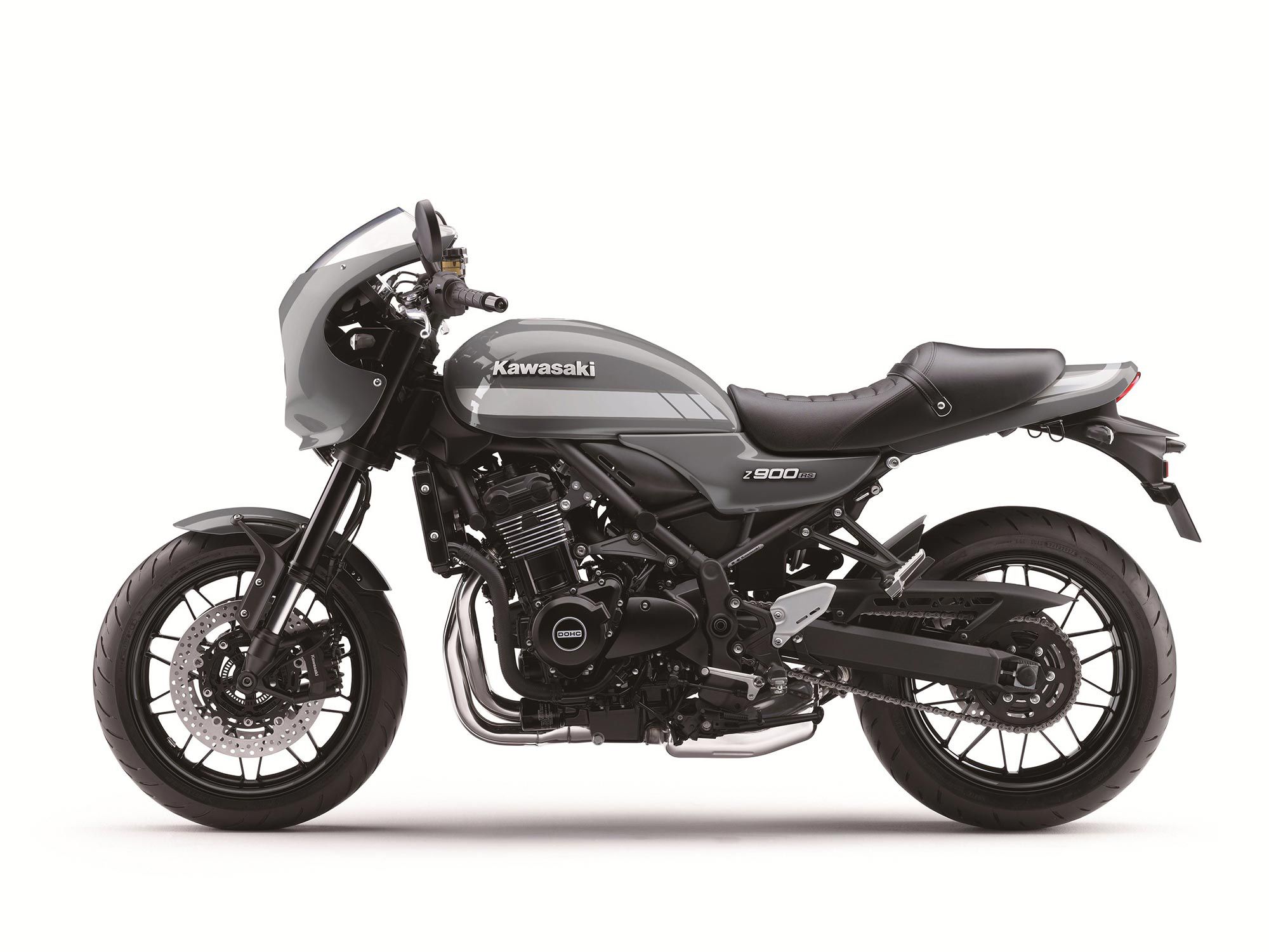
Fuel Economy and Real-World MPG
There is no current fuel economy for the Z900RS models.
Ergonomics: Comfort and Utility
Keeping in line with its original Z1 retro styling, both the Z900RS’ and the Café’s ergos are in the normal upright standard vein. A wide, flat seat and rubber-mounted handlebar and footpegs keep everything comfy and vibe-free, and the passenger accommodations are decent as well.
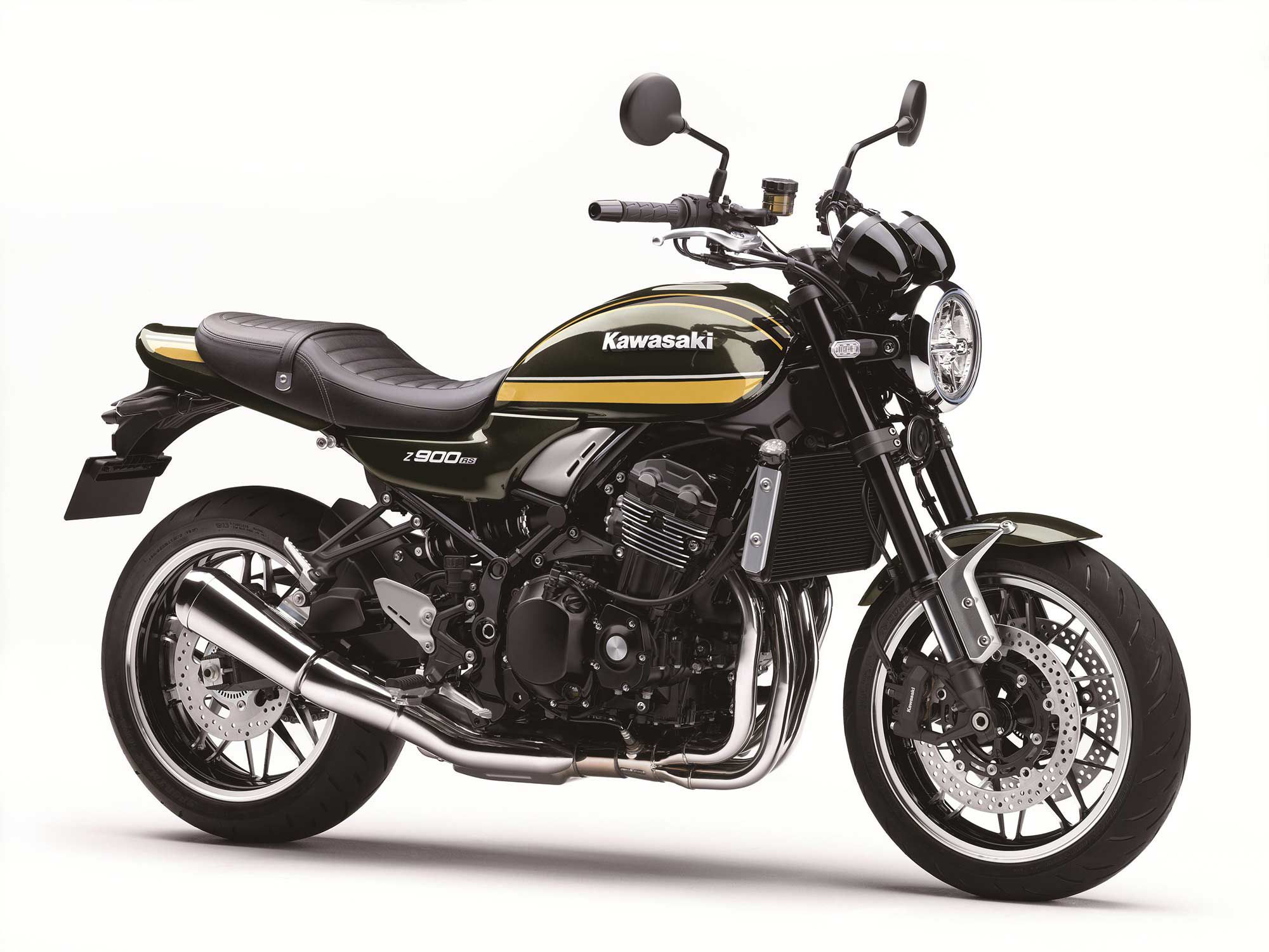
Electronics
Both models come standard with ABS. Kawasaki’s three-step adjustable KTRC traction control is also standard on both machines. The Z900RS has a full color TFT display equipped with Bluetooth connectivity via the Rideology app.
Warranty and Maintenance Coverage
The Z900RS and Kawasaki Z900RS Café comes with Kawasaki’s usual 12-month limited warranty. Extended warranty options available for 12, 24, 36 and 48 months.
Quality
The paint on both models is superb, with a deep, metal flake finish that is a cut above most production bikes. The Café model’s chrome bezels on its round and legible analog tachometer and speedometer are a nice touch, and Z900RS’ full-color TFT dash display is bright and easy to read.
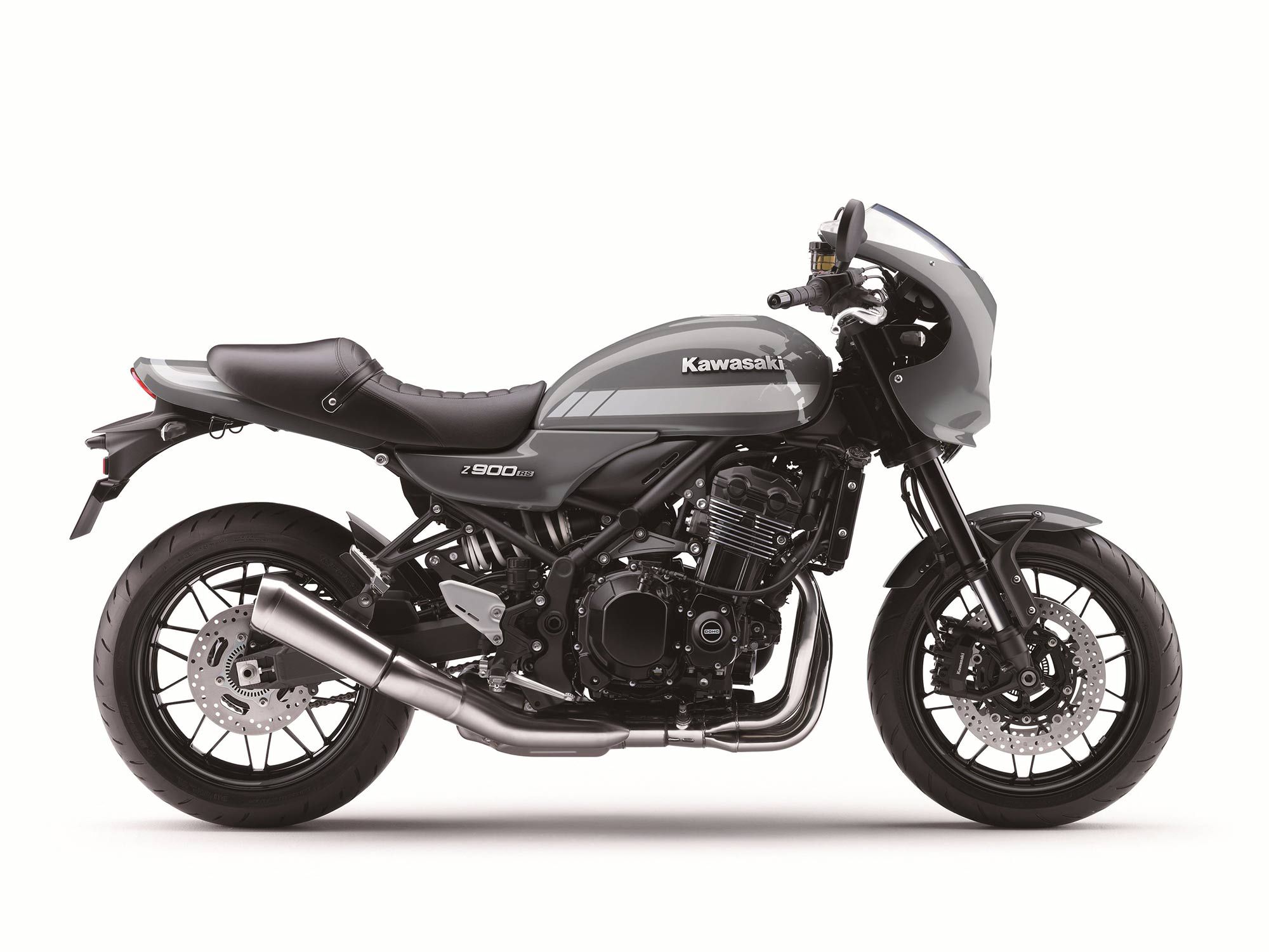
2021 Kawasaki Z900RS/Café Claimed Specifications
| MSRP: | $11,299/$11,899 |
| Engine: | 948cc, DOHC, liquid-cooled inline-four; 16 valves |
| Bore x Stroke: | 73.4 x 56.0mm |
| Transmission/Final Drive: | 6-speed/chain |
| Fuel Delivery: | Electronic fuel injection w/ 36mm throttle body |
| Clutch: | Wet, multiple disc; cable operation |
| Engine Management/Ignition: | TCBI w/ electronic advance |
| Frame: | Steel trellis chassis |
| Front Suspension: | 41mm KYB inverted fork, fully adjustable; 4.7 in. travel |
| Rear Suspension: | KYB shock, spring preload, rebound damping adjustable; 5.5 in. travel |
| Front Brake: | Radial-mount Monoblock 4-piston caliper, dual 300mm petal-style discs w/ ABS |
| Rear Brake: | 2-piston caliper, single 250mm disc w/ ABS |
| Wheels, Front/Rear: | Cast aluminum; 17 x 3.50 in. / 17 x 5.50 in. |
| Tires, Front/Rear: | 120/70ZR-17 / 180/55ZR-17 |
| Rake/Trail: | 25.0°/3.9 in. |
| Wheelbase: | 57.9 in. |
| Ground Clearance: | 5.1 in. |
| Seat Height: | 32.9 in./32.3 in. |
| Fuel Capacity: | 4.5 gal. |
| Wet Weight: | 474 lb./476 lb. |
| Contact: | kawasaki.com |
Cycle World Kawasaki Z900RS Café Tested Specifications
| Seat Height: | 32.4 in. |
| Wet Weight: | 479 lb. |
| Rear-Wheel Horsepower: | 94.65 hp @ 8,590 rpm |
| Rear-Wheel Torque: | 63.51 lb.-ft. @ 6,040 rpm |
| 0–60 mph: | 3.50 sec. |
| 1/4-mile: | 11.85 sec. @ 116.54 mph |
| Braking 30–0 mph: | 34.55 ft. |
| Braking 60–0 mph: | 132.11 ft. |
Source: MotorCyclistOnline.com

